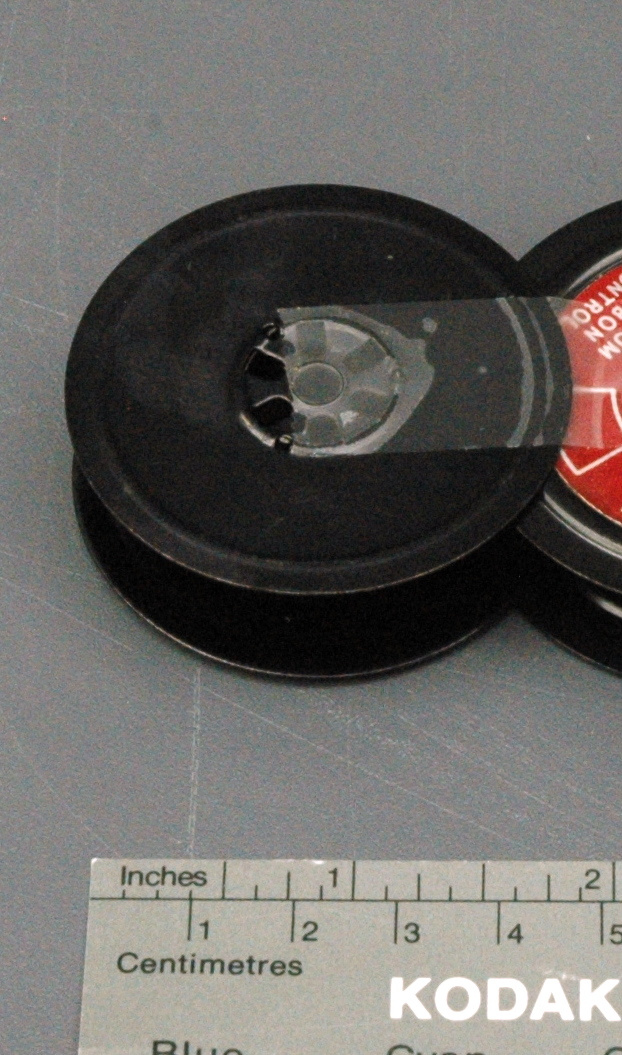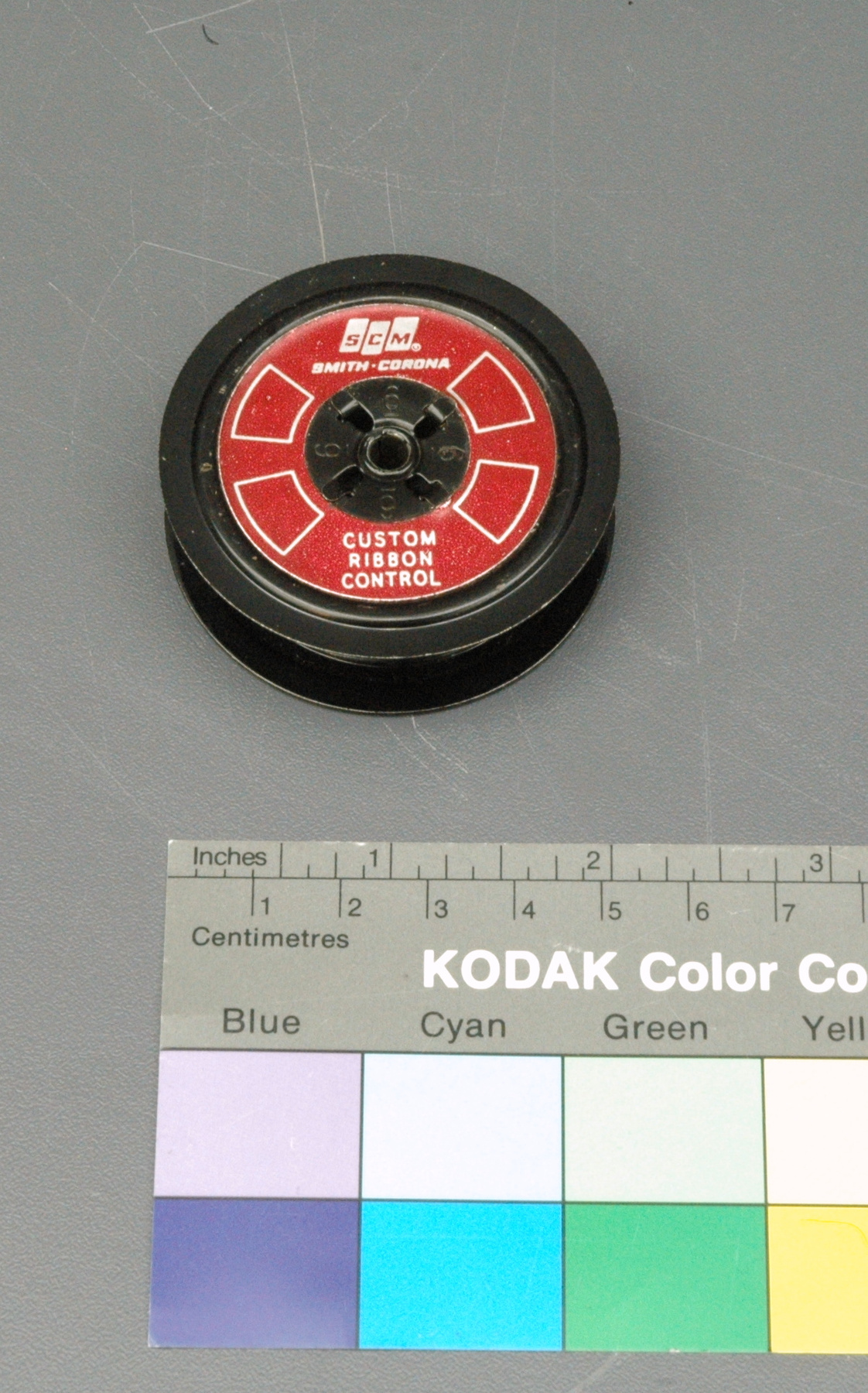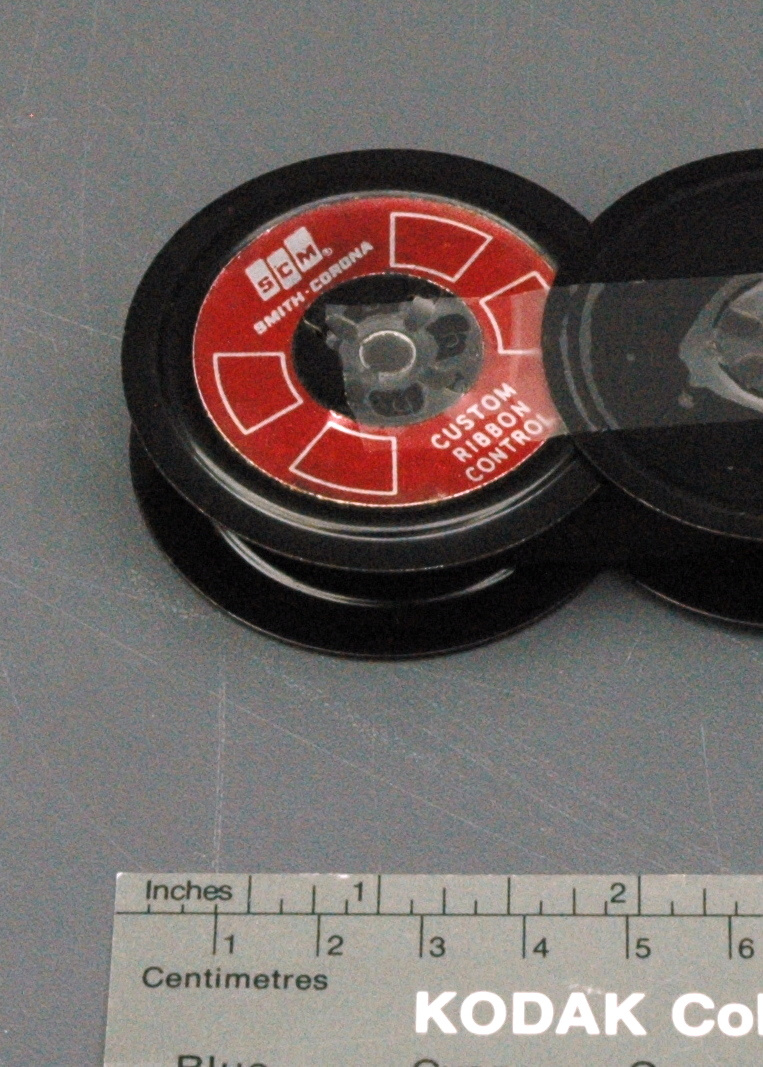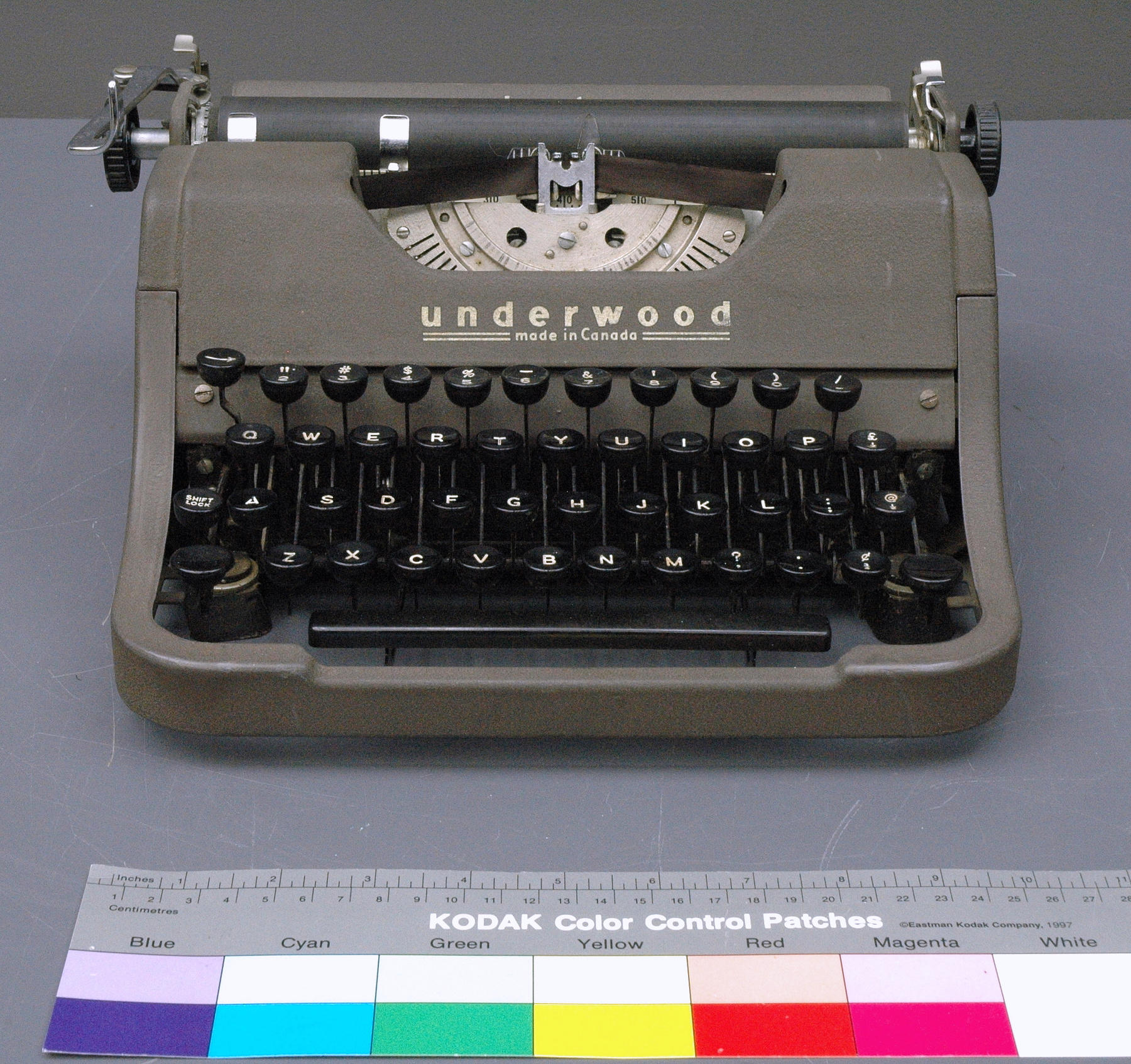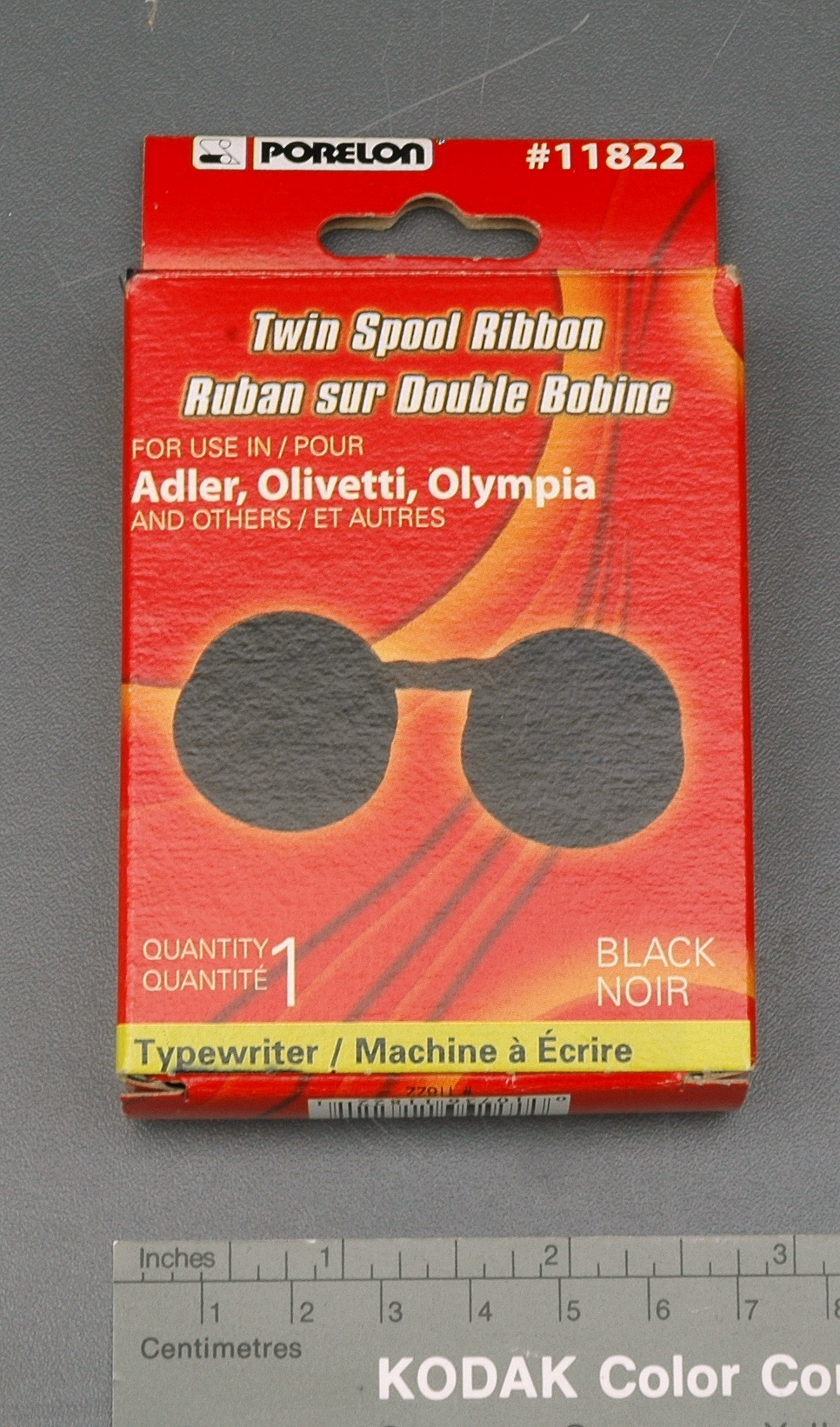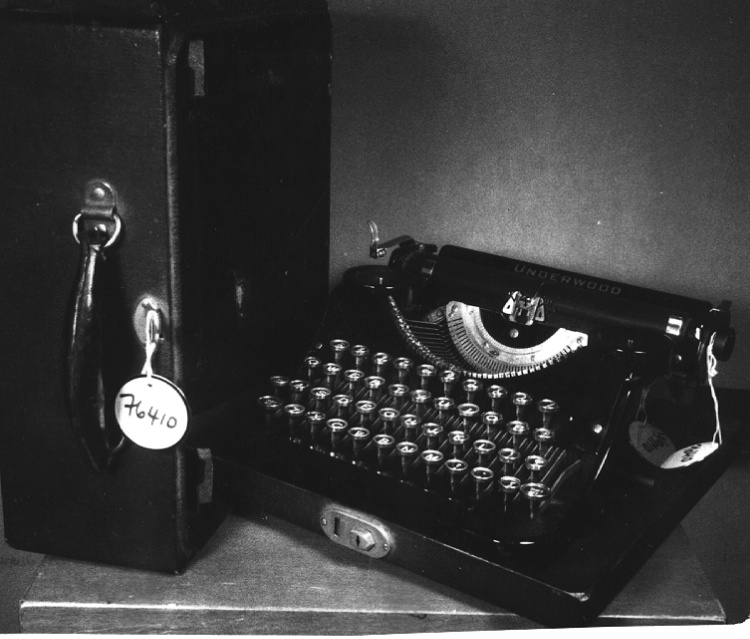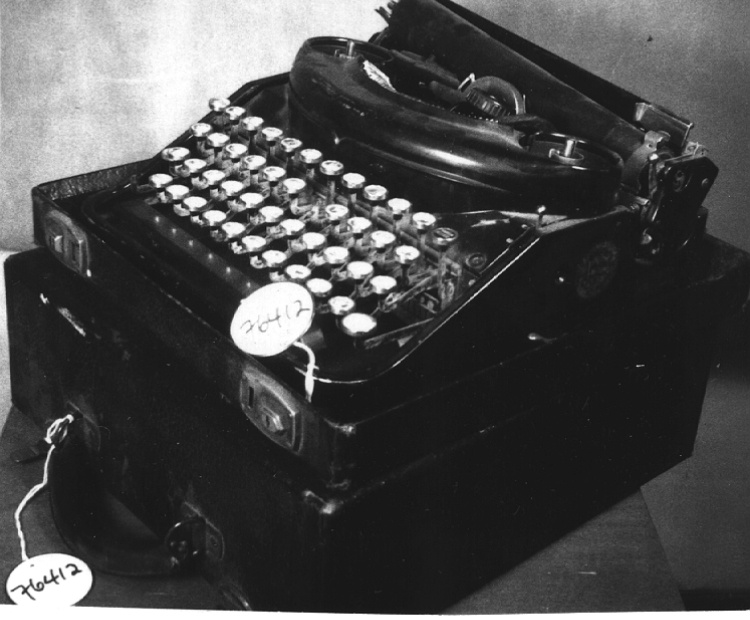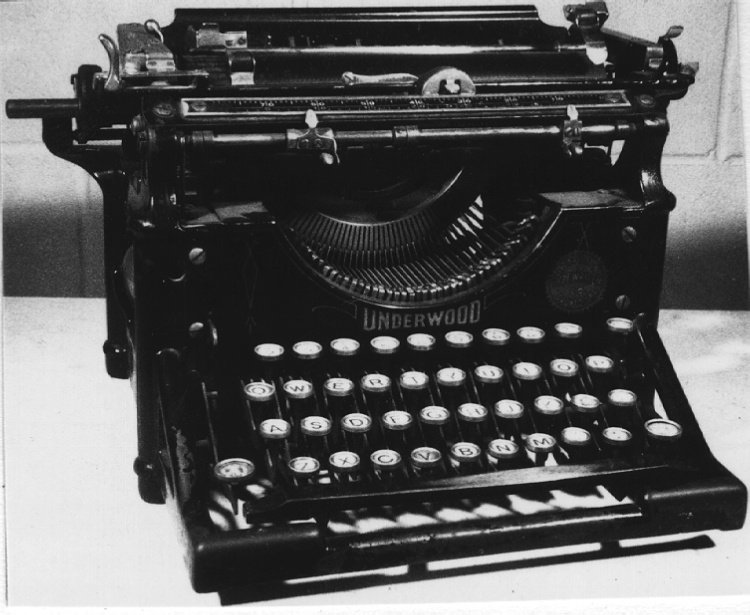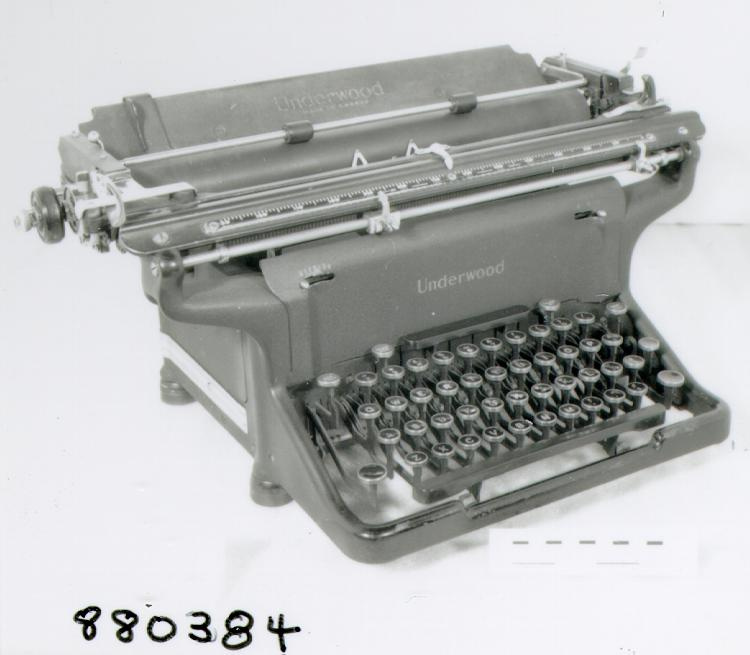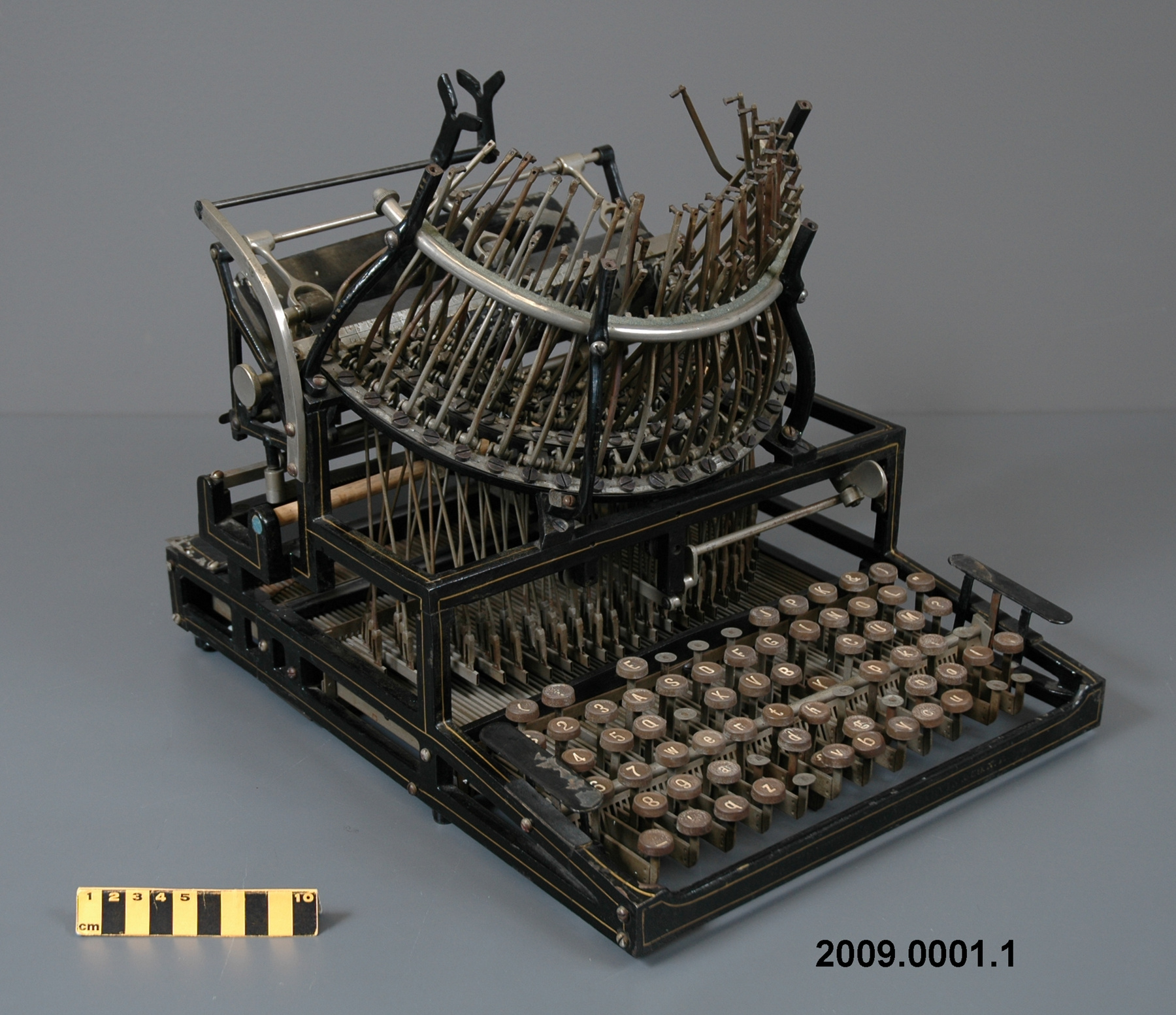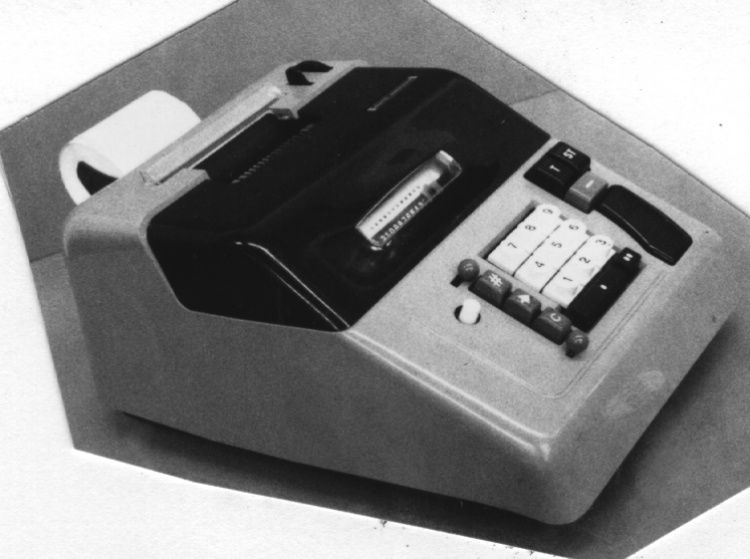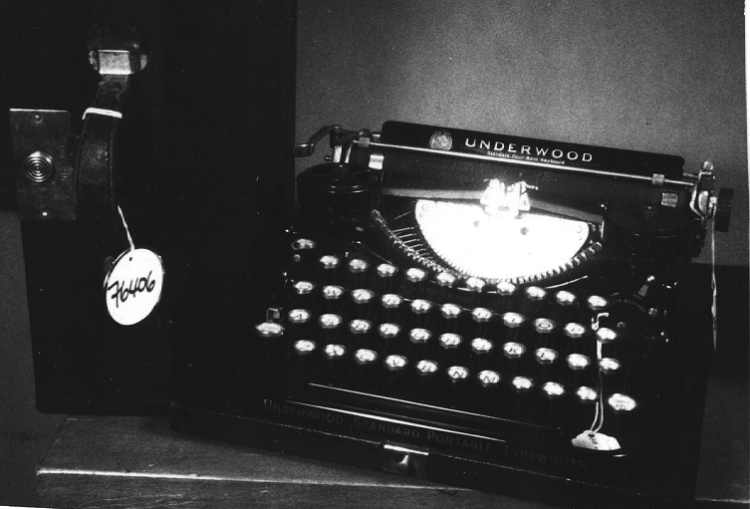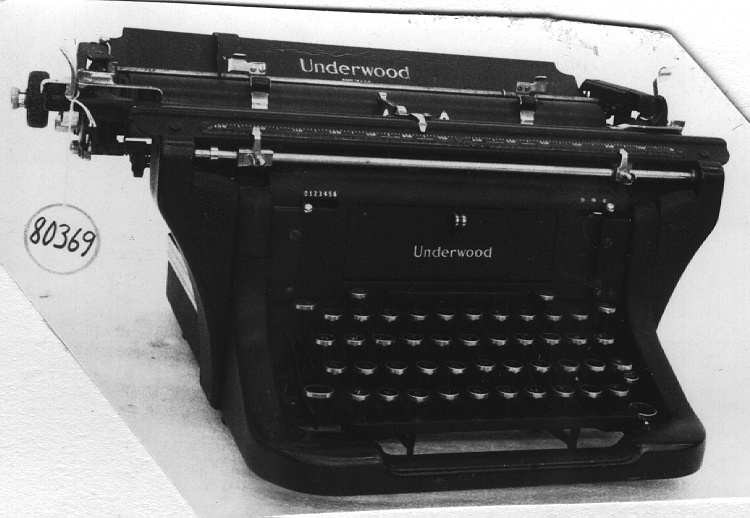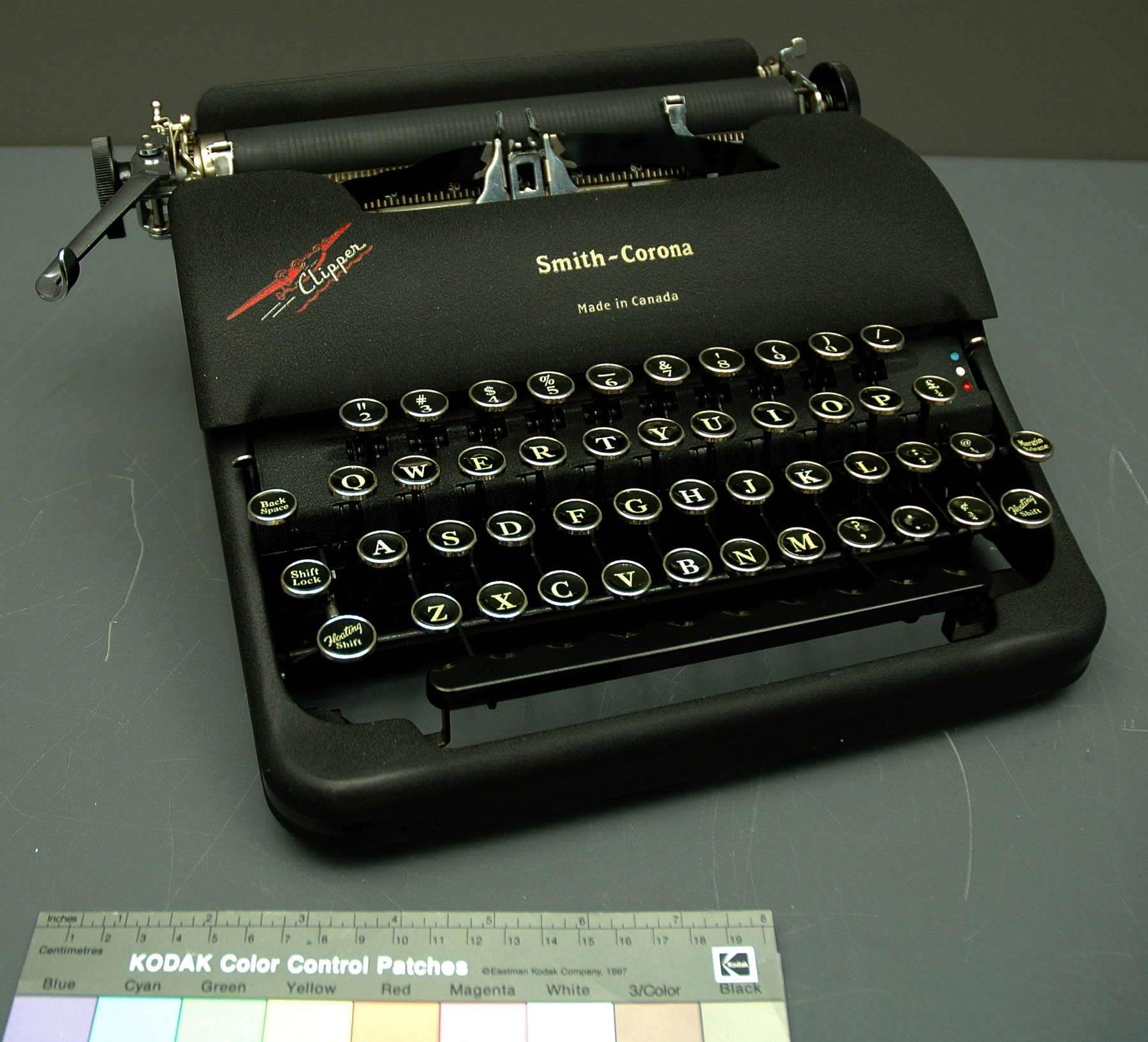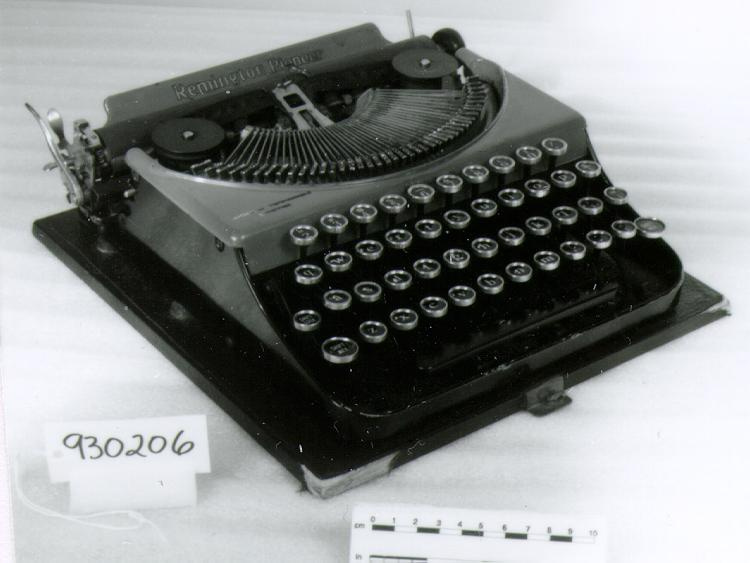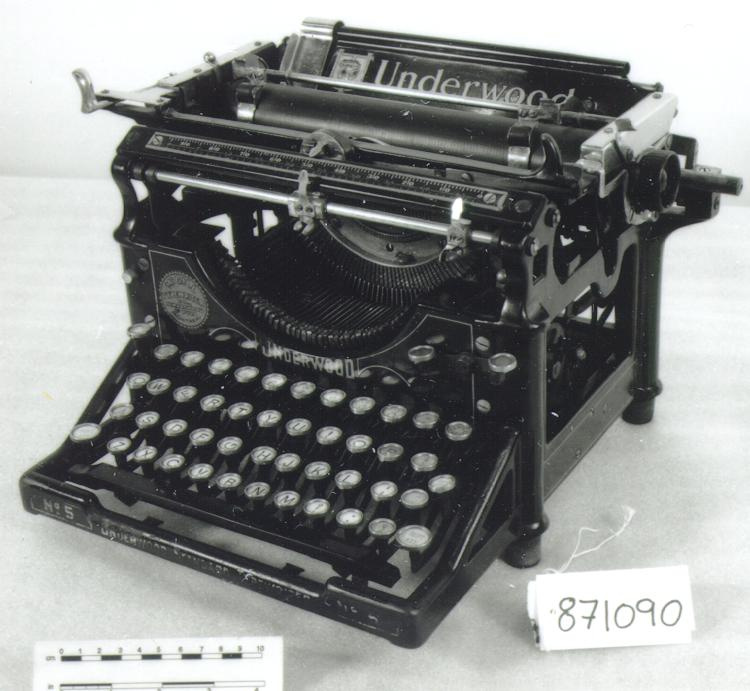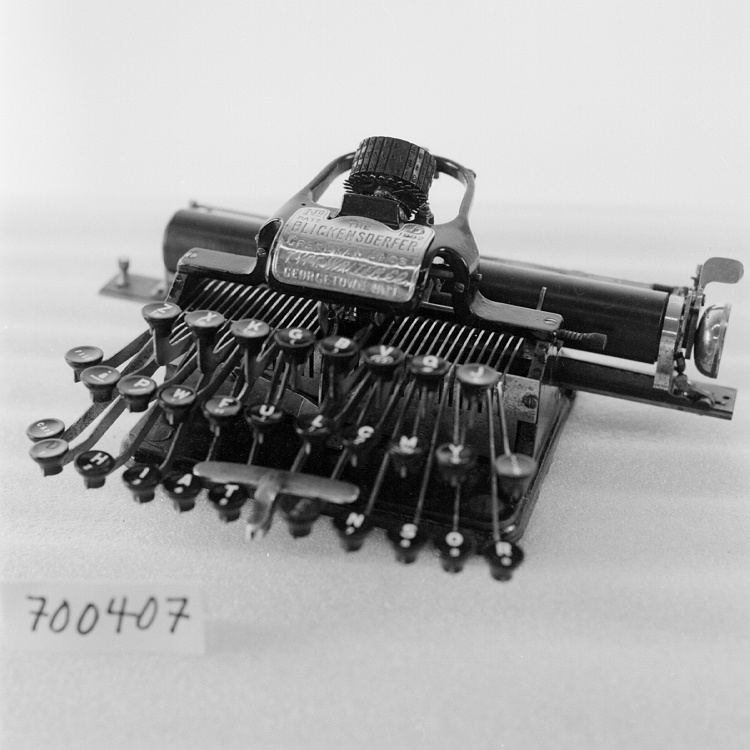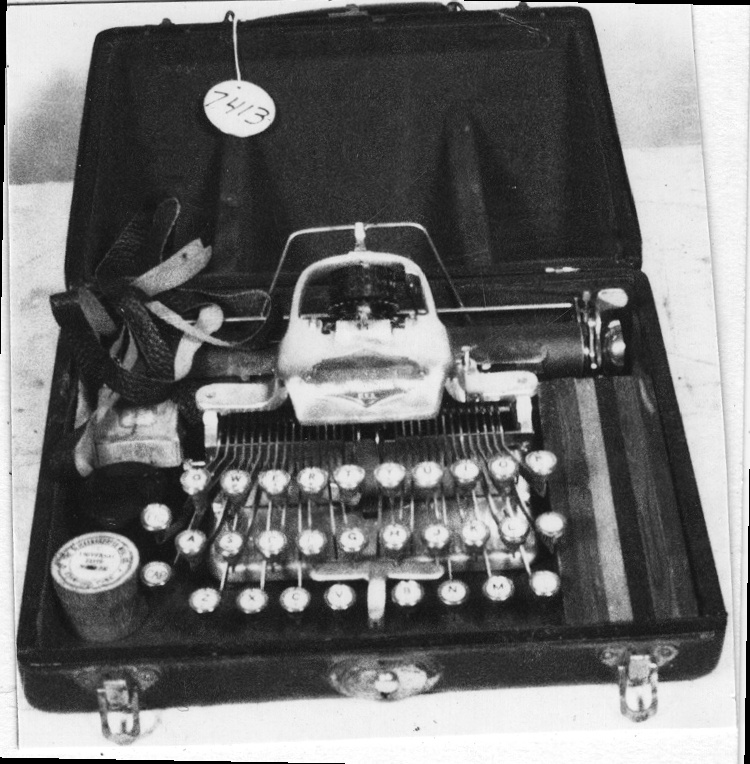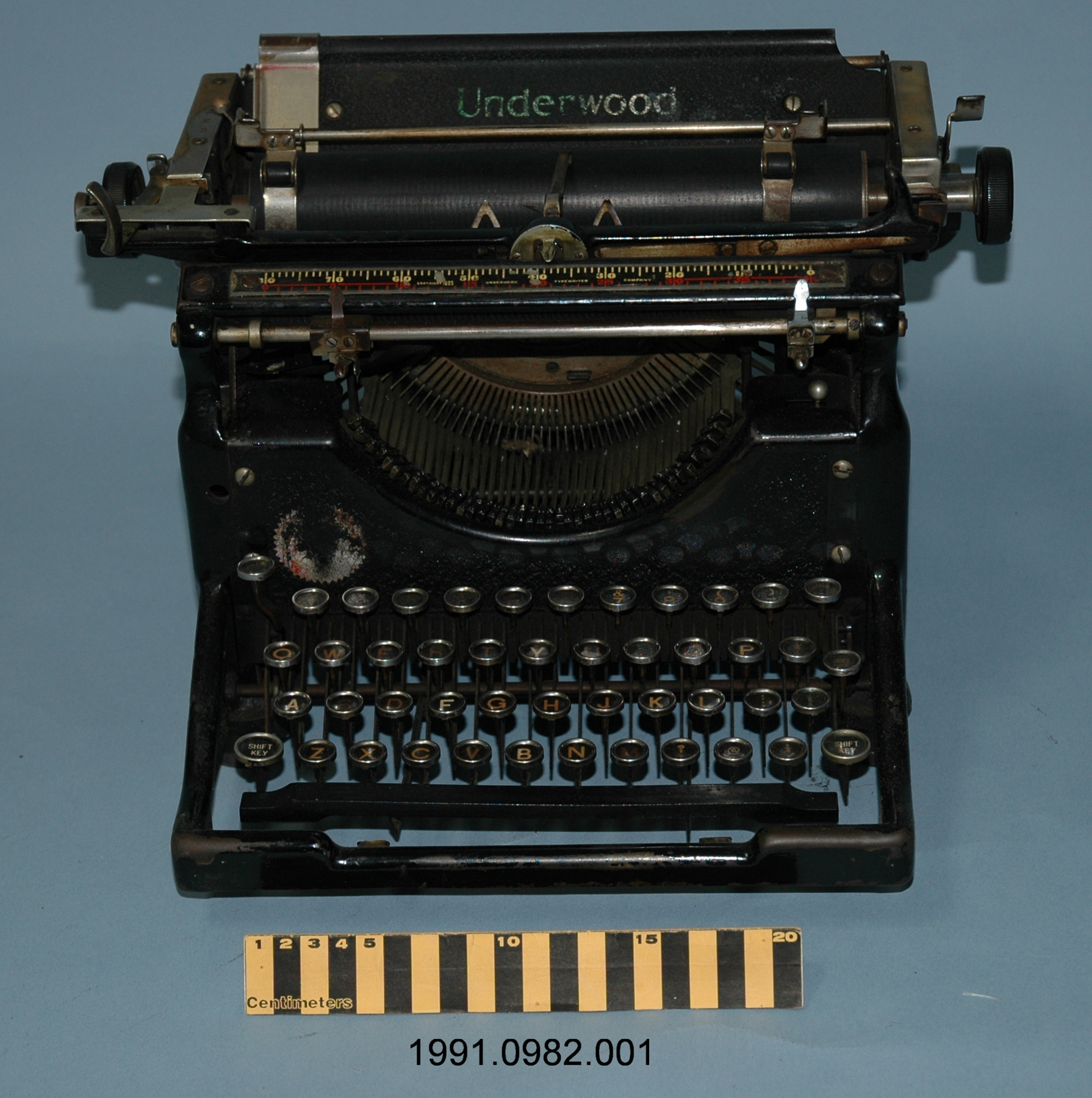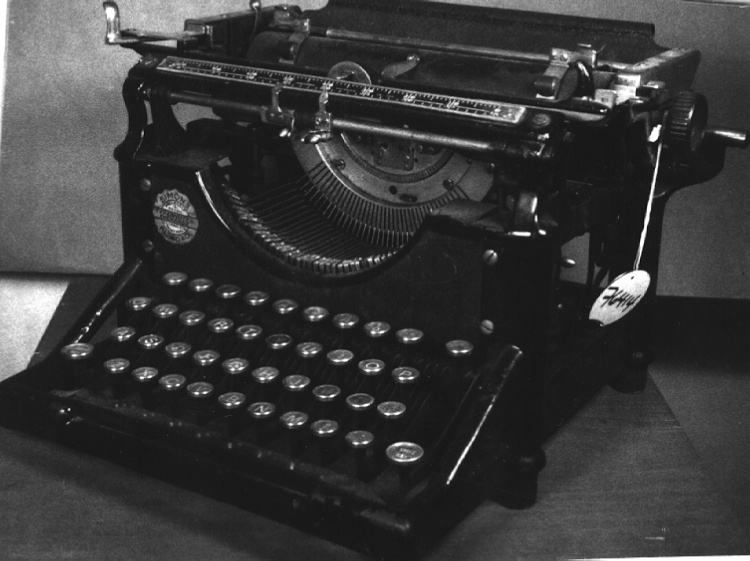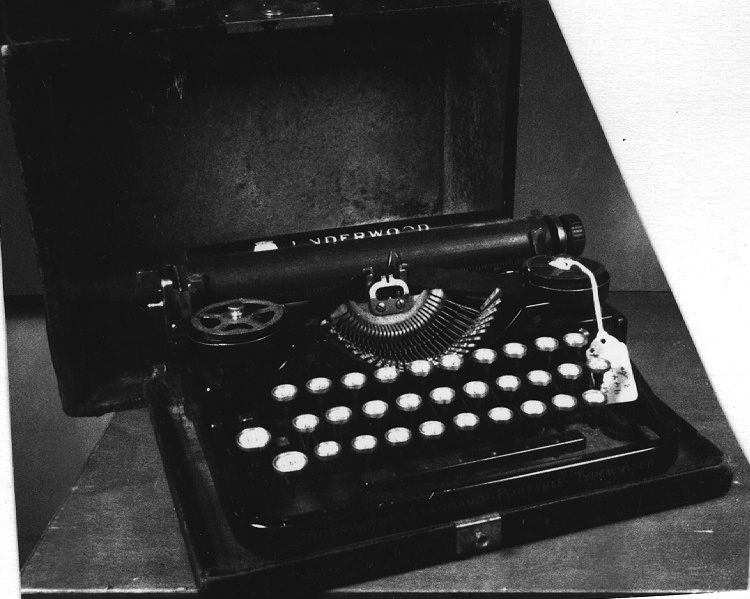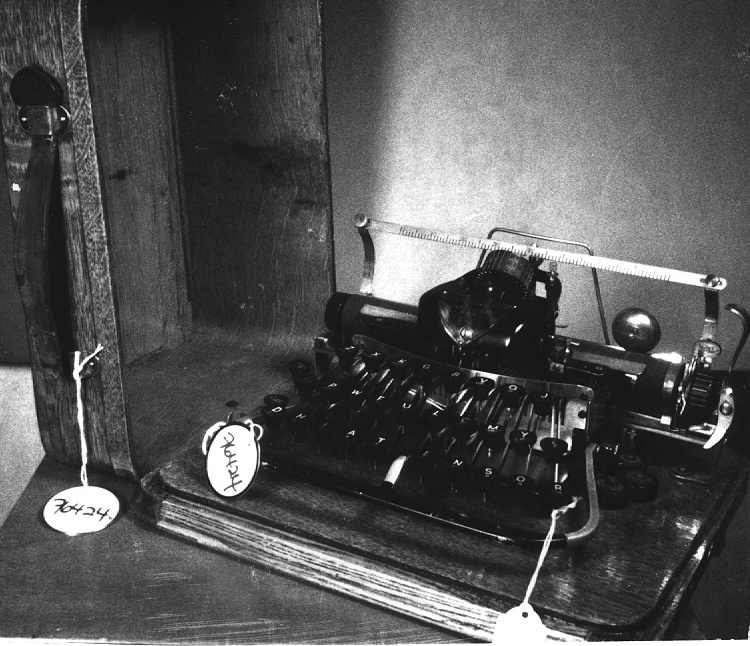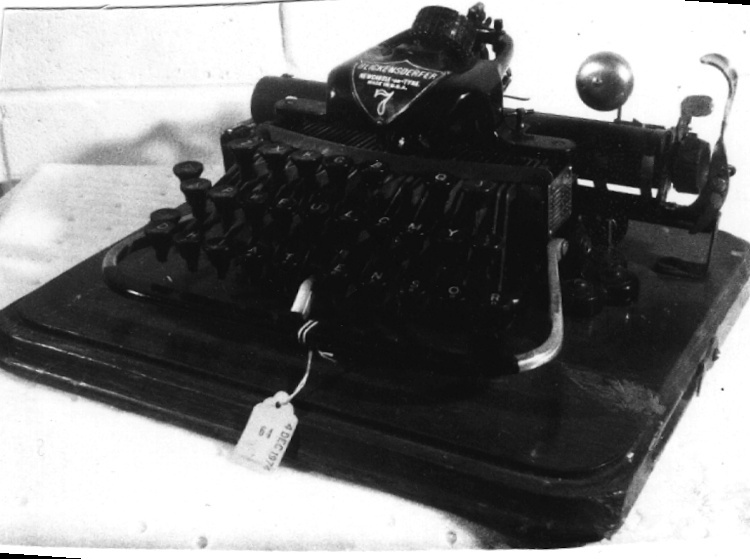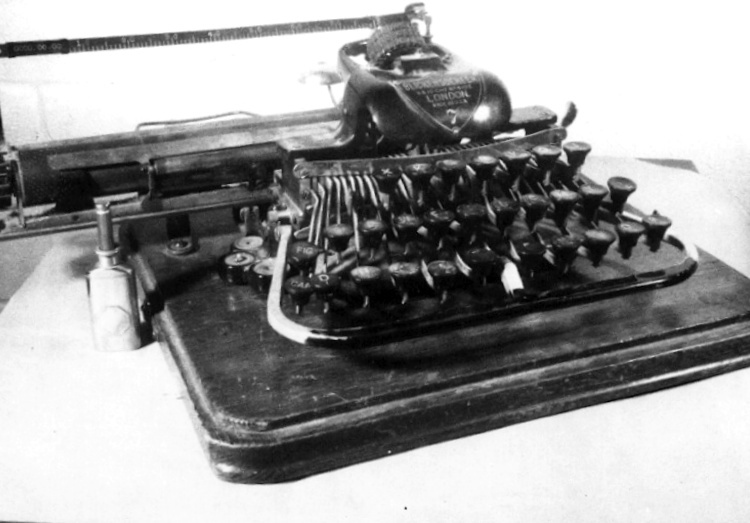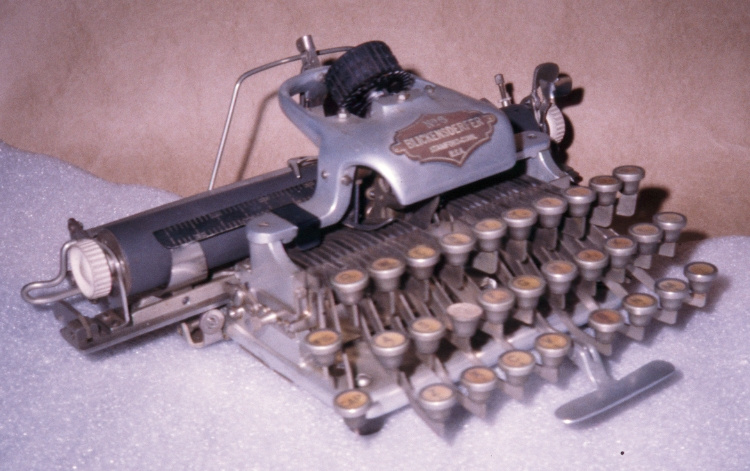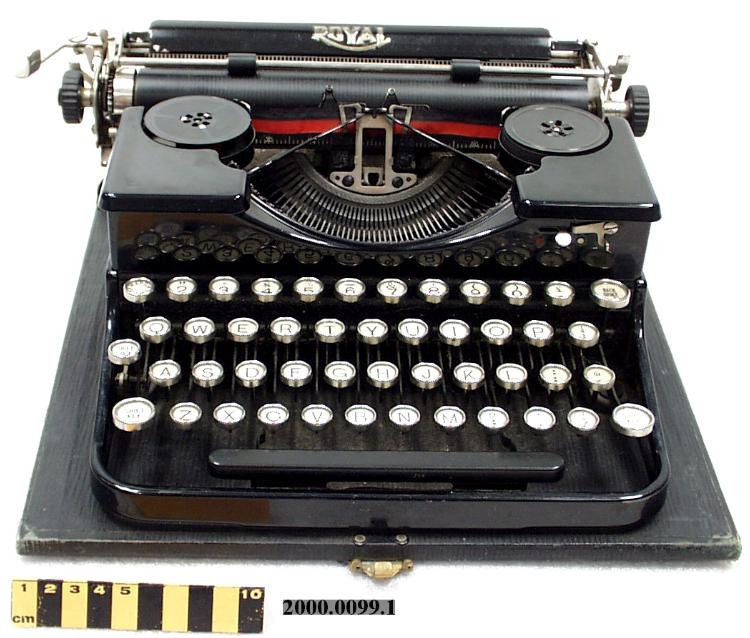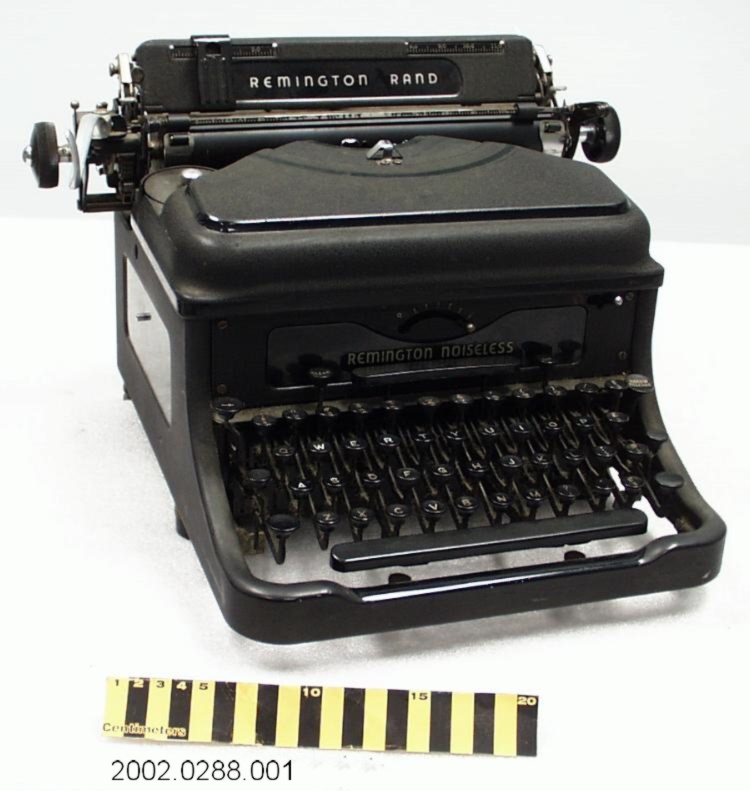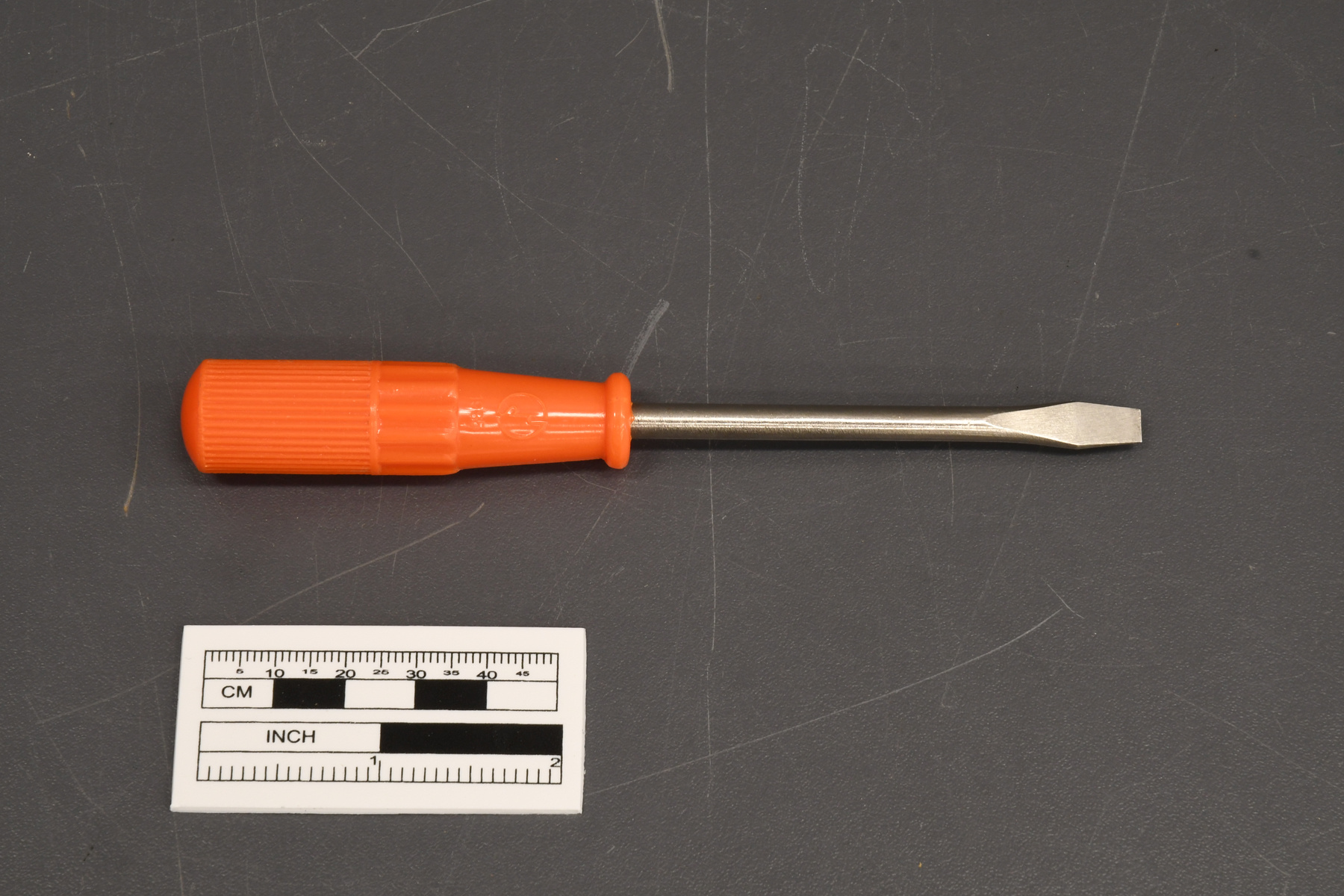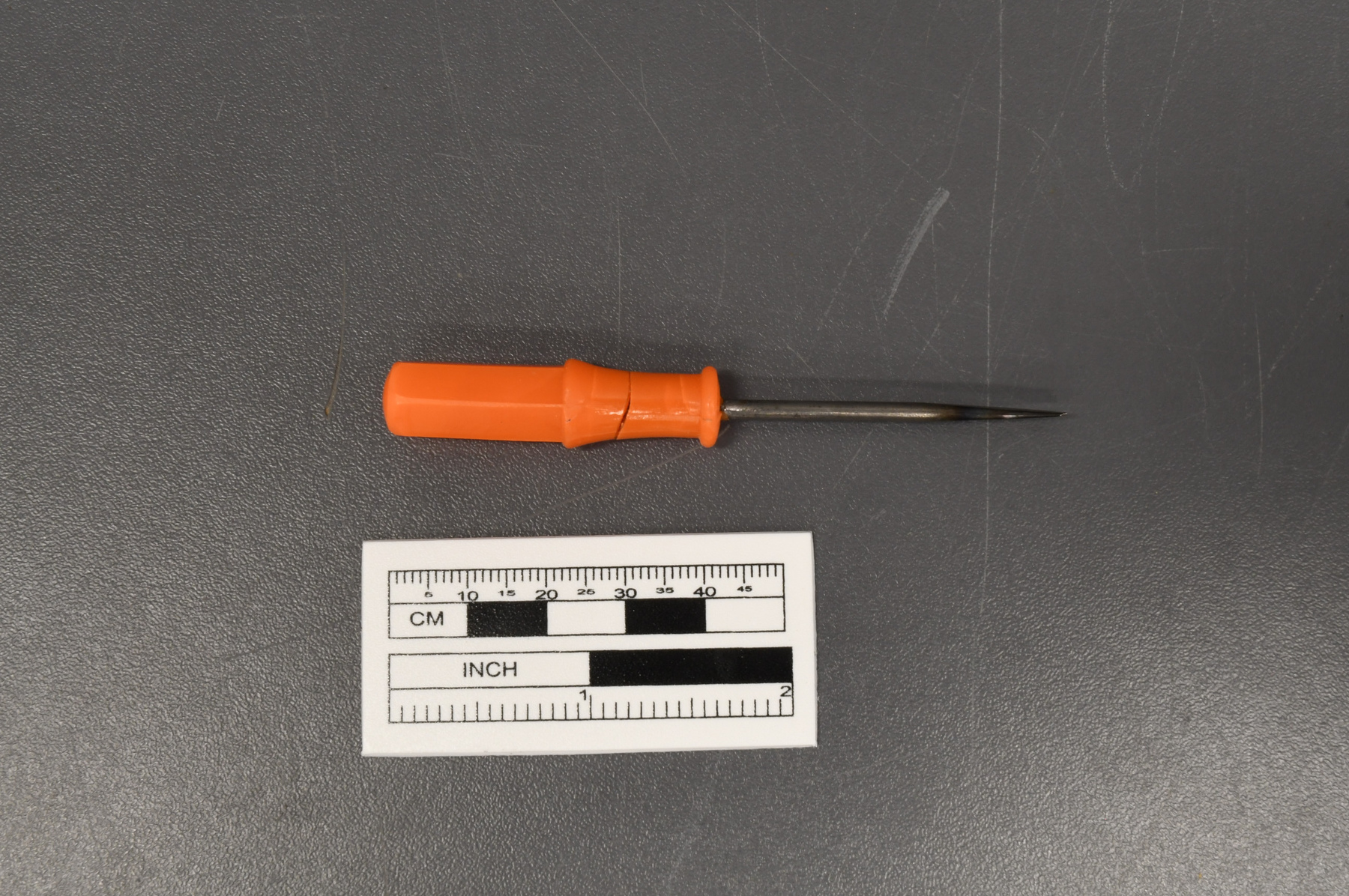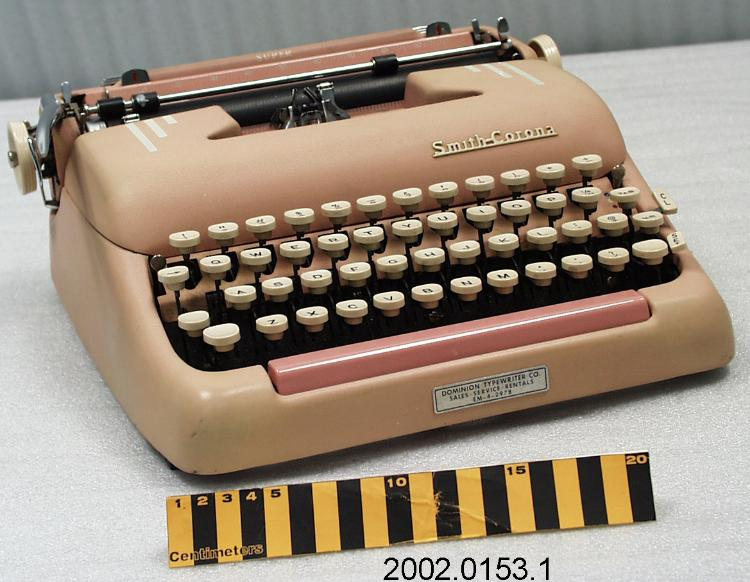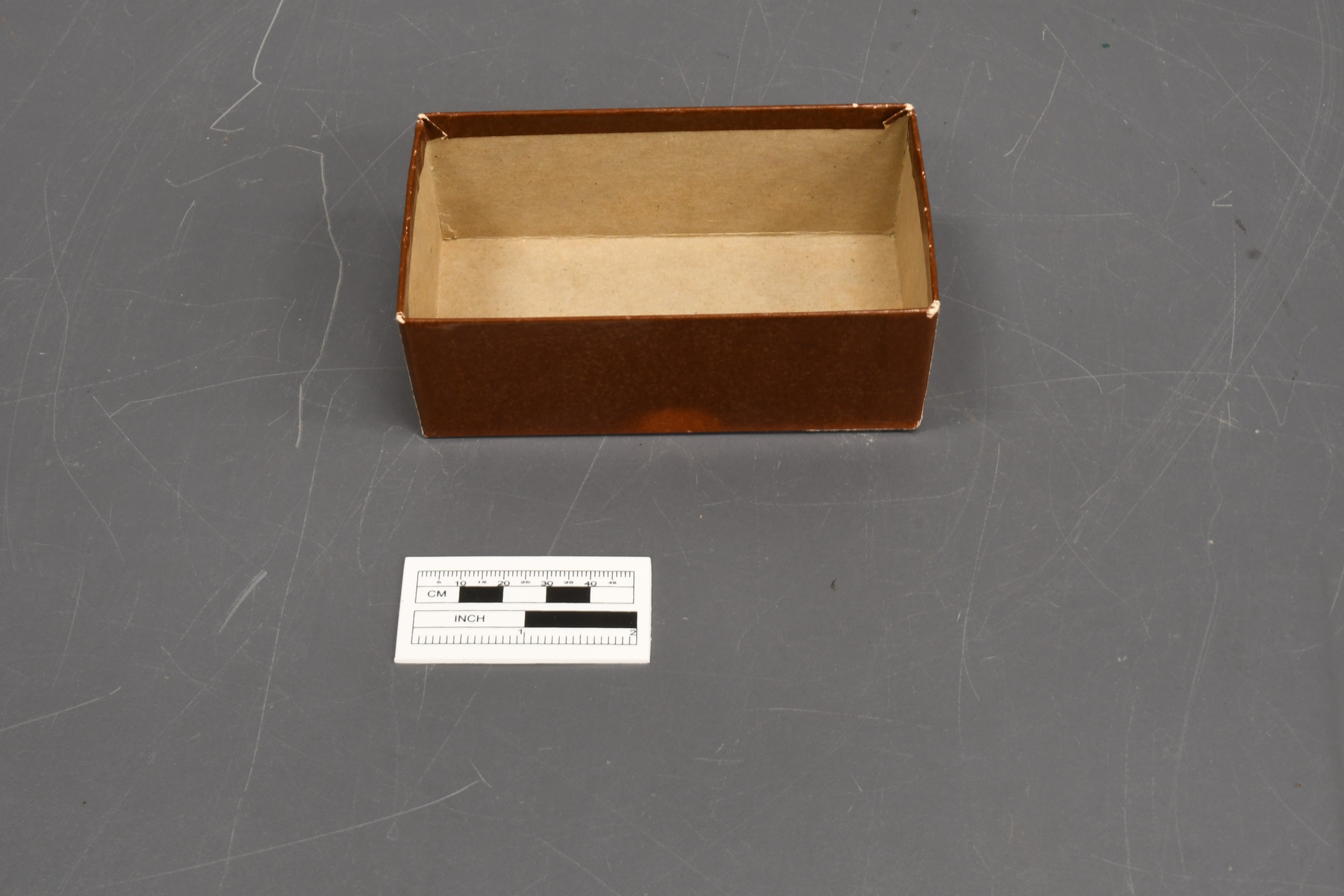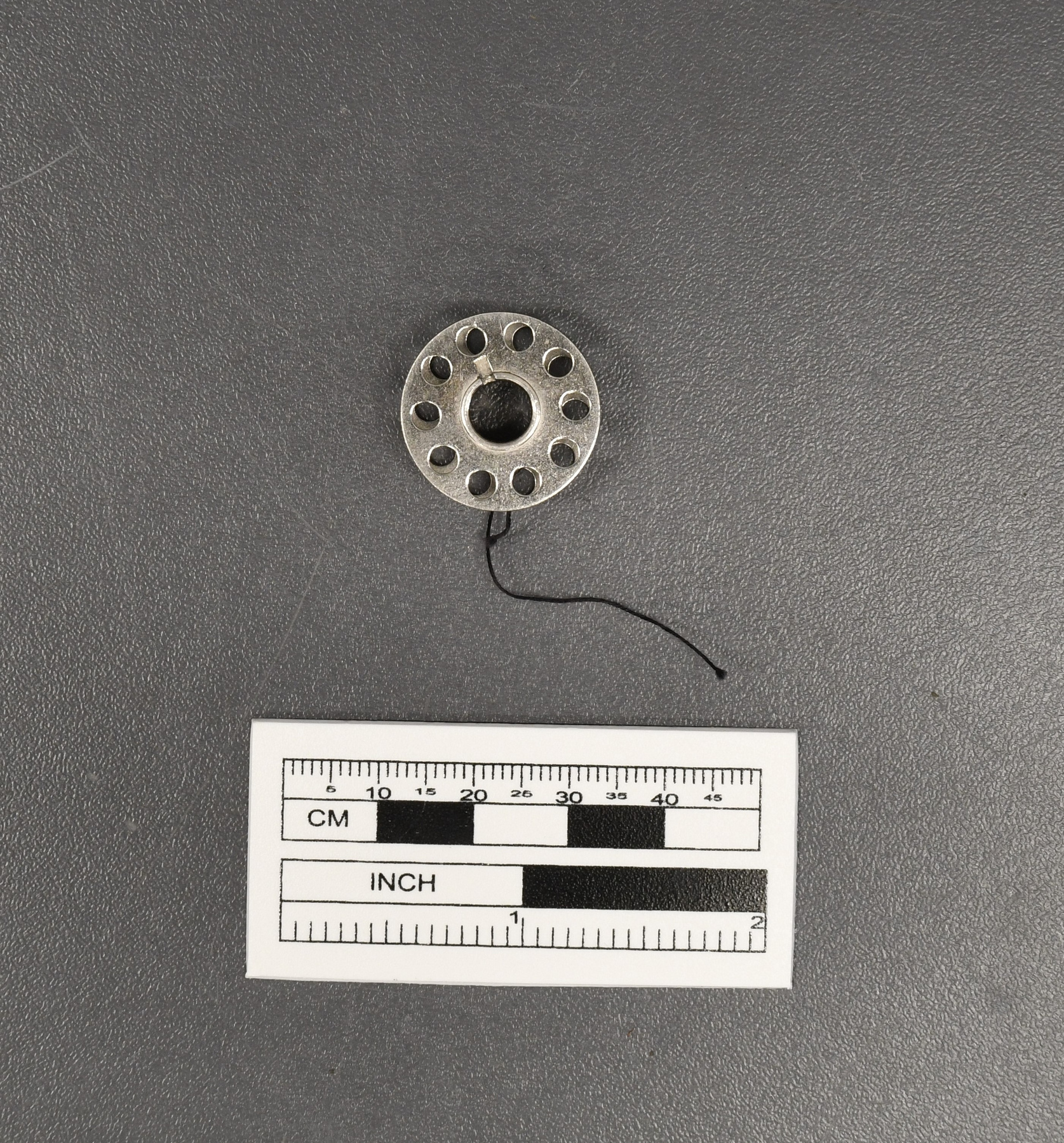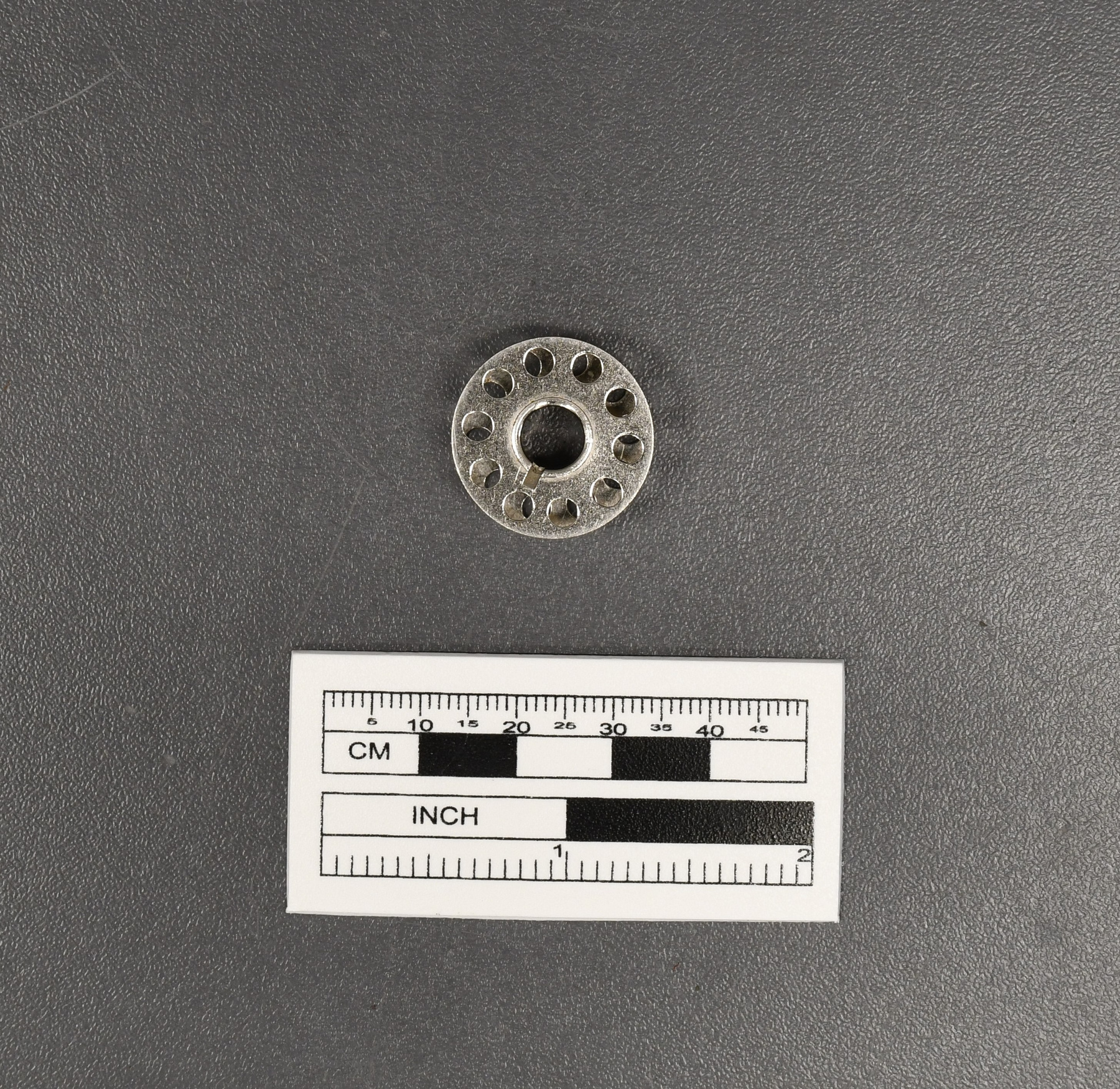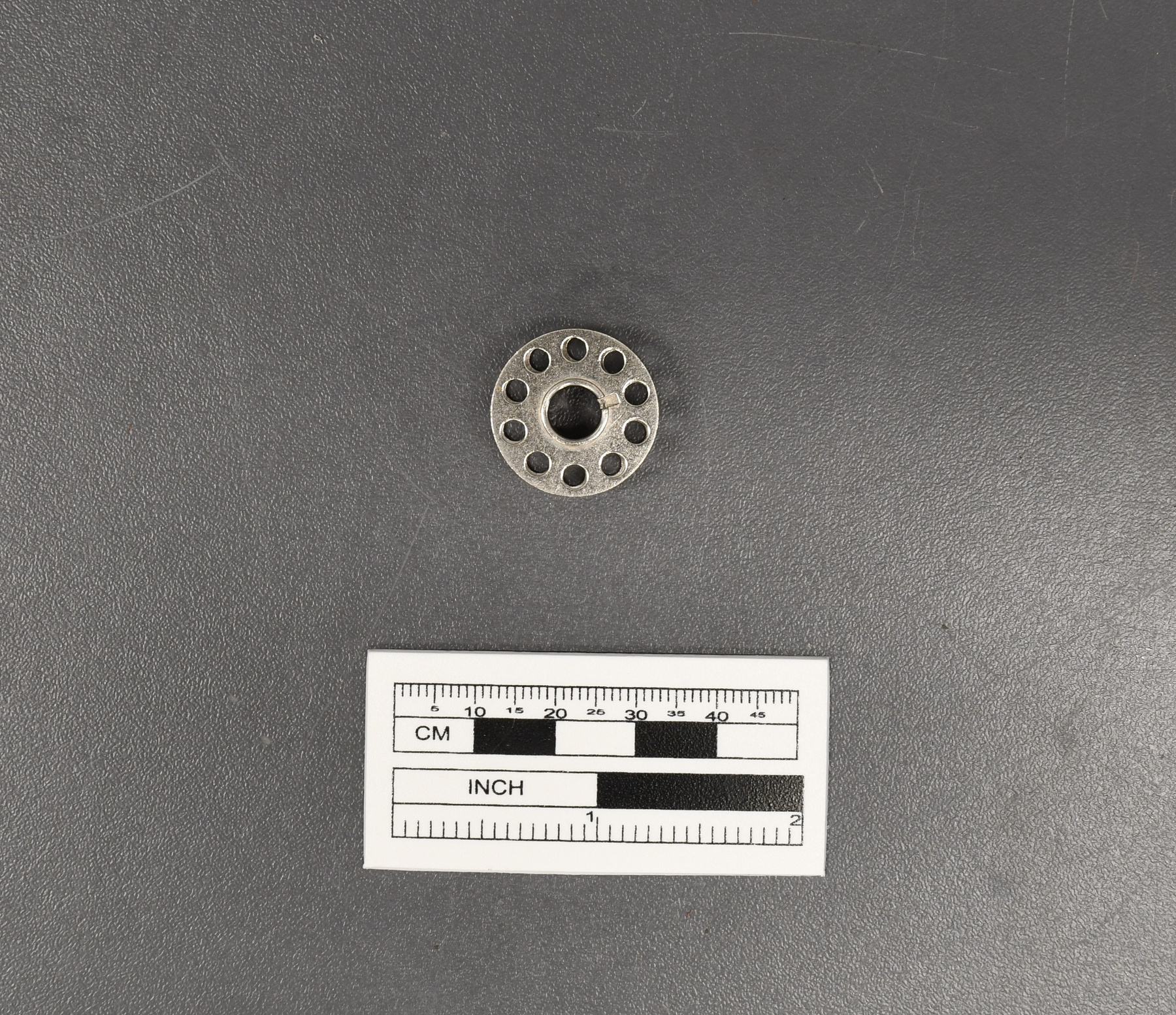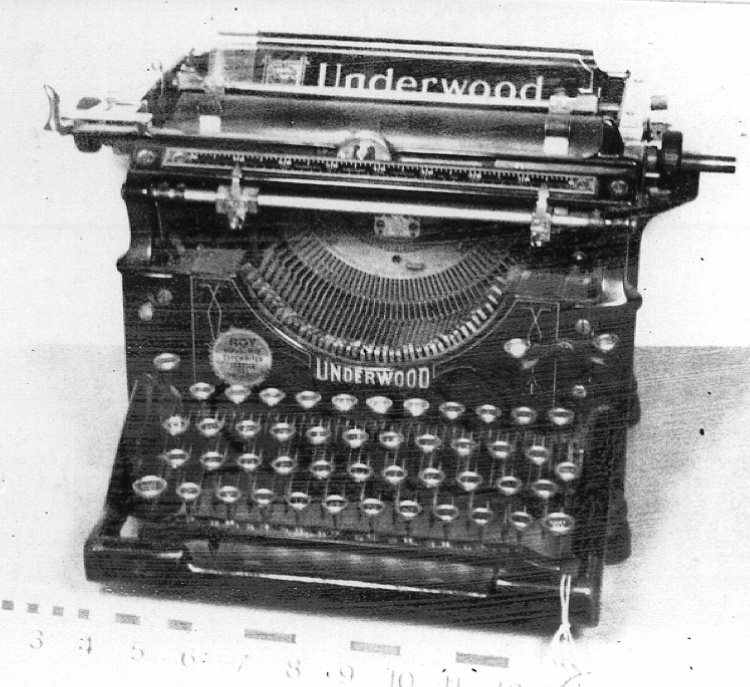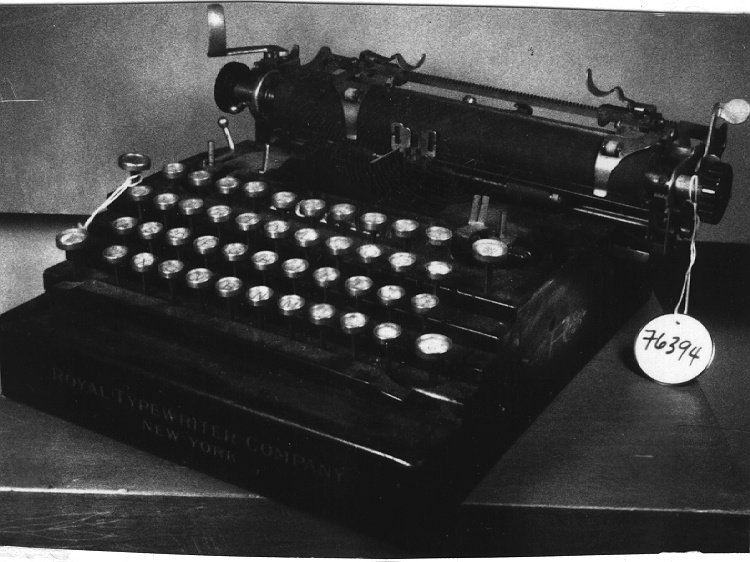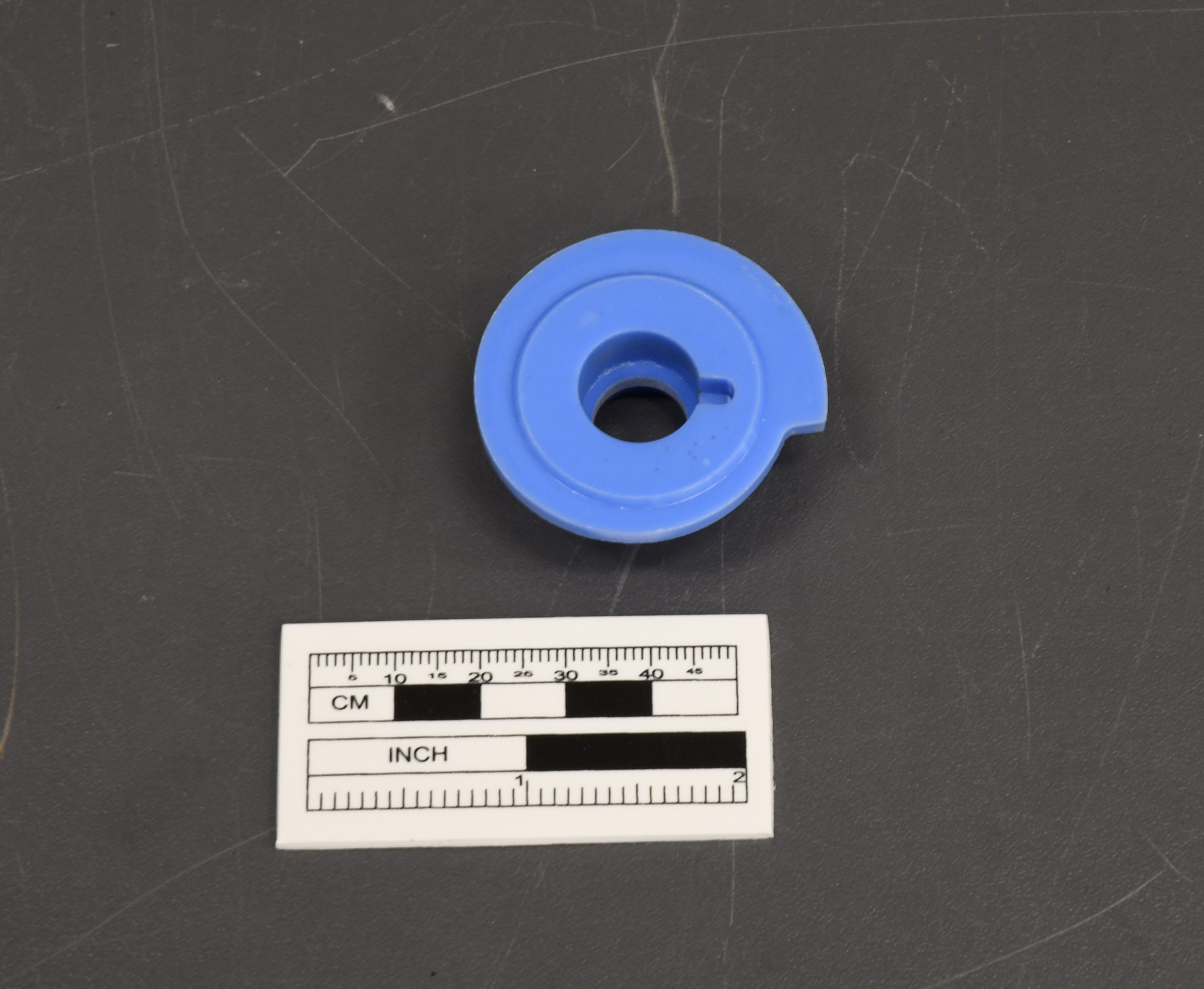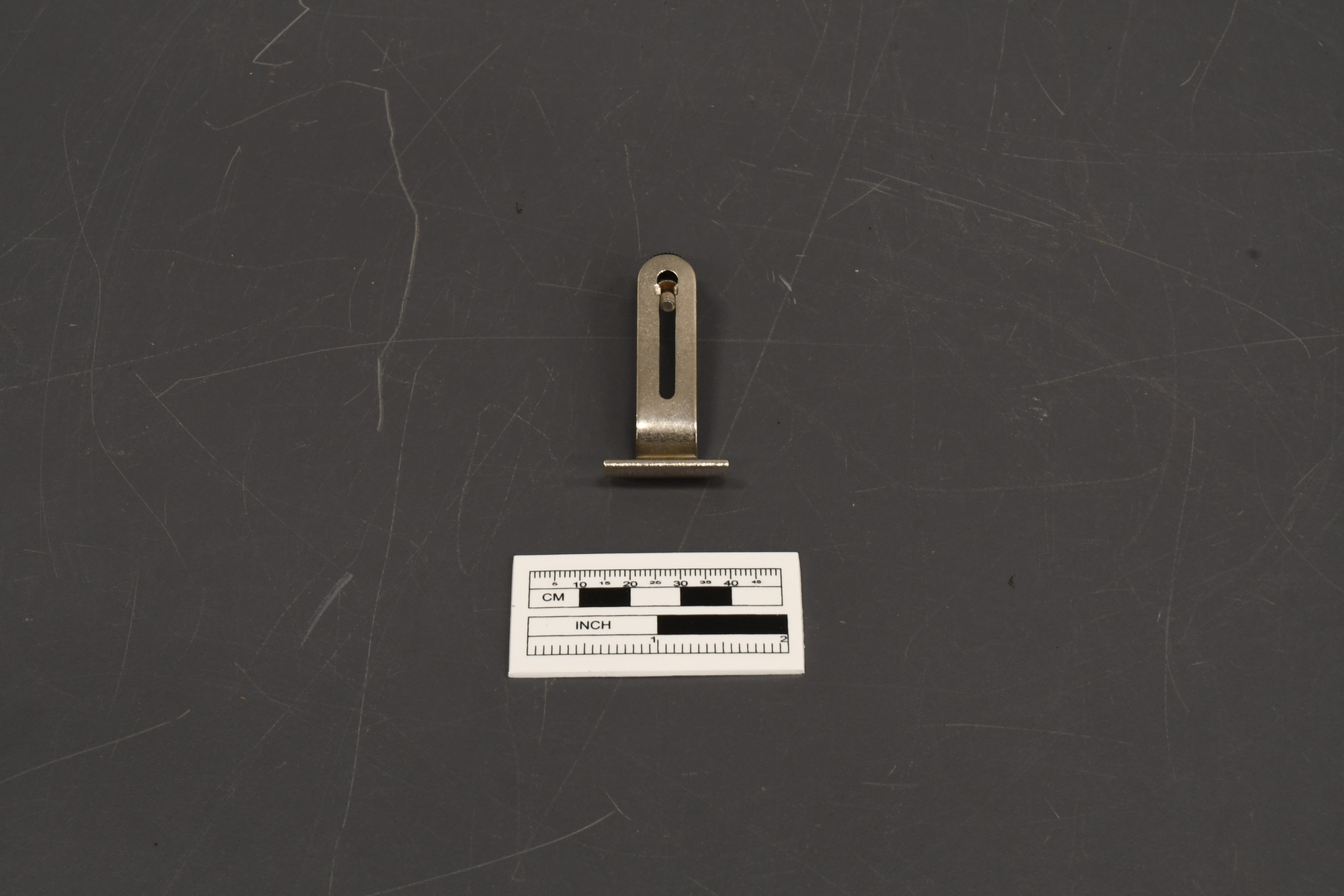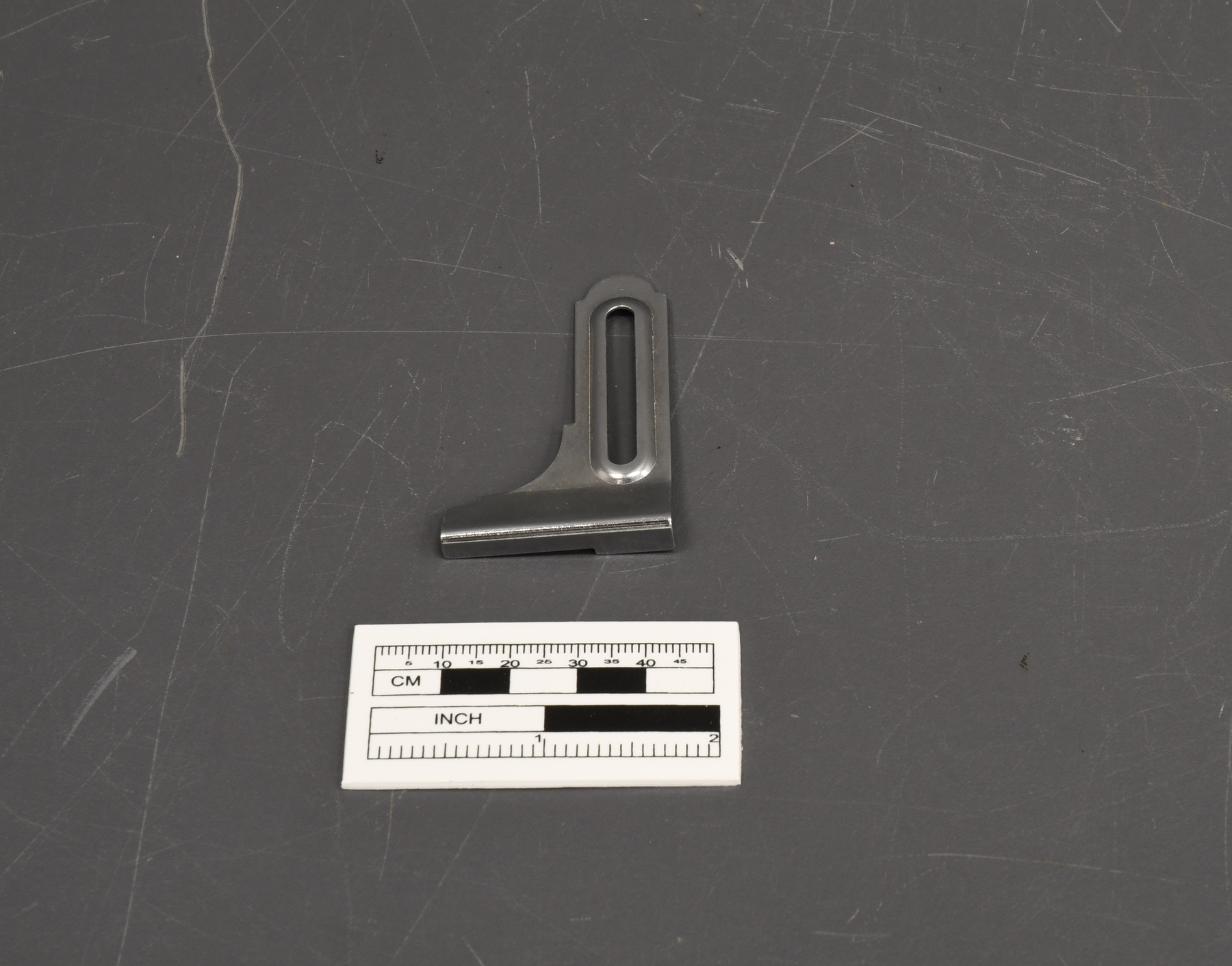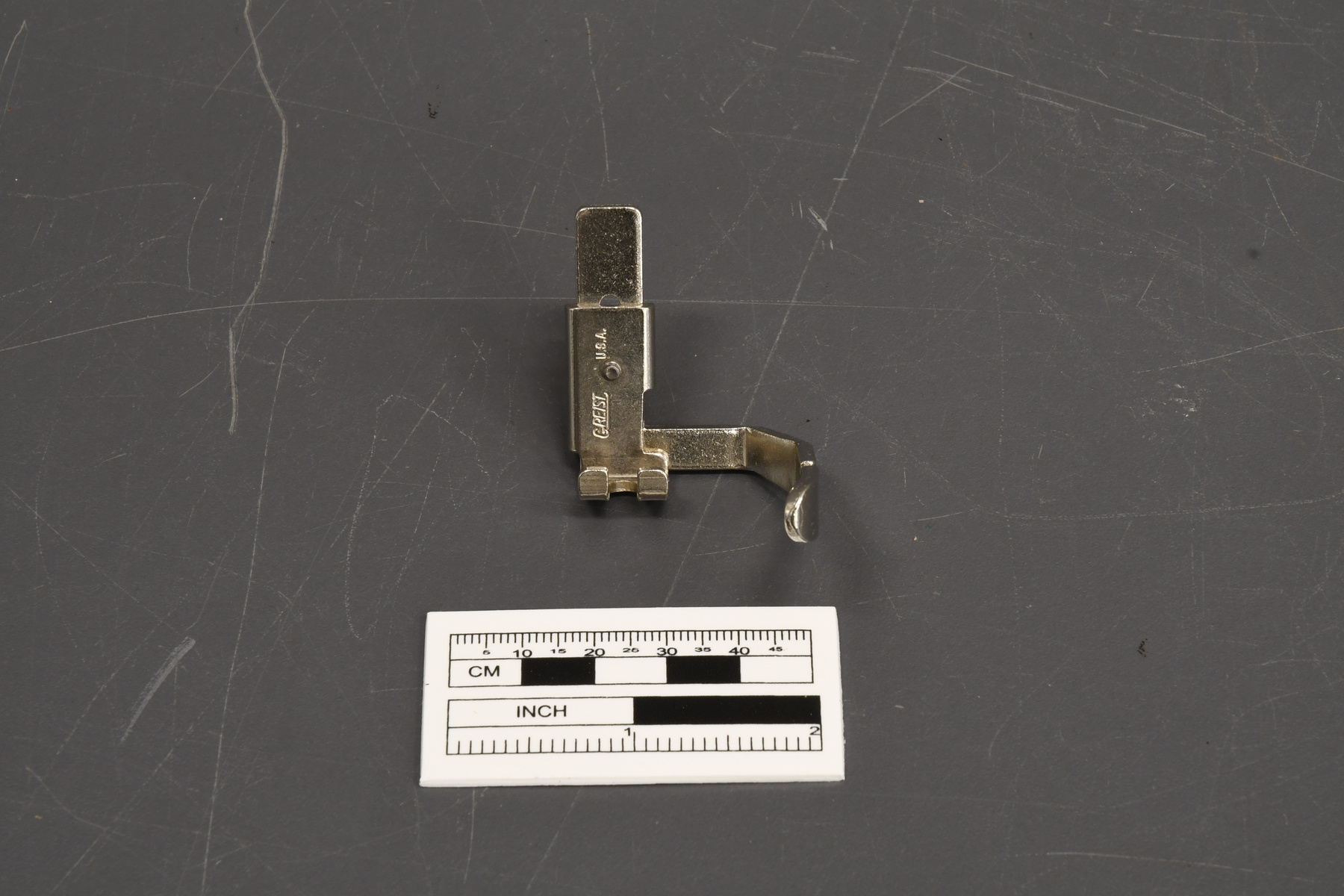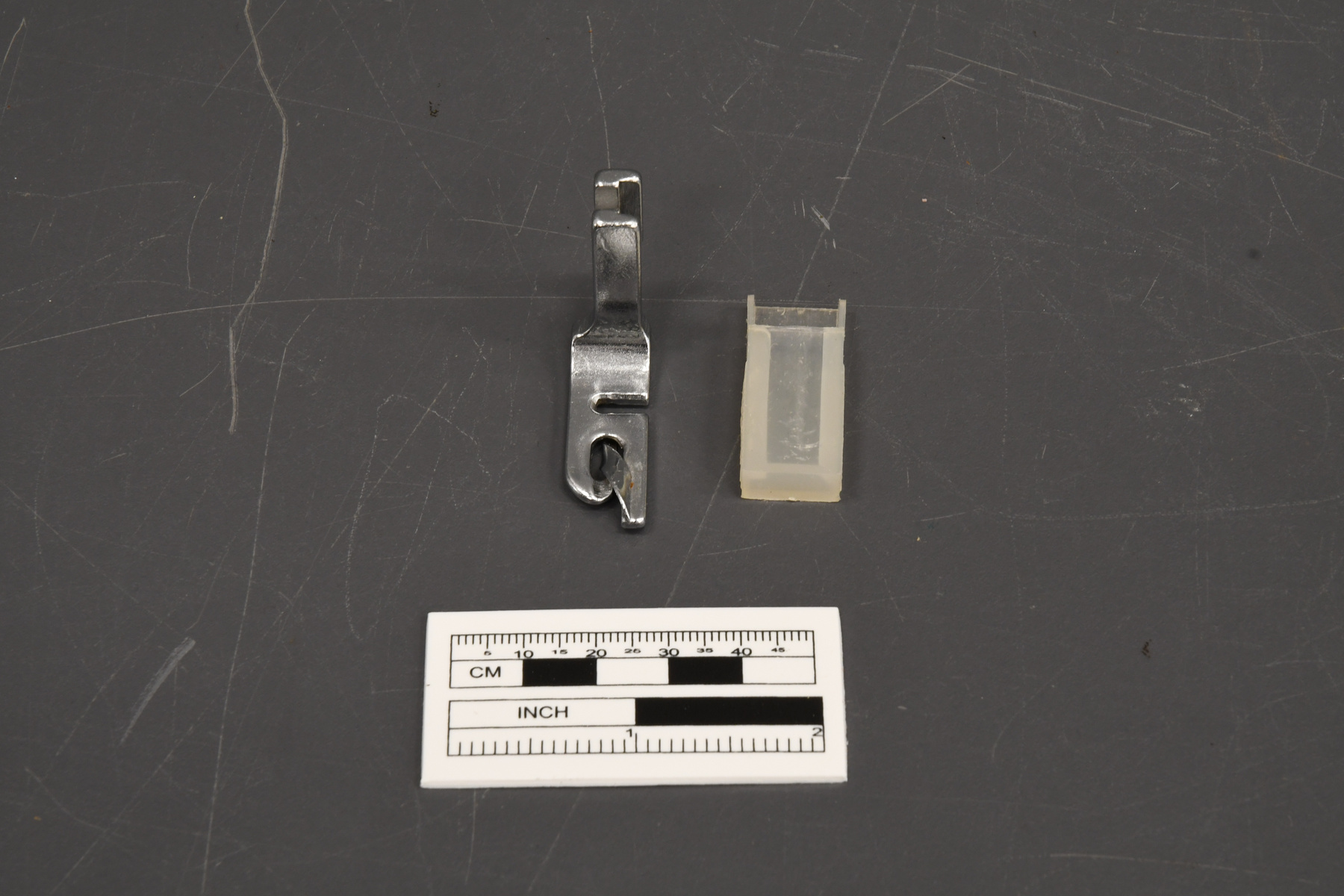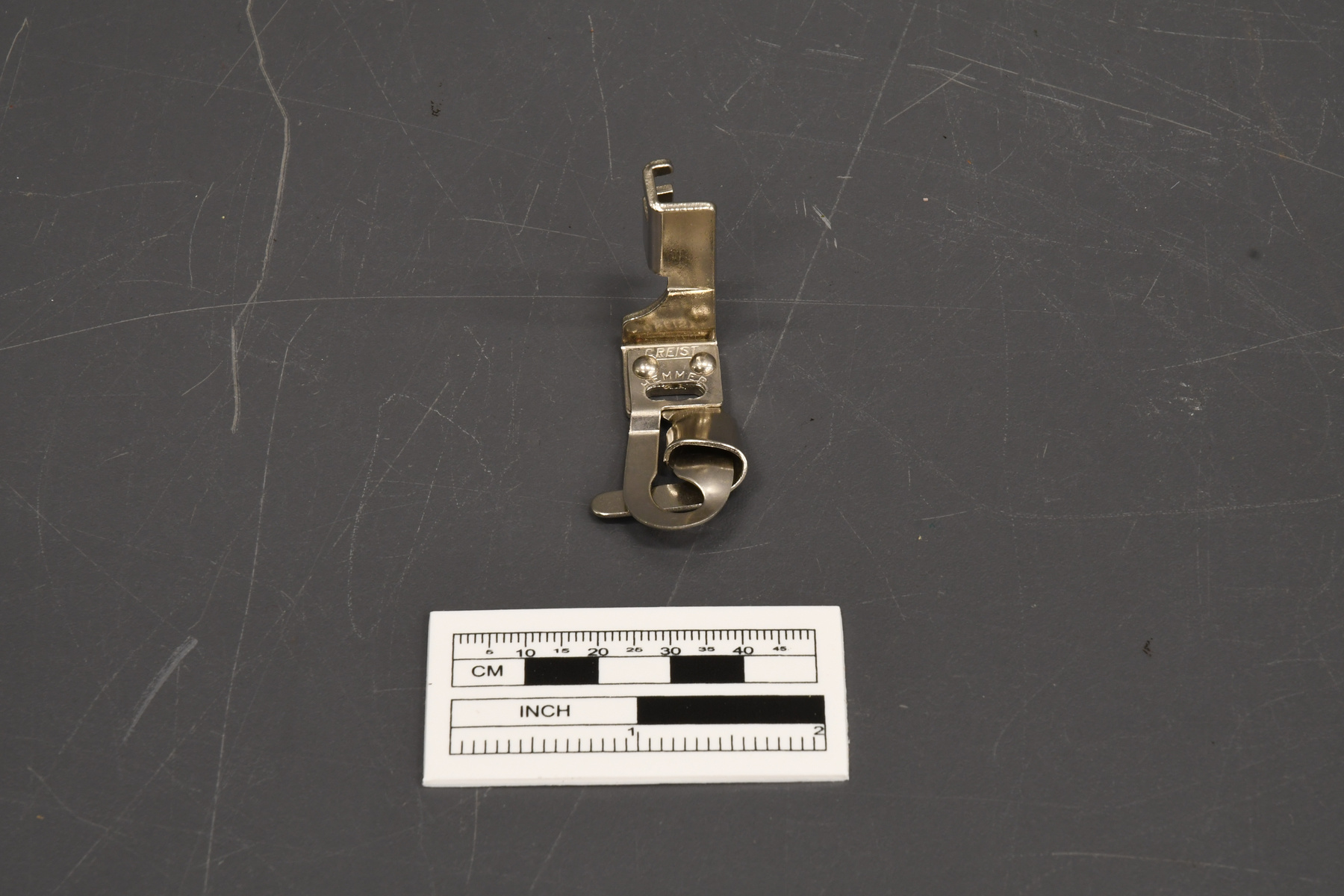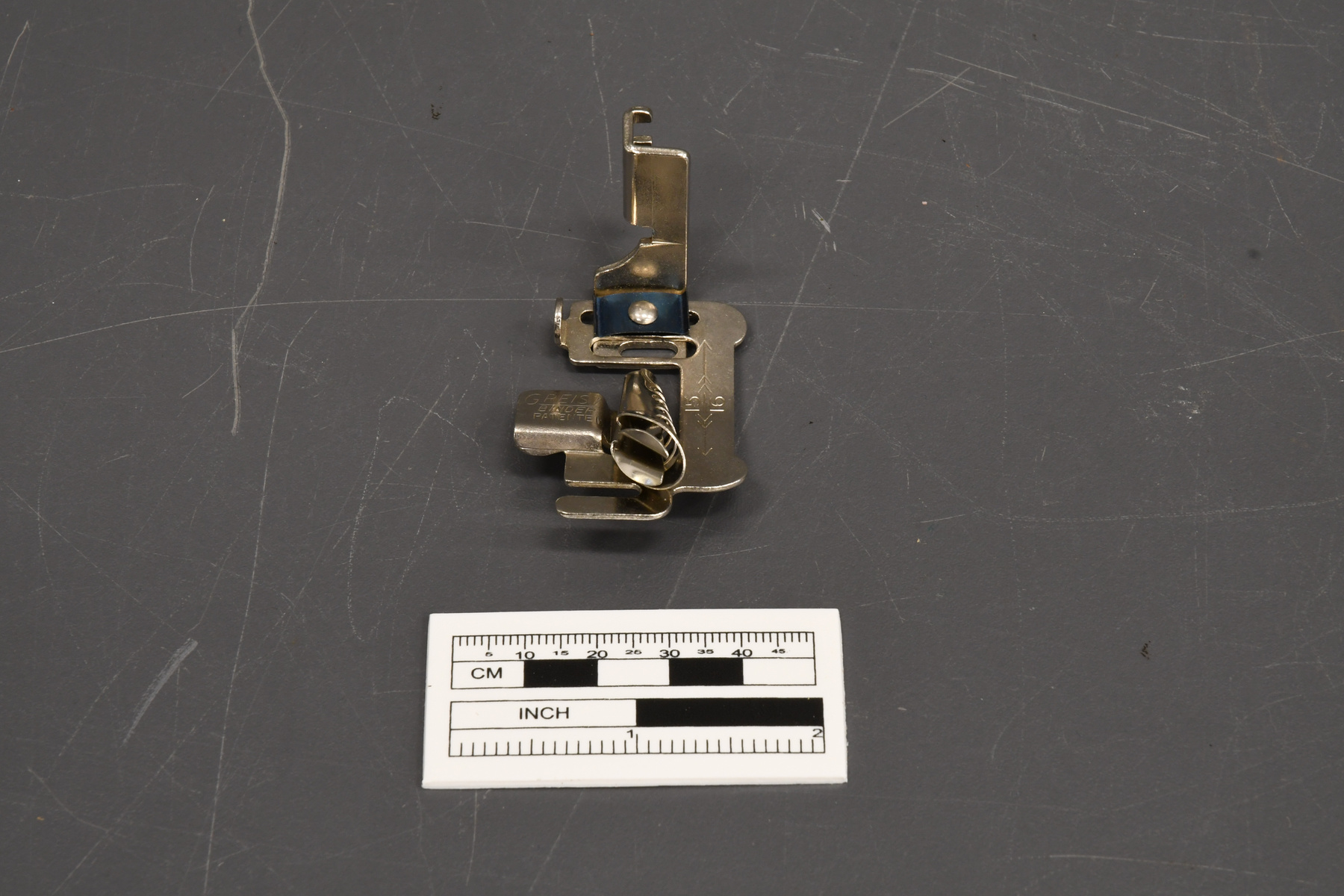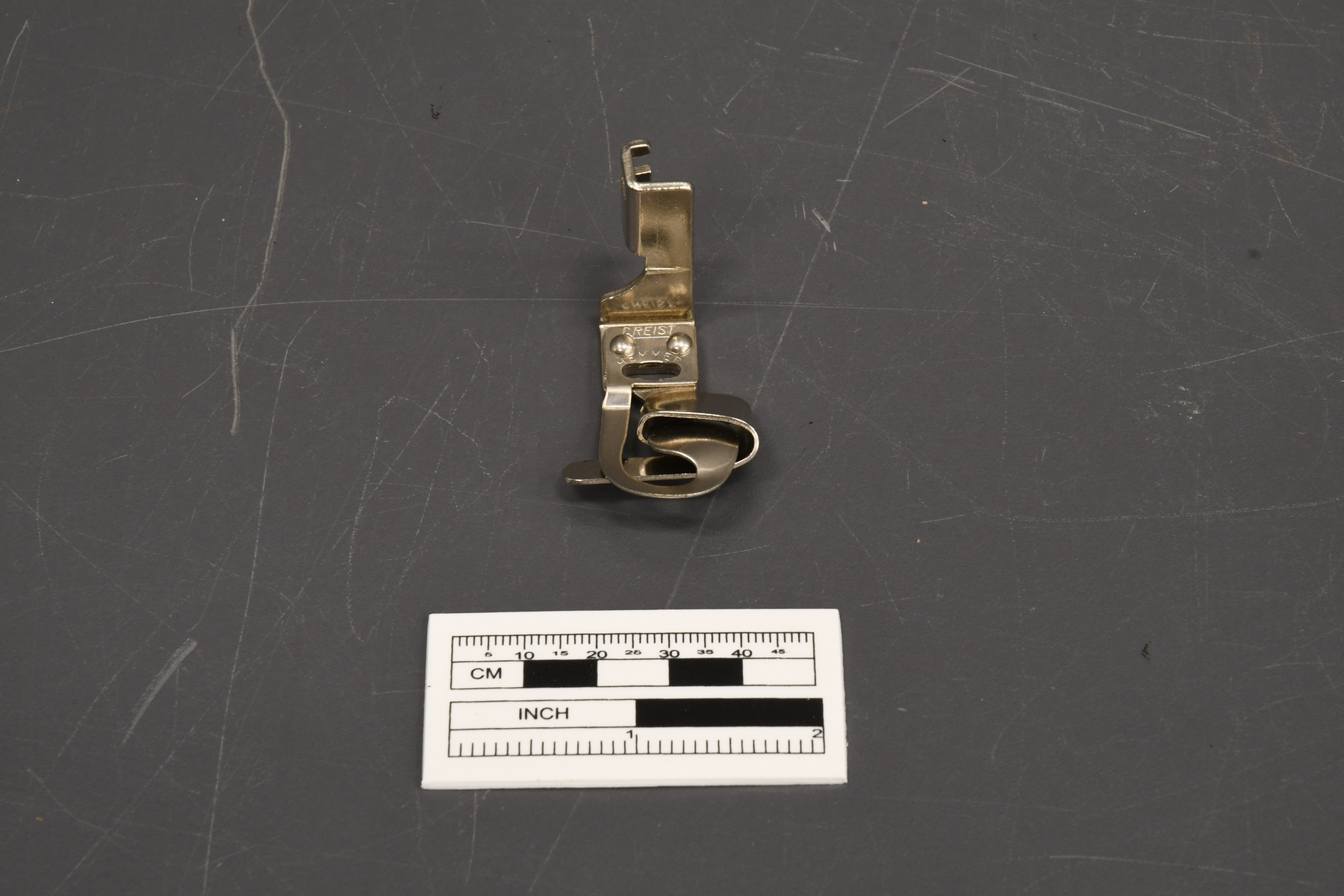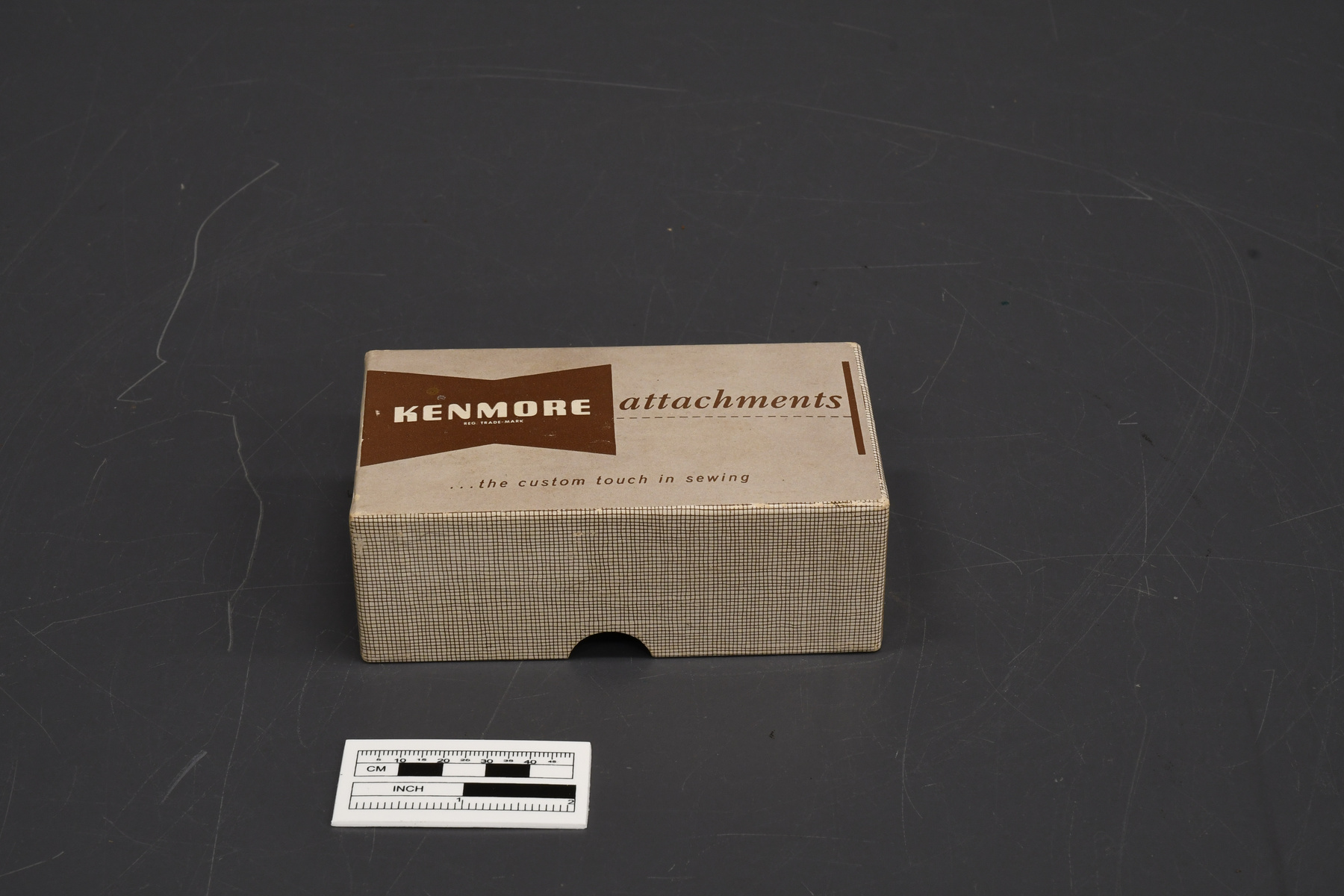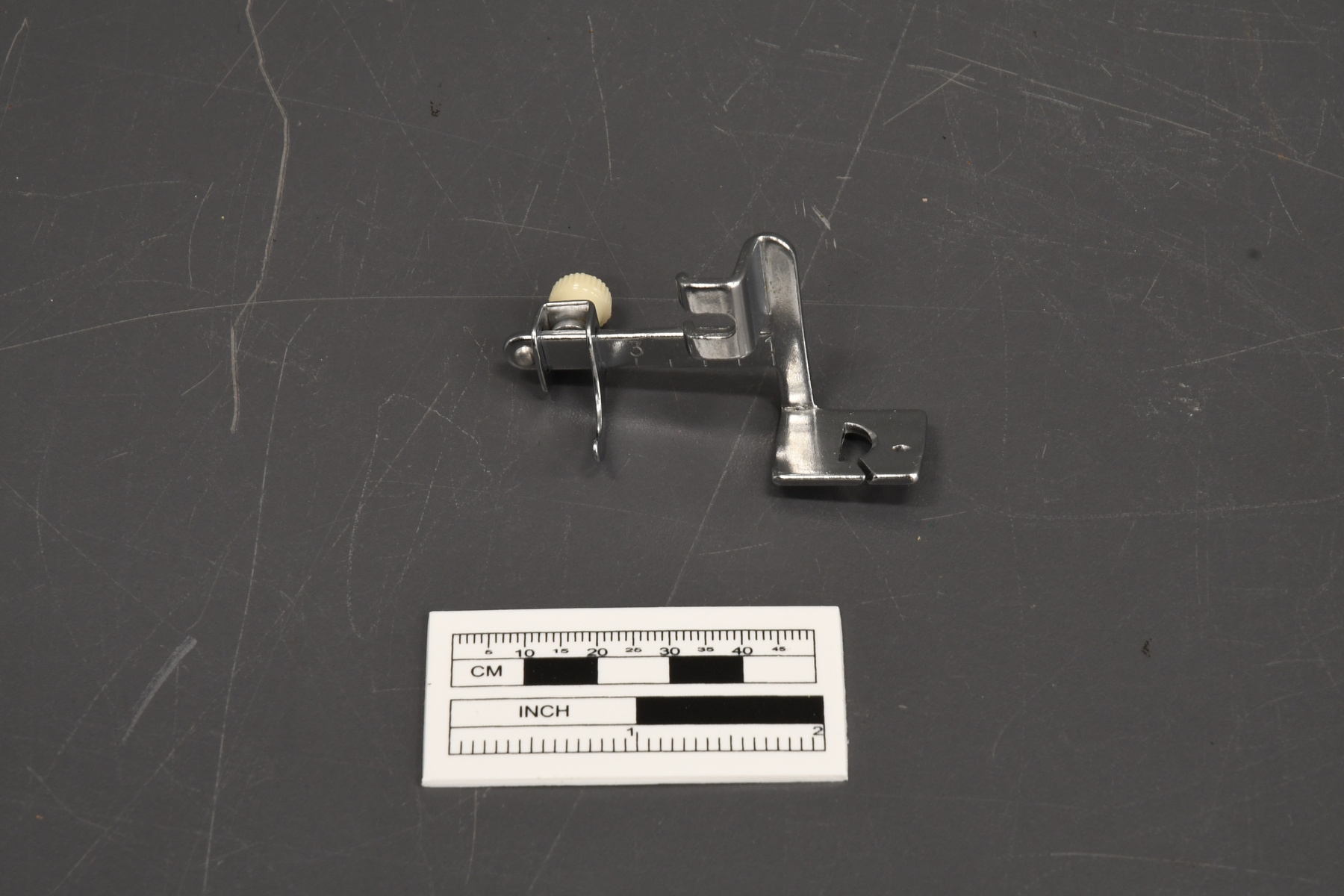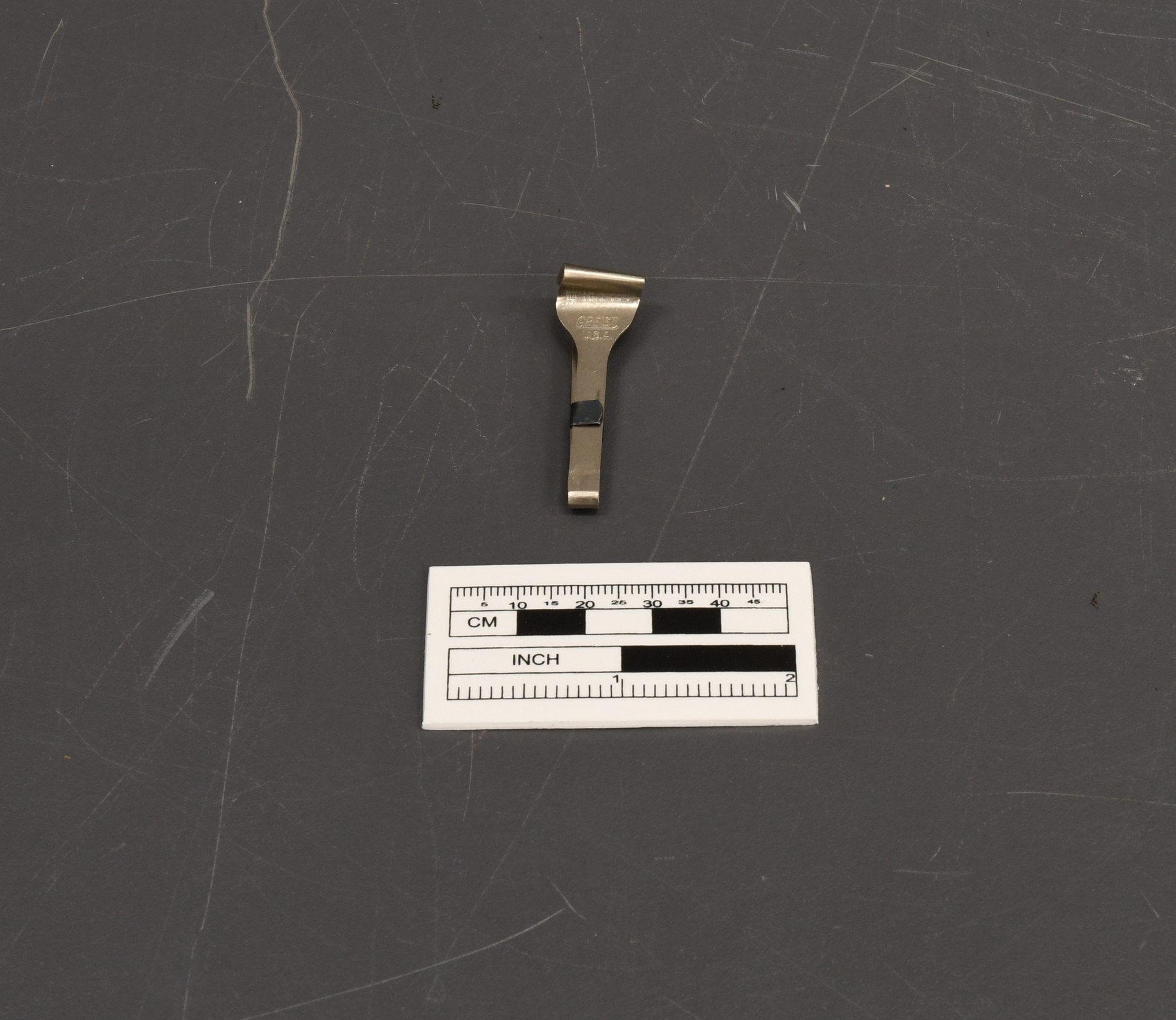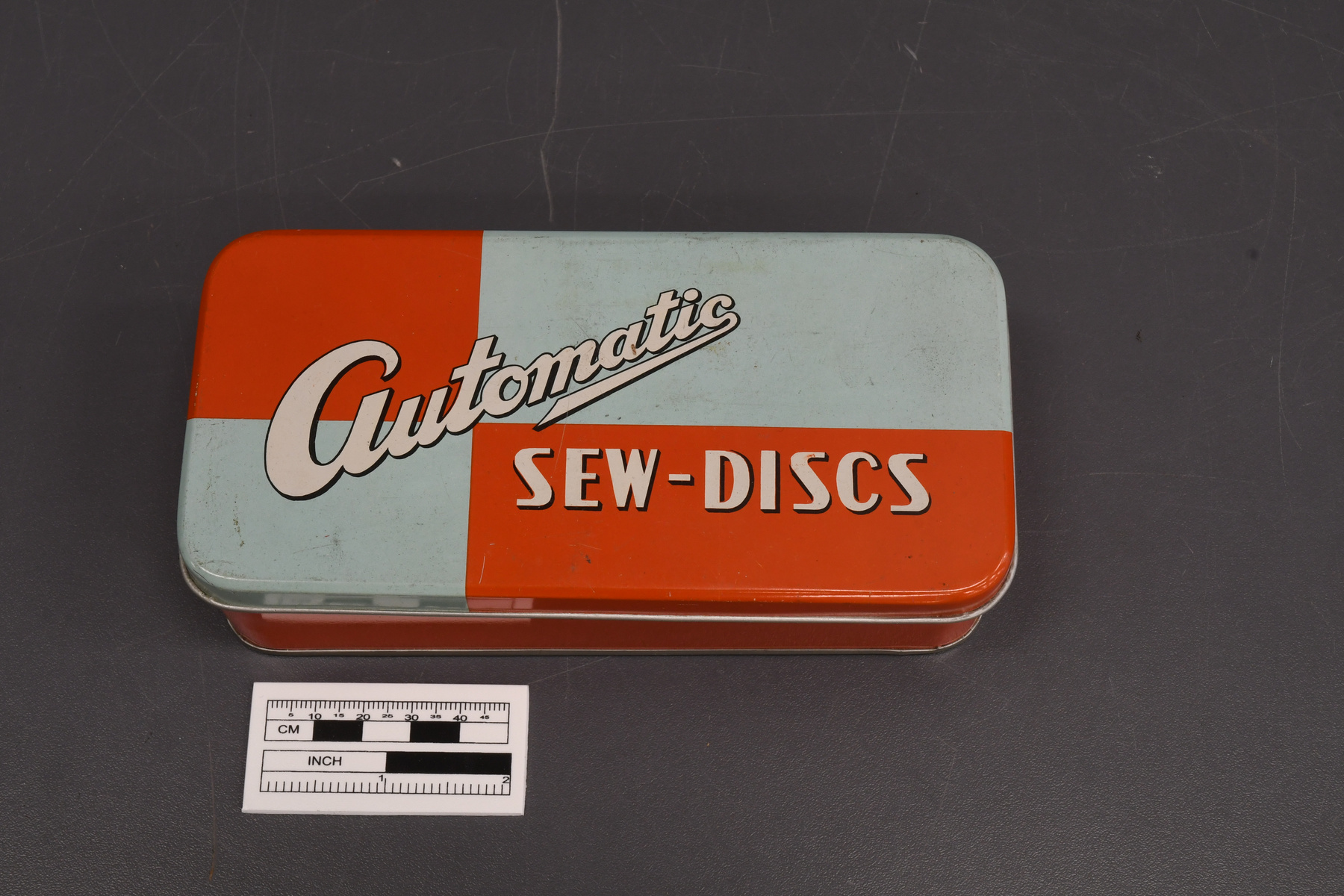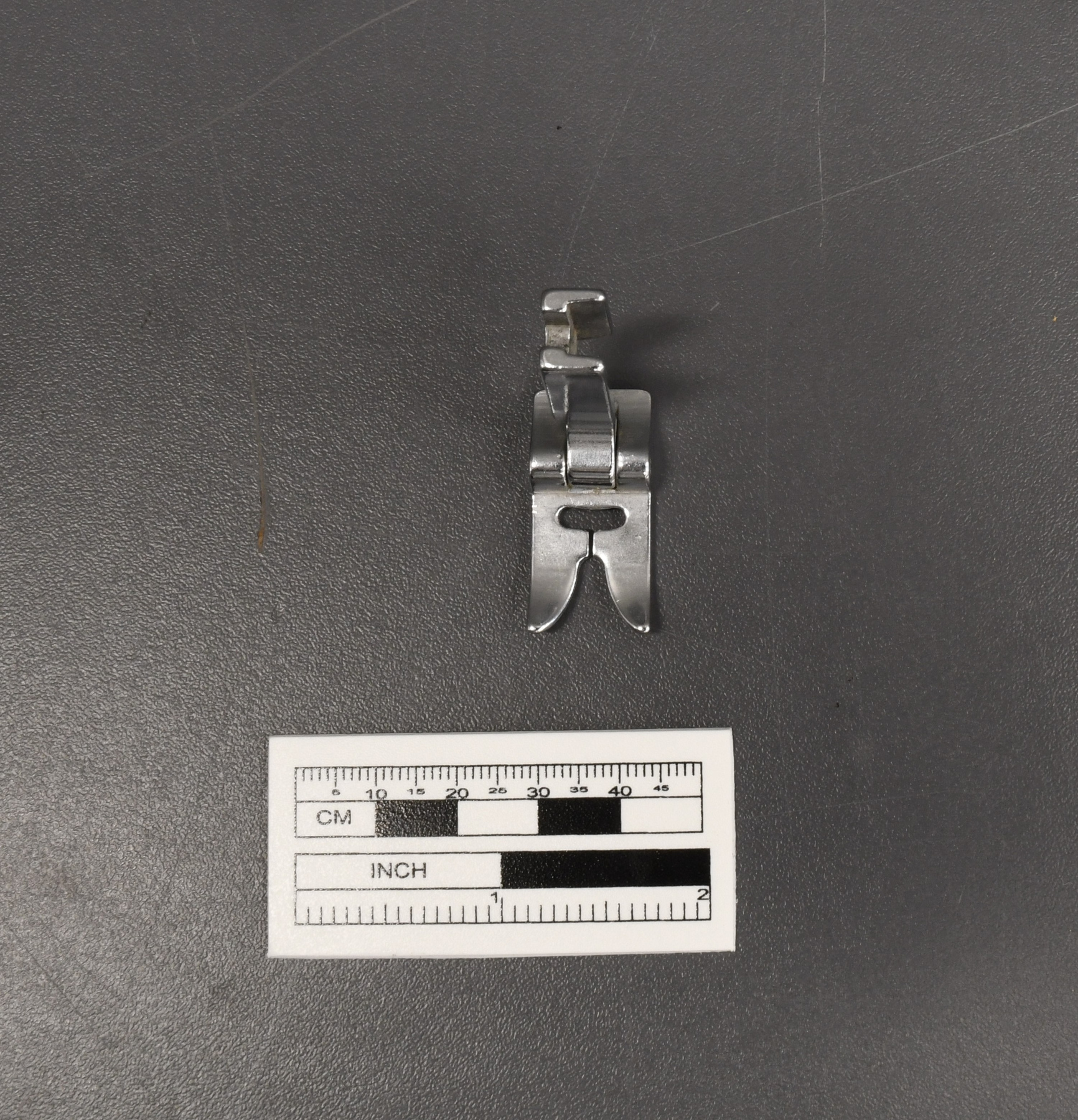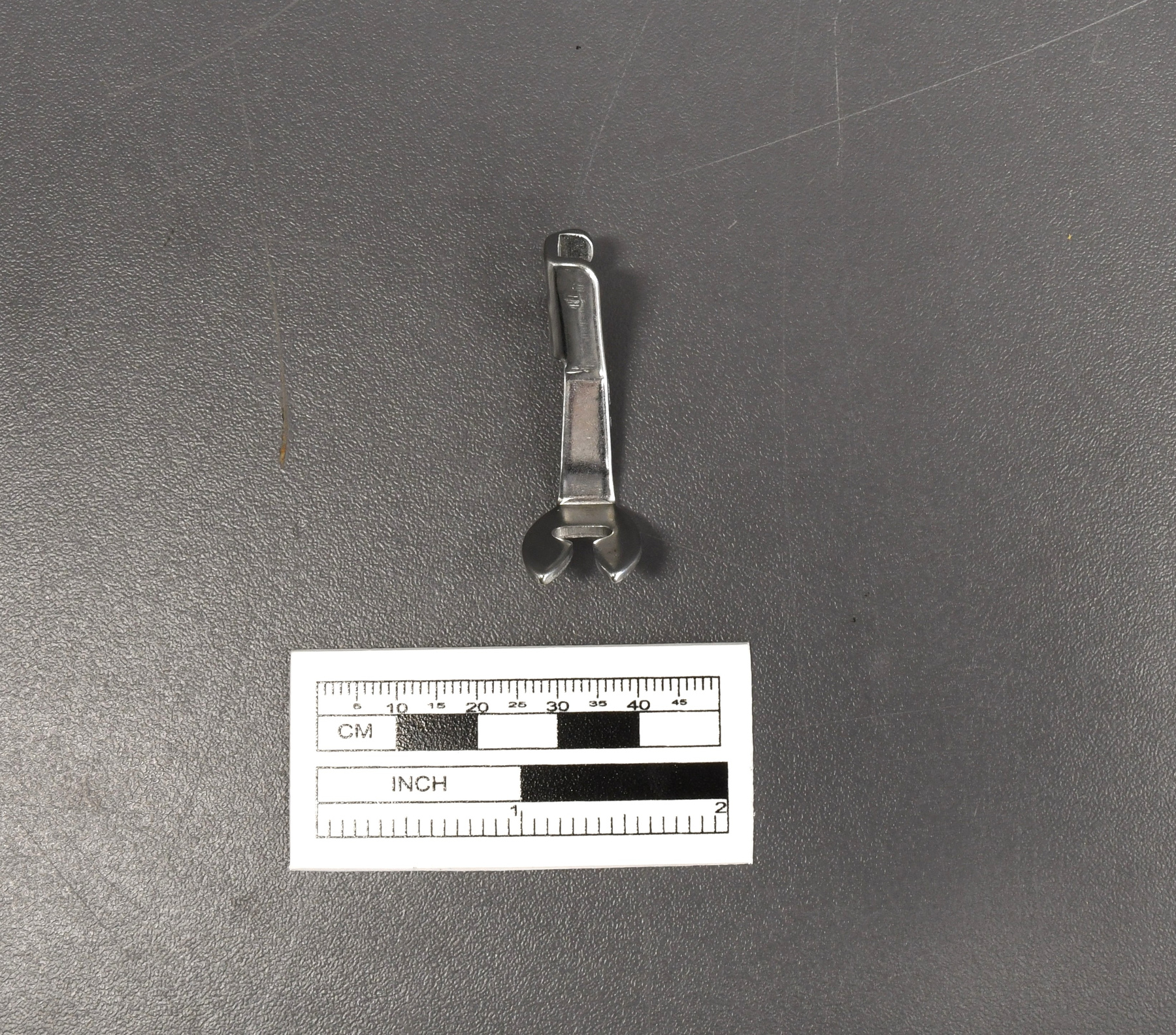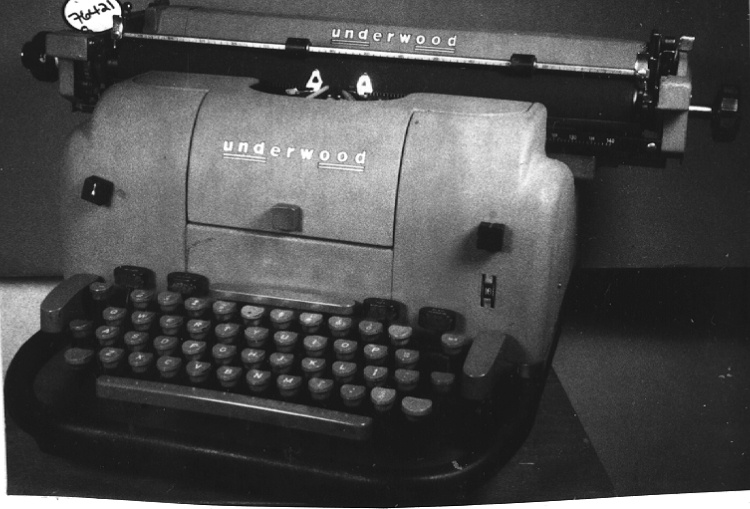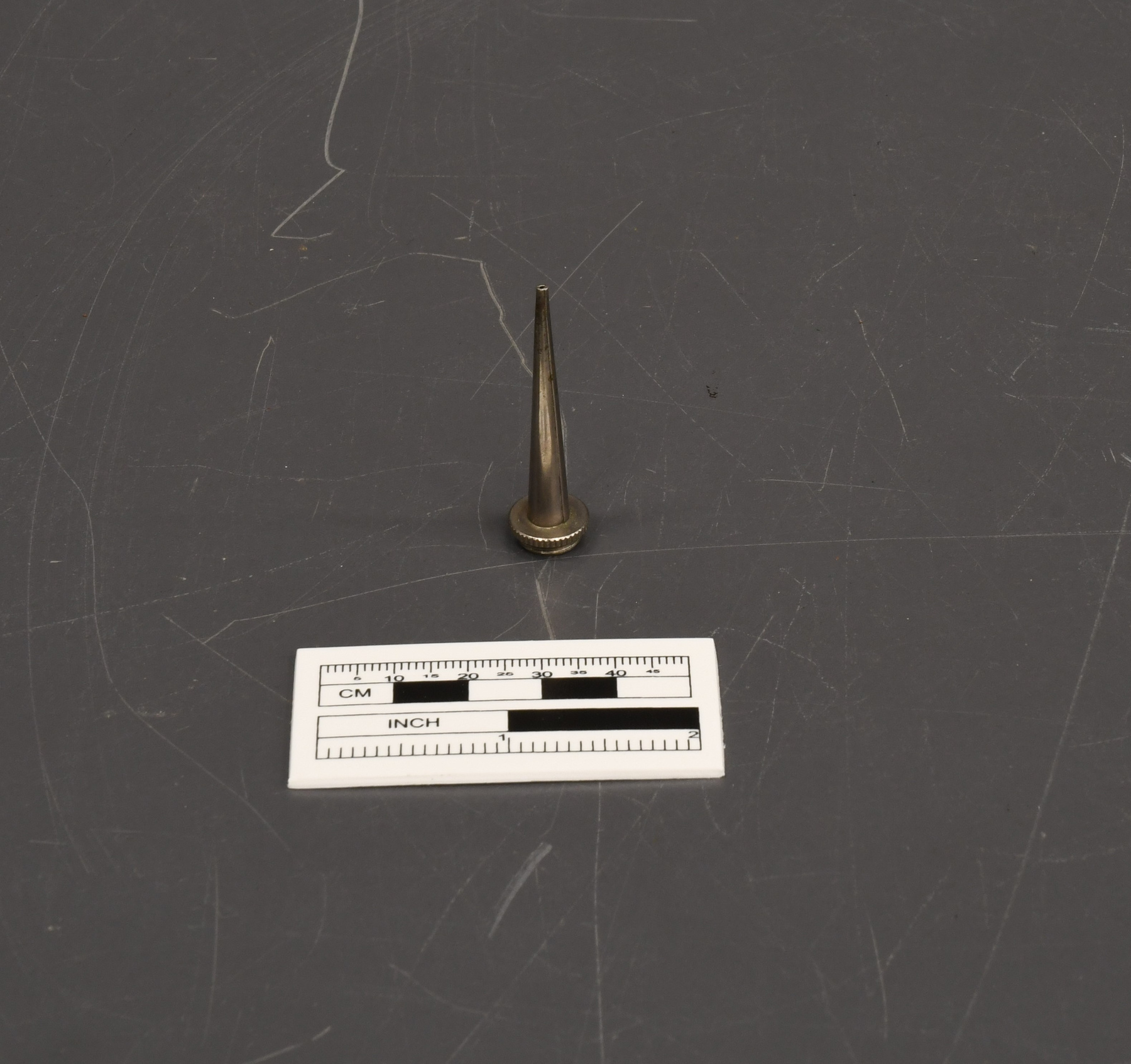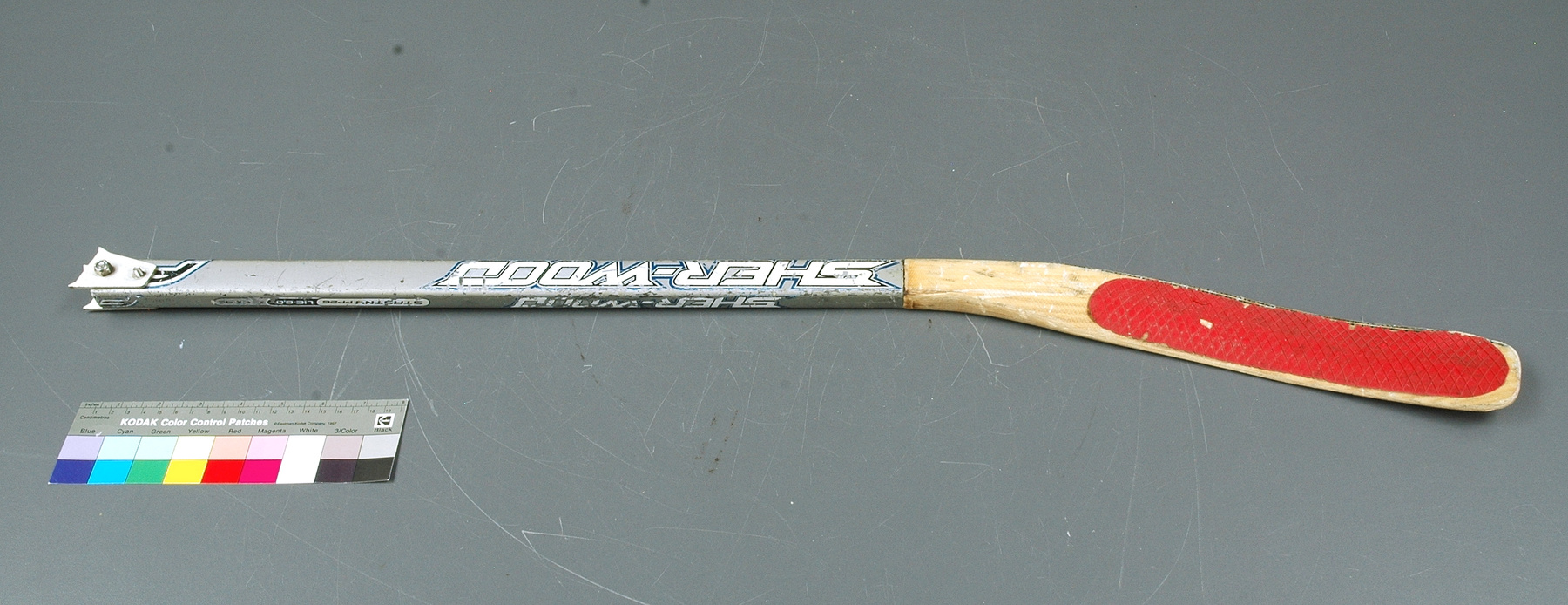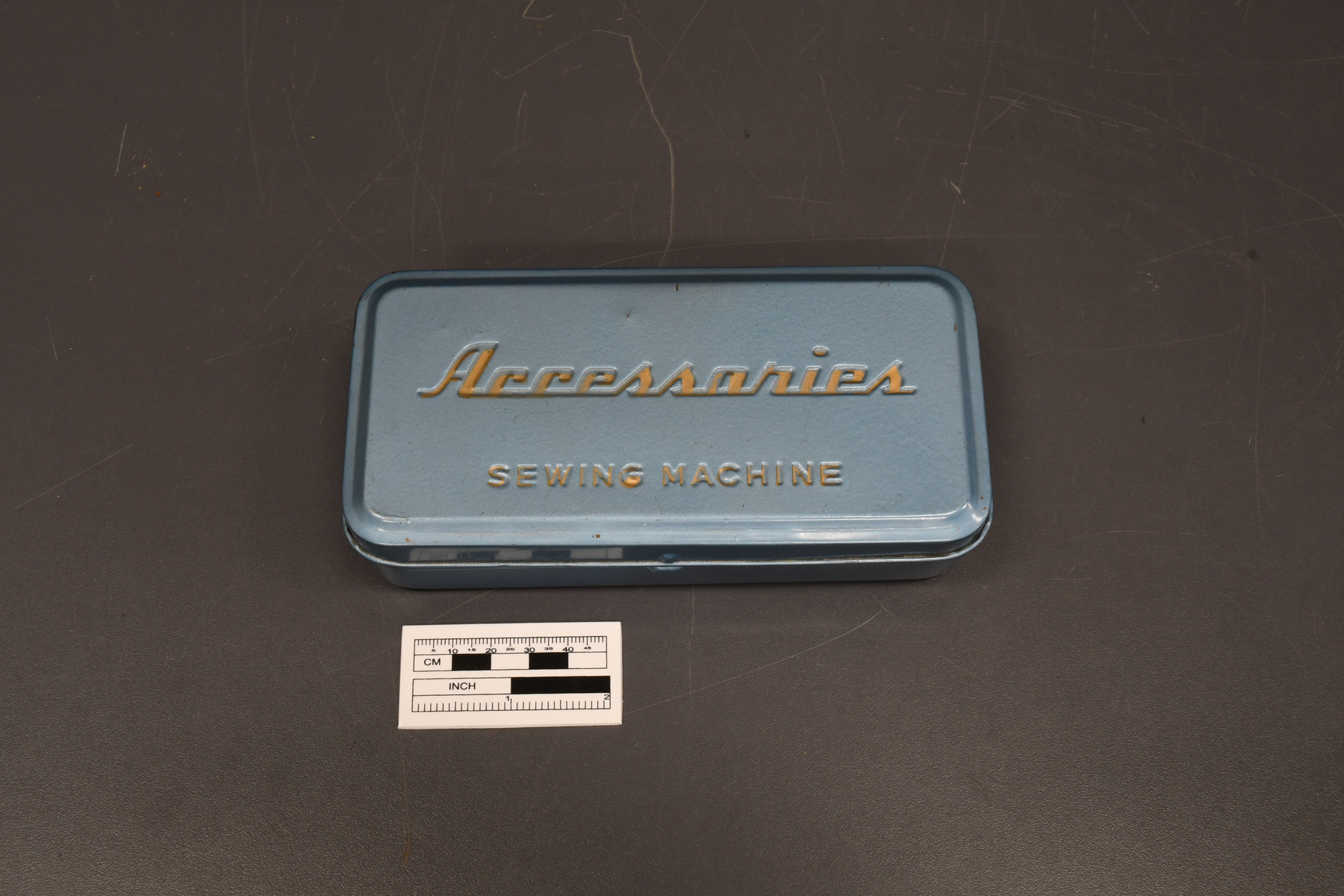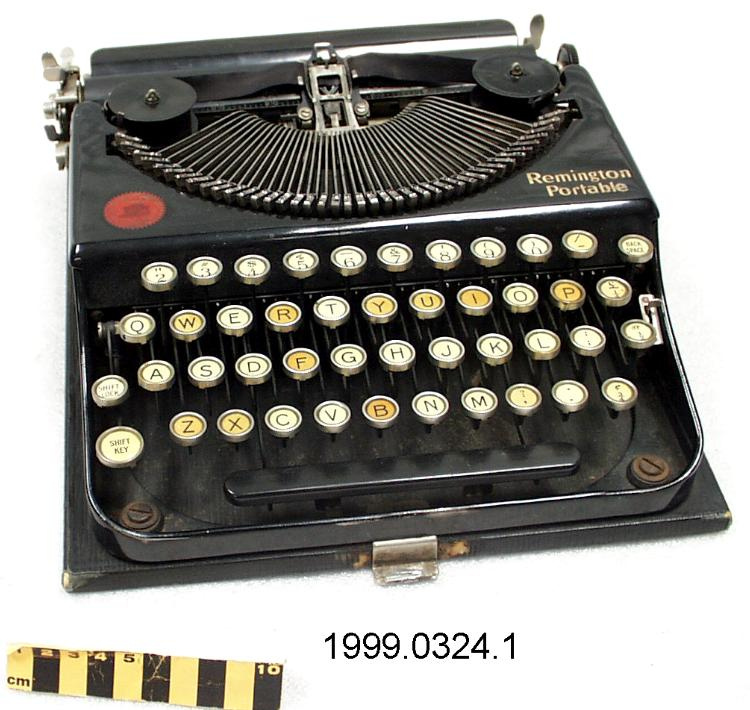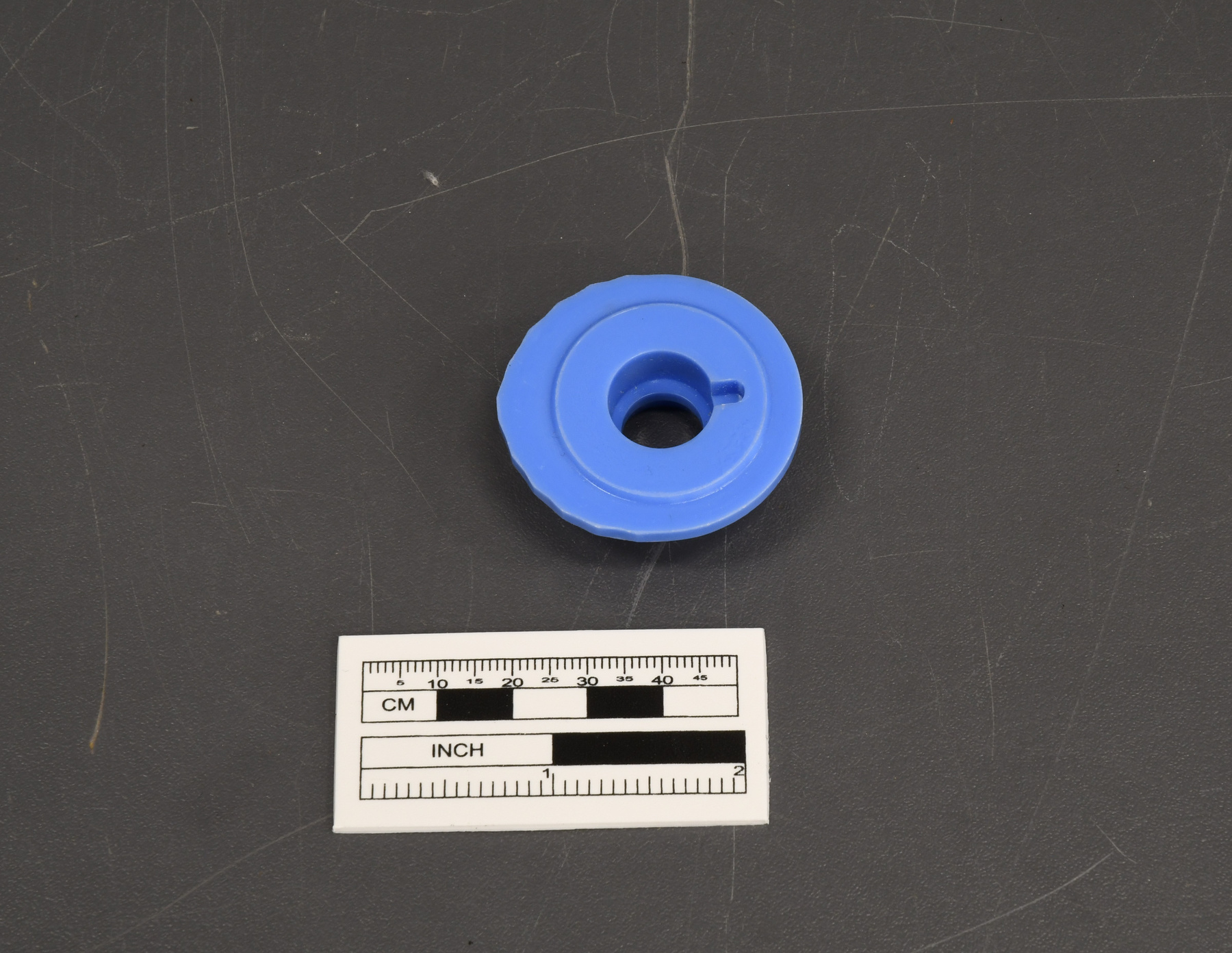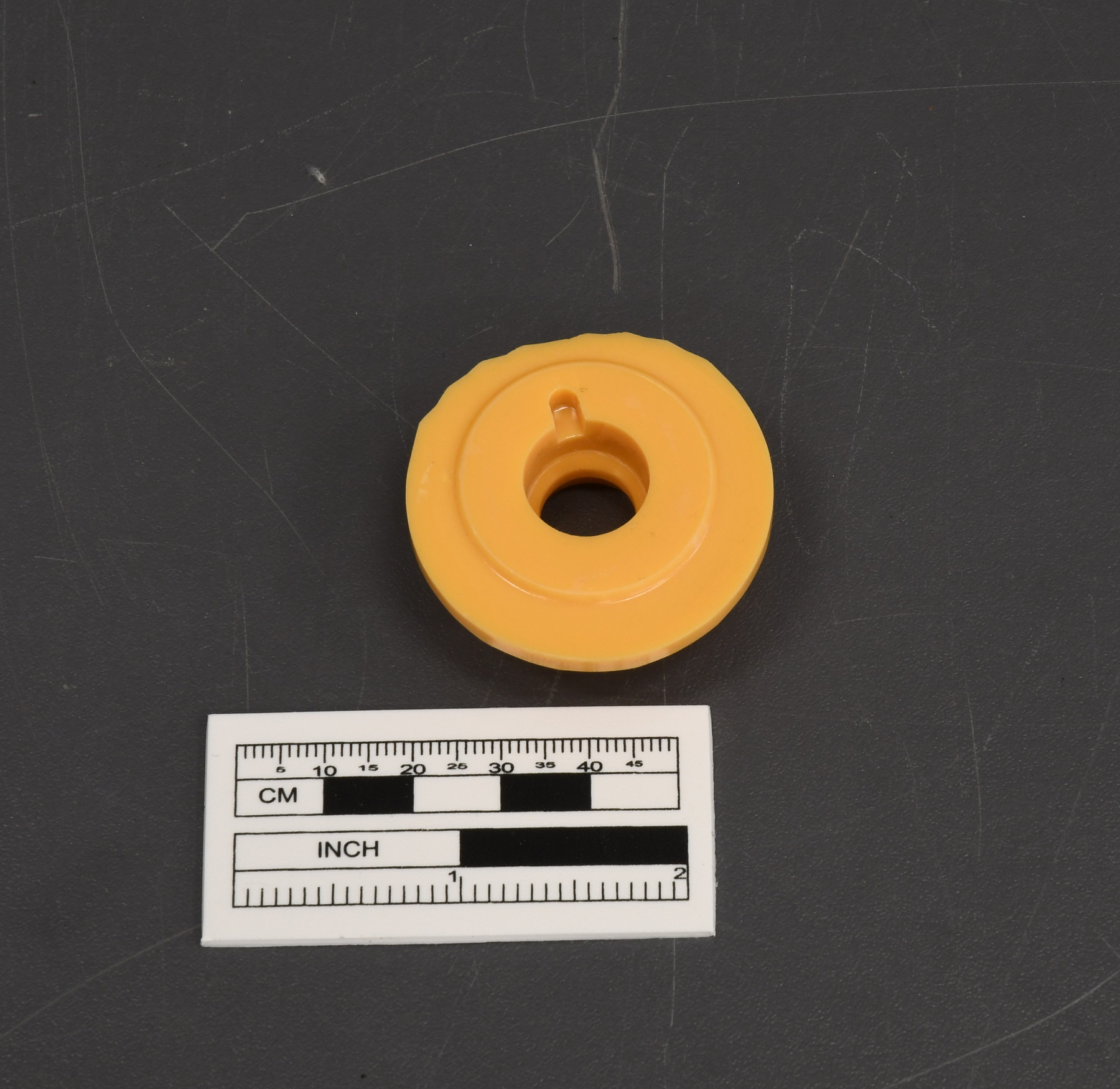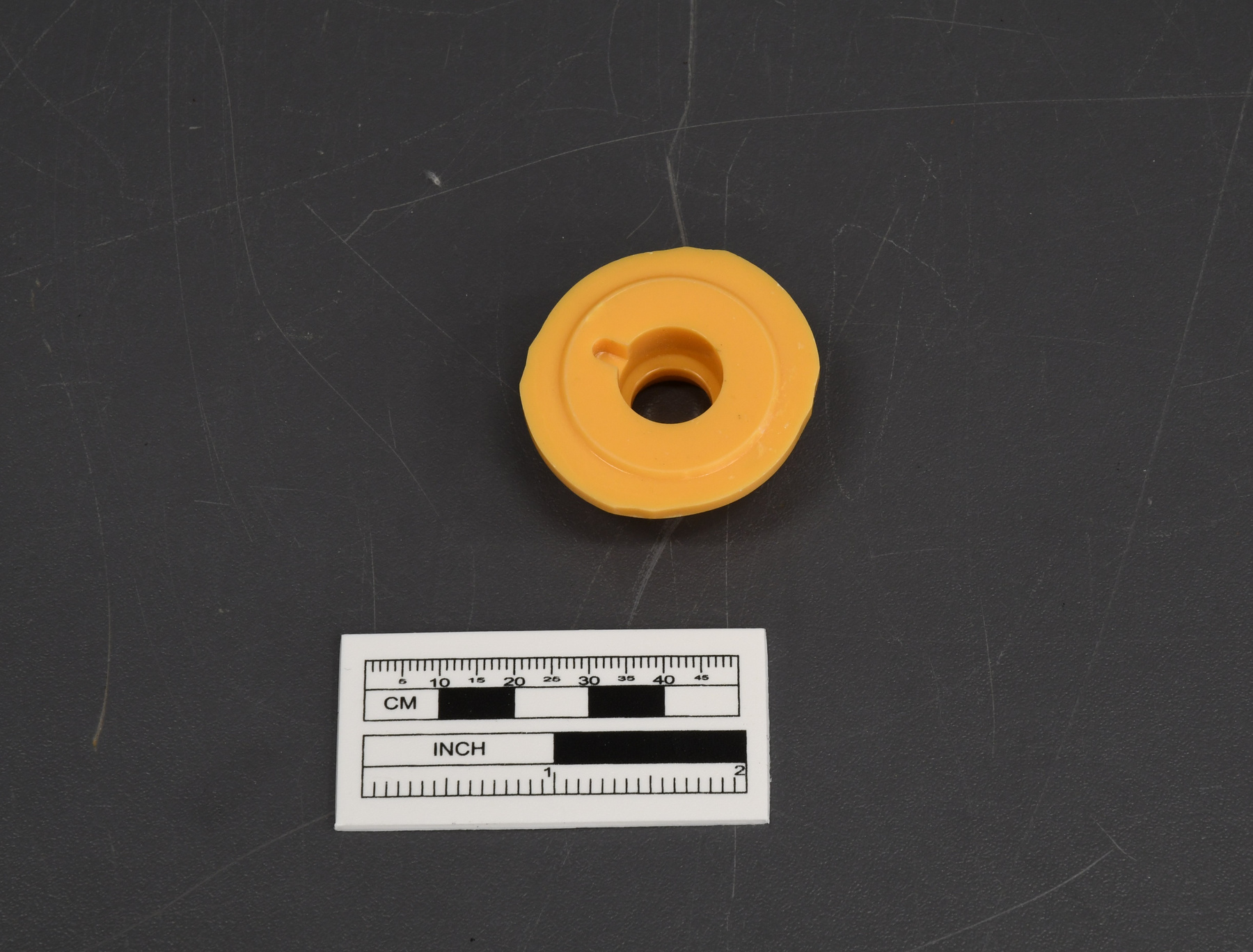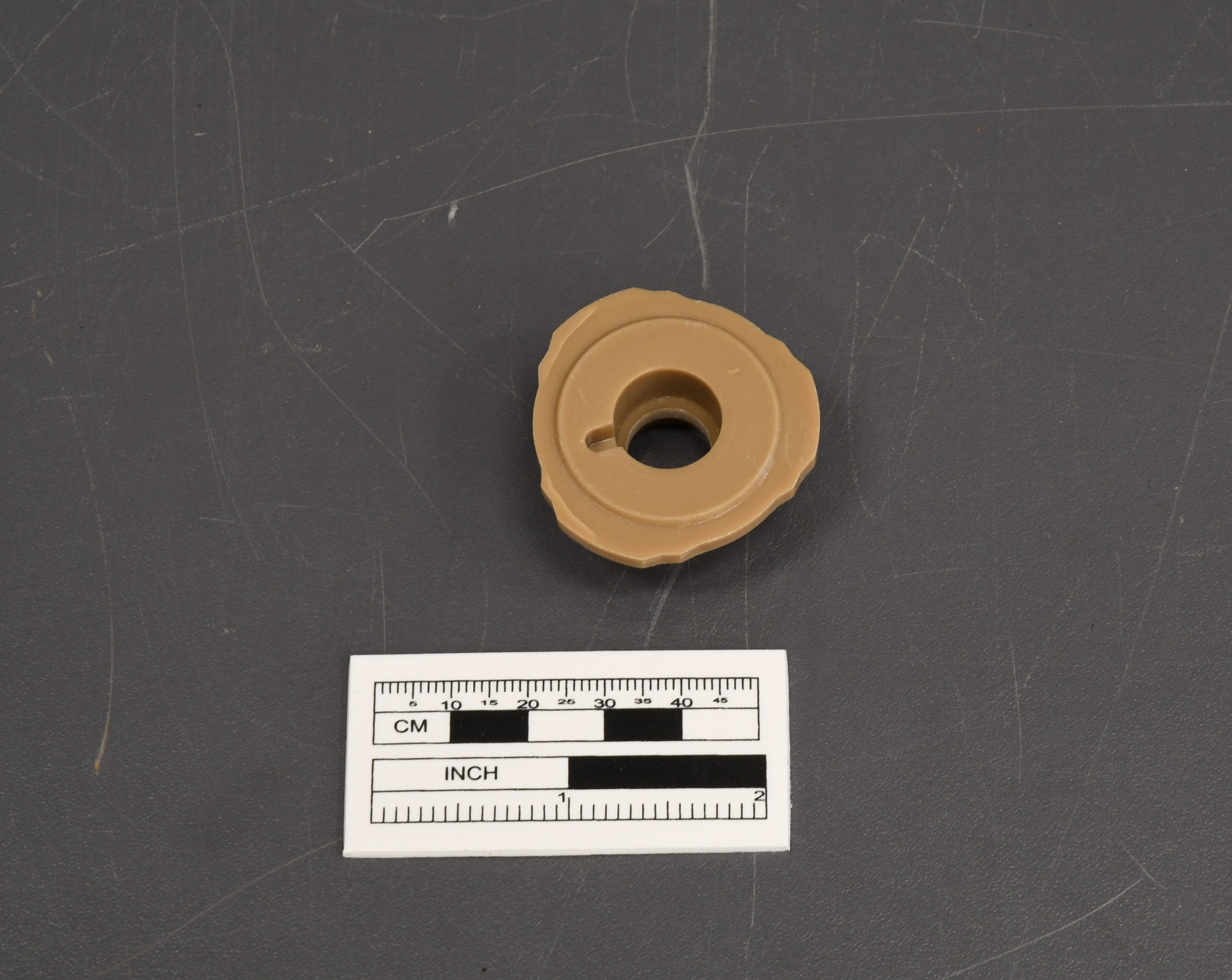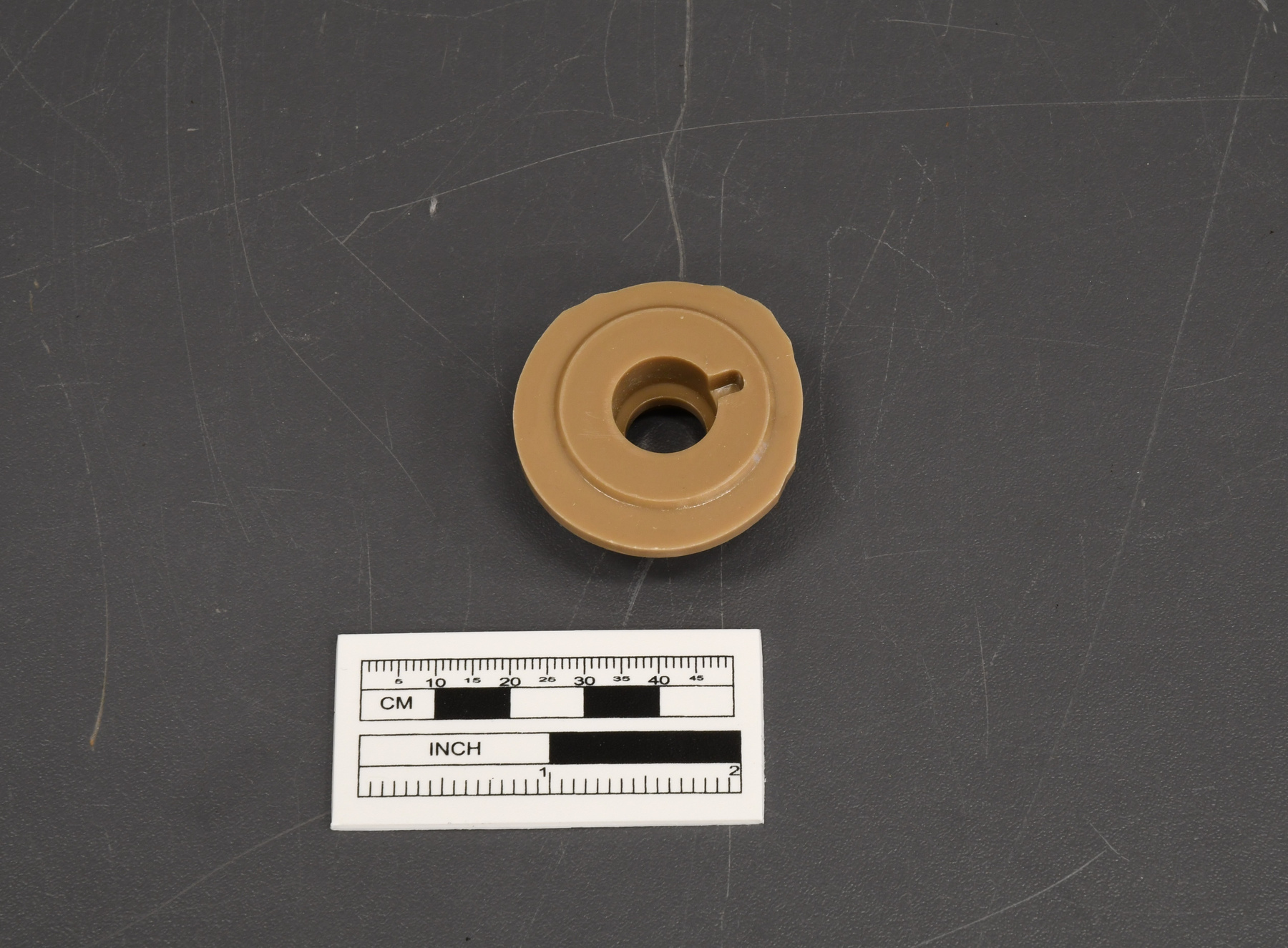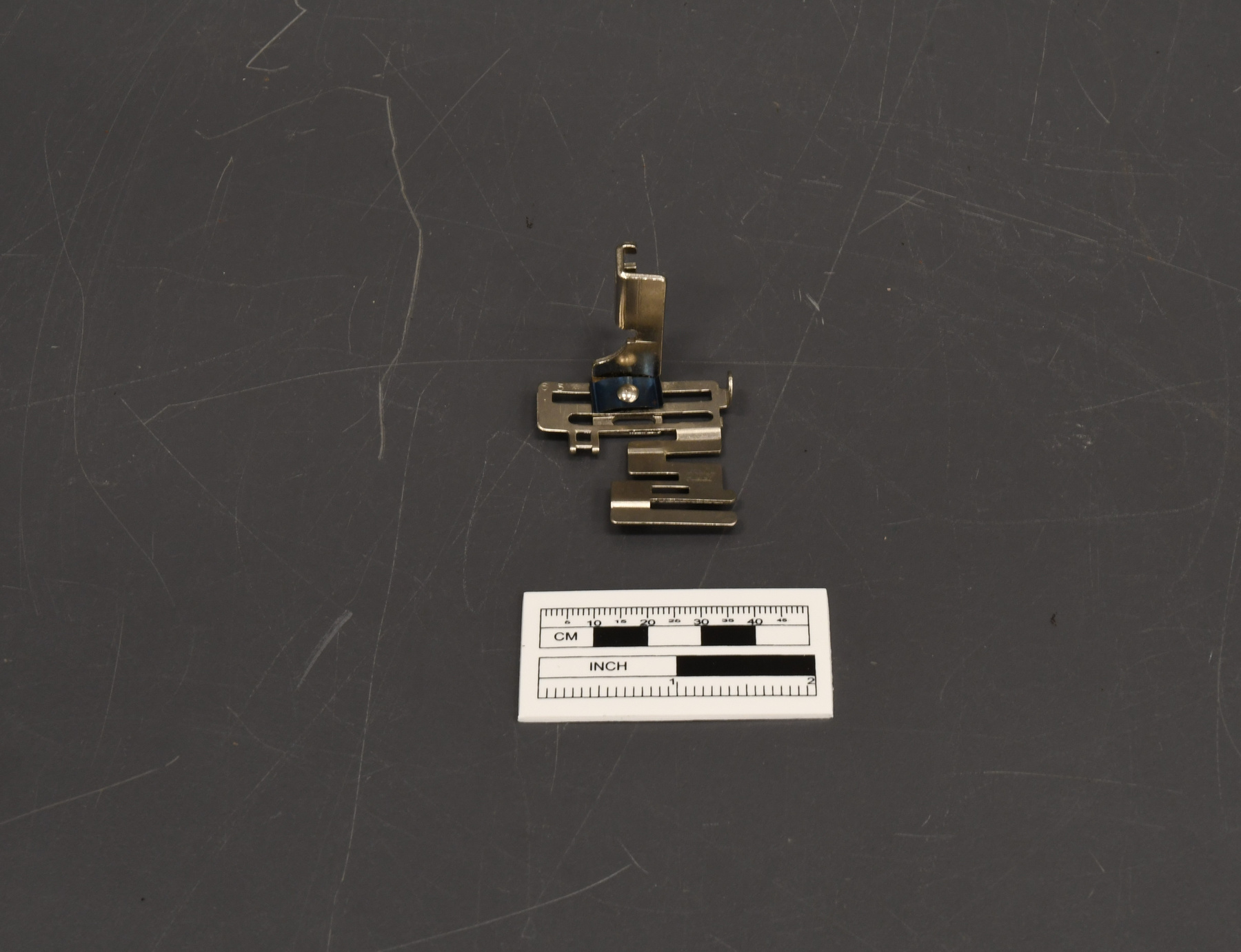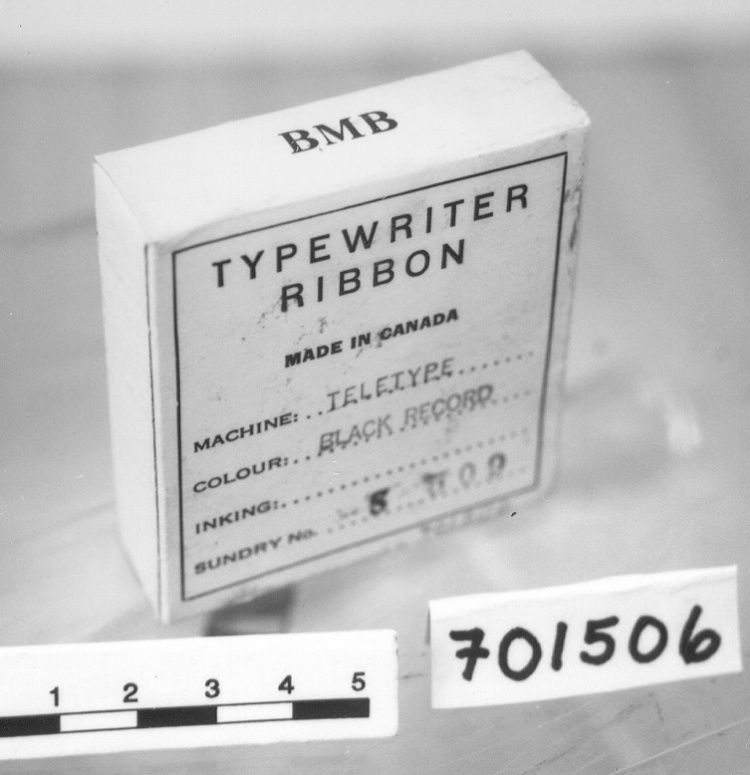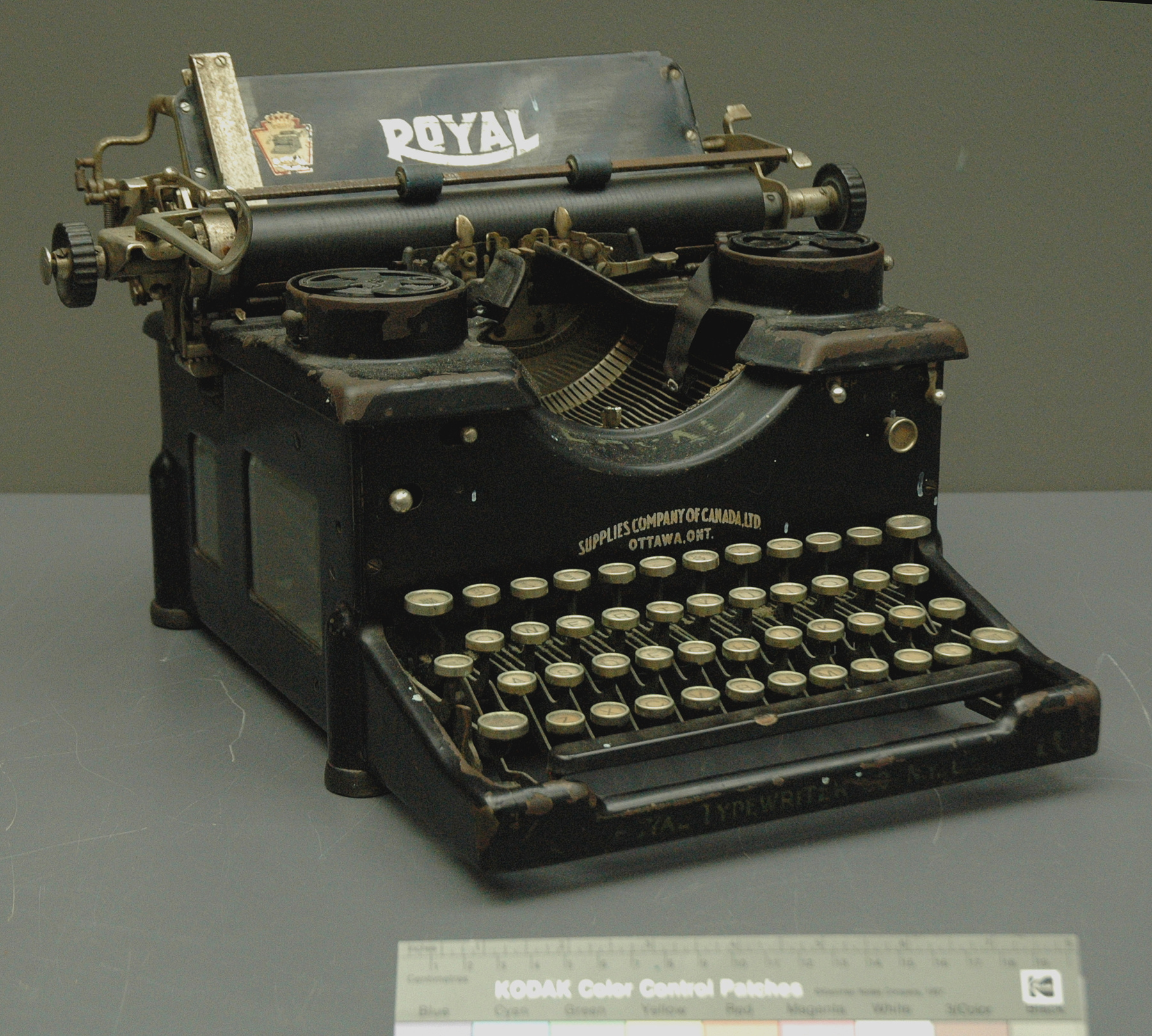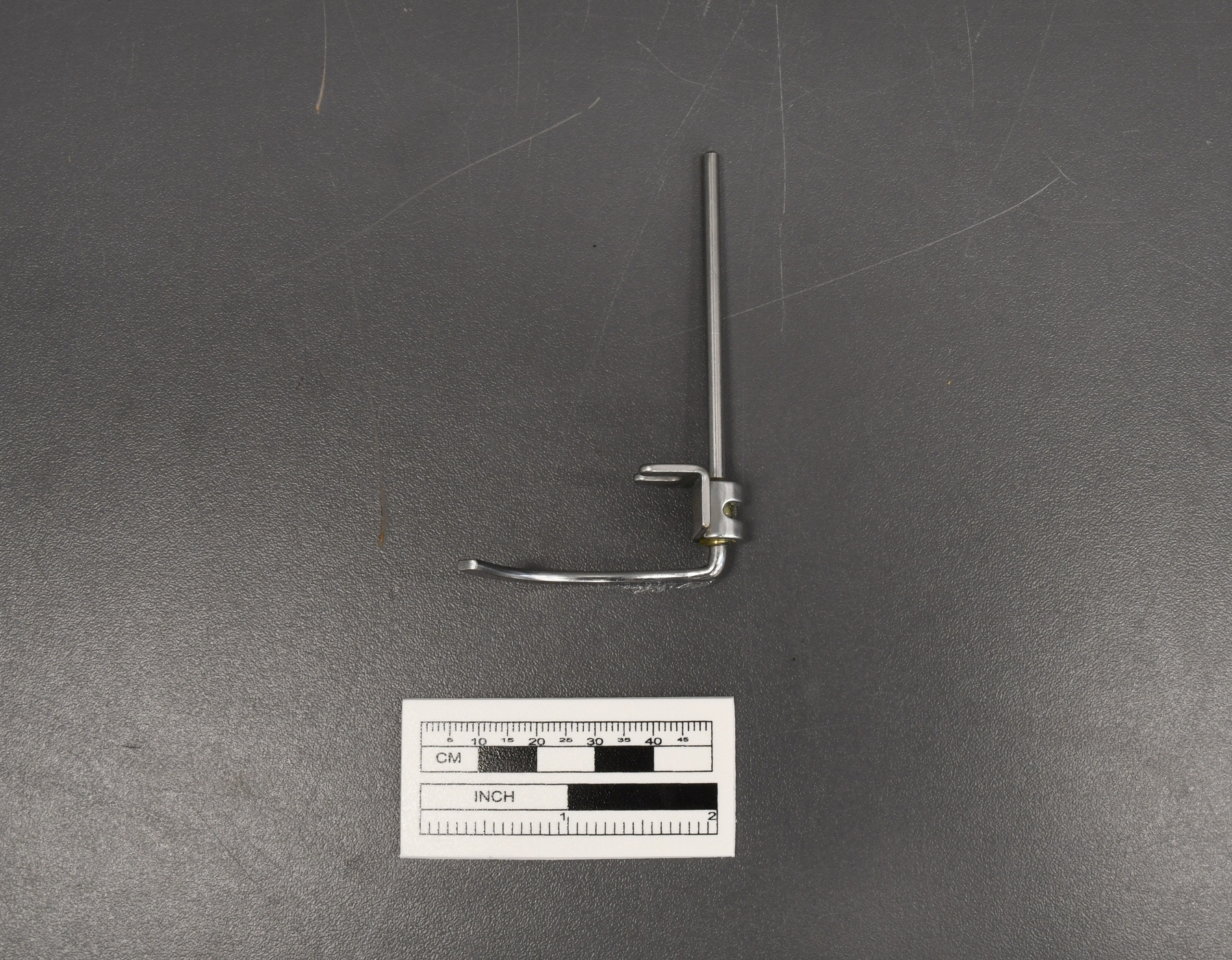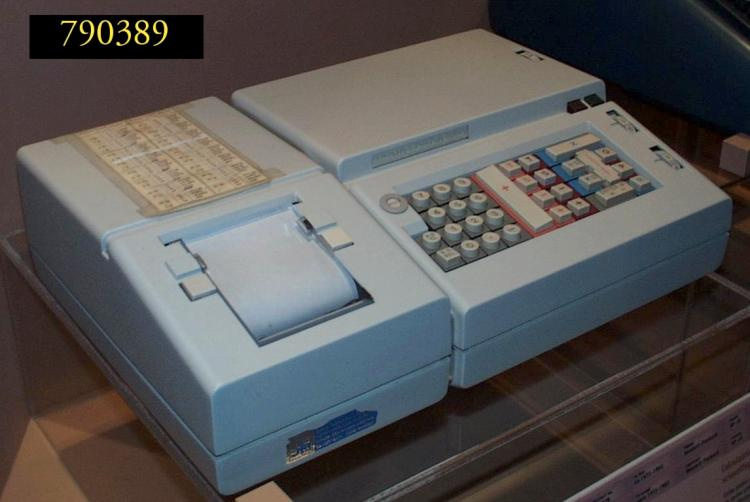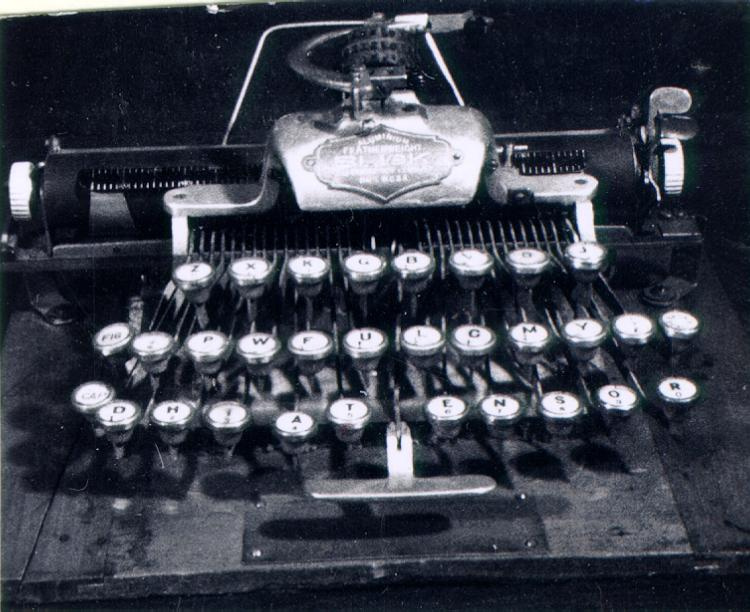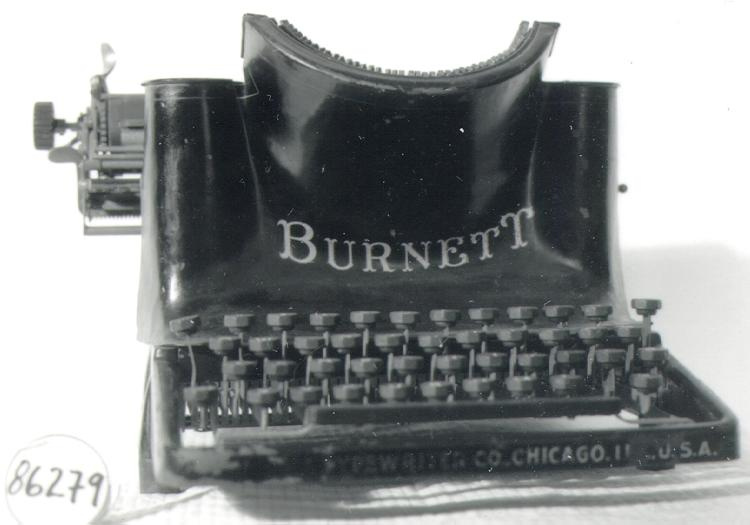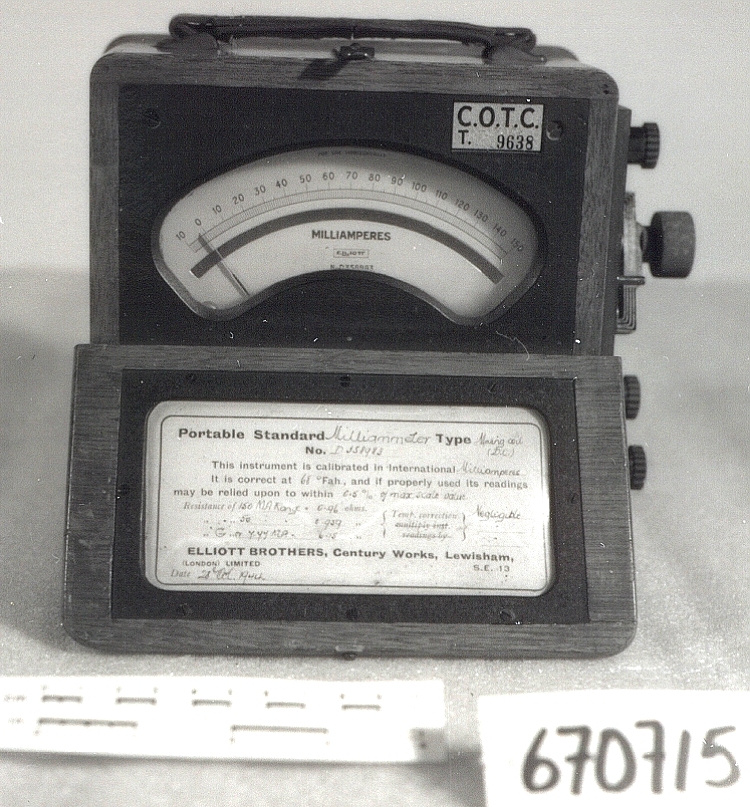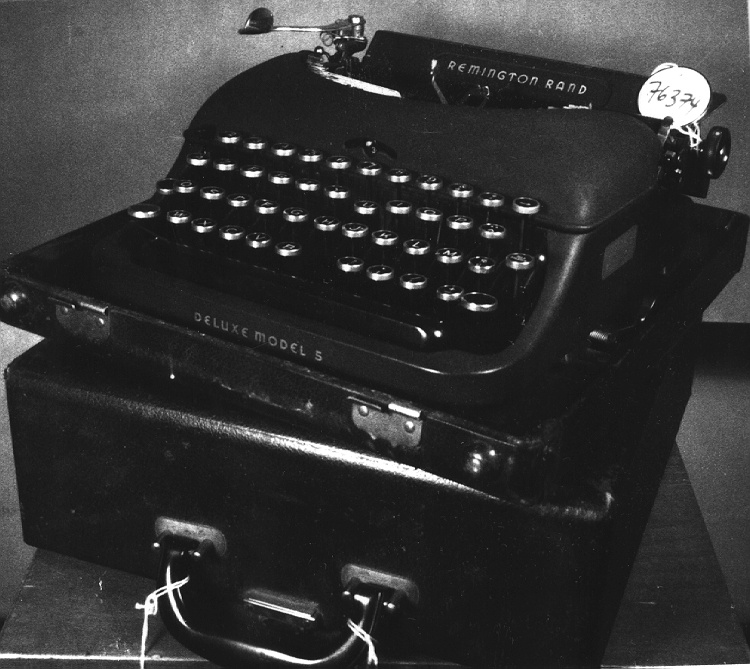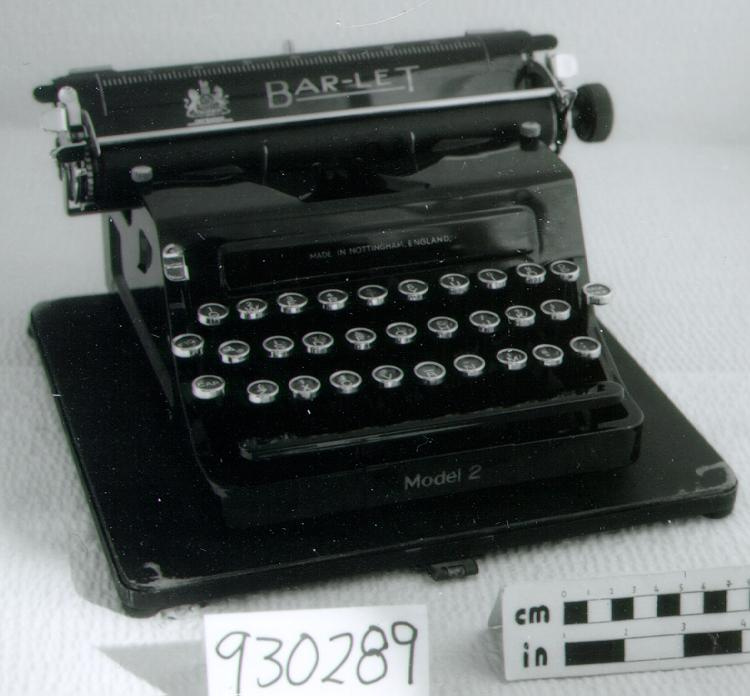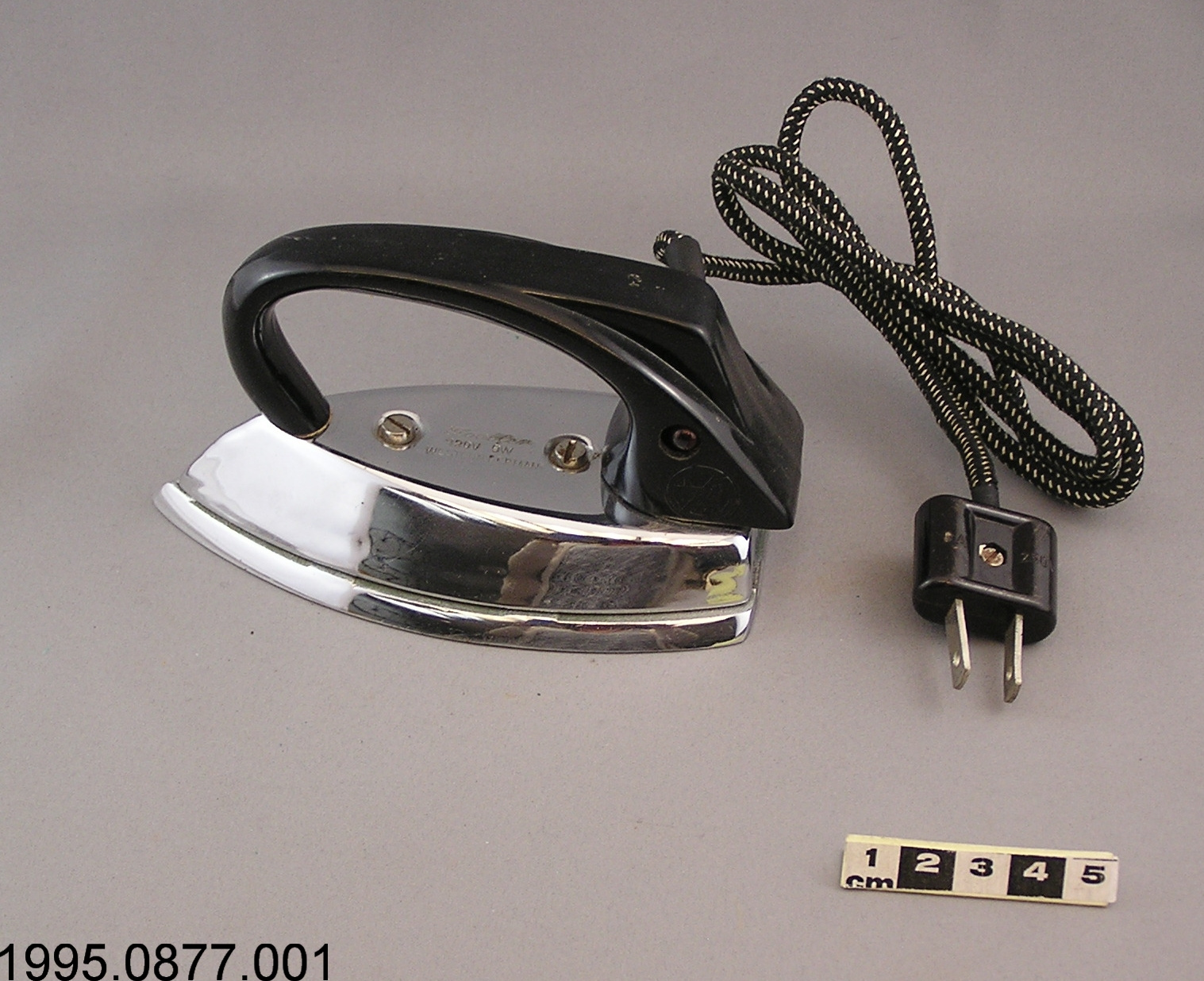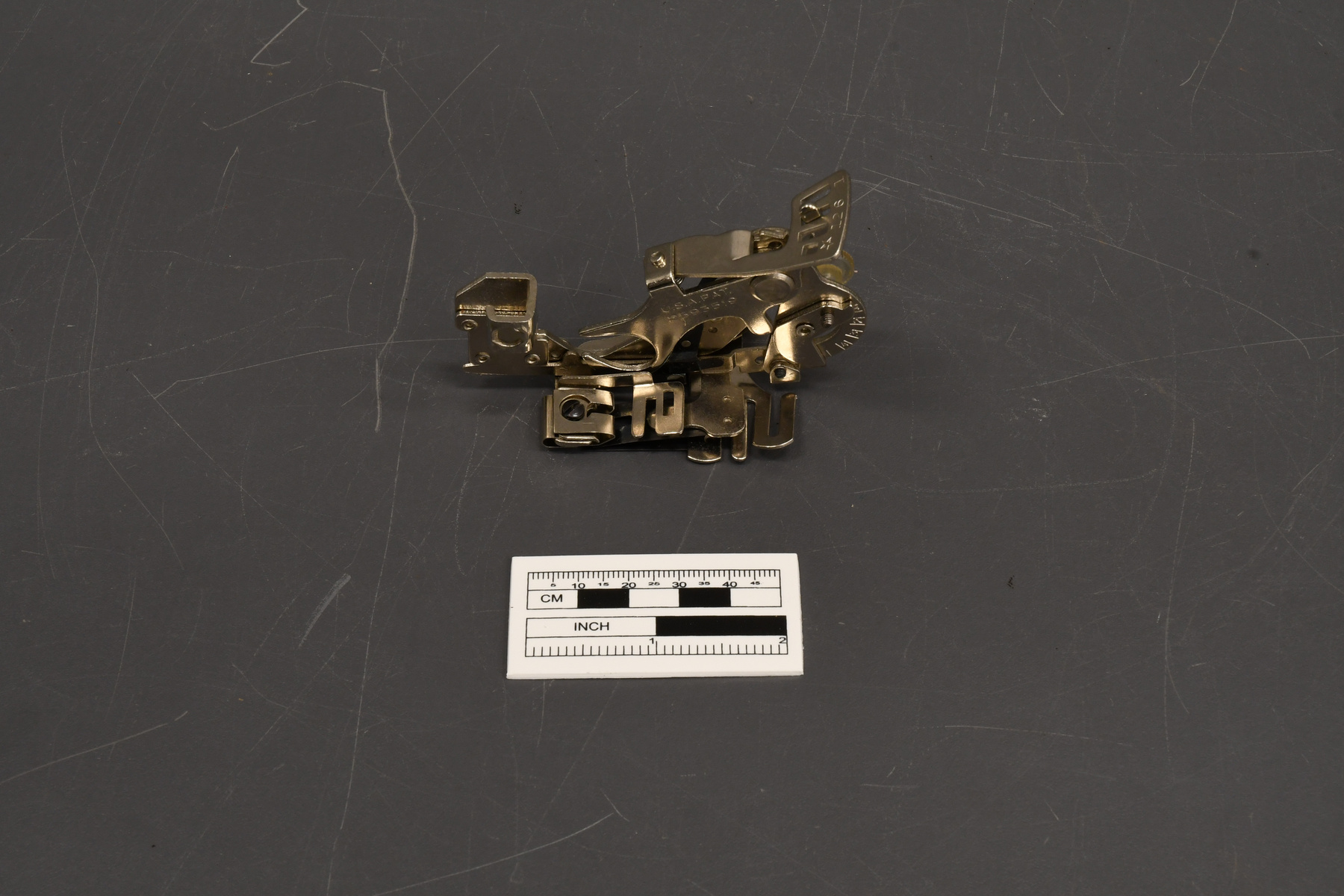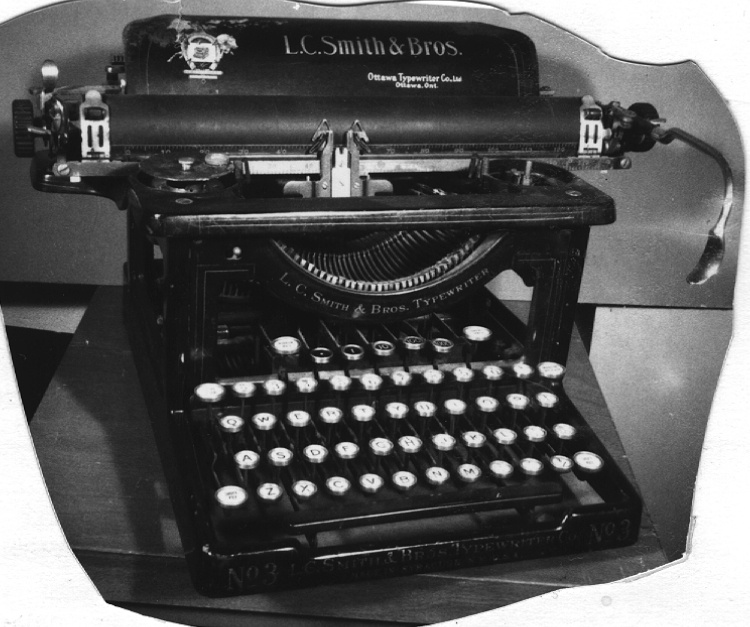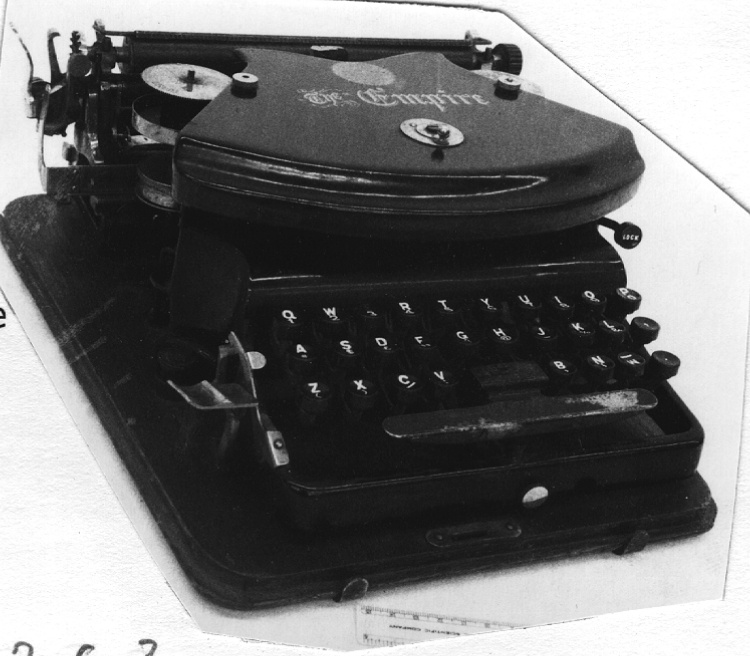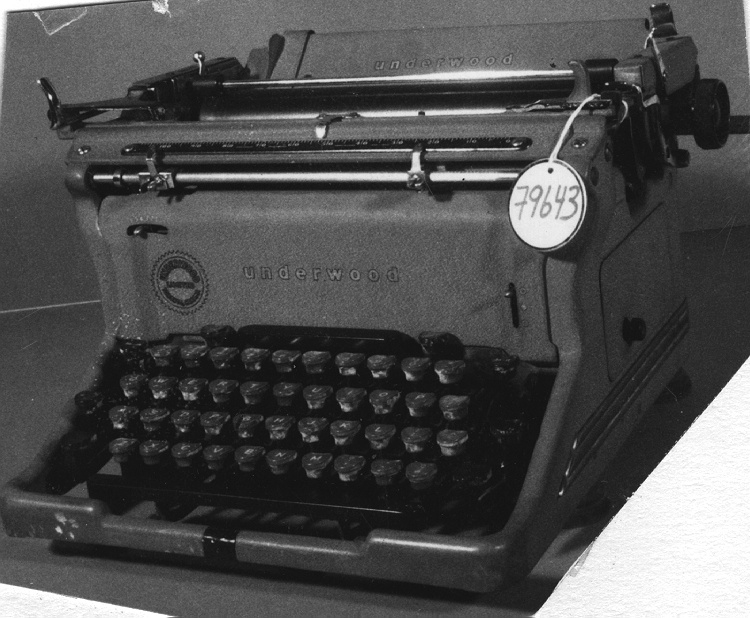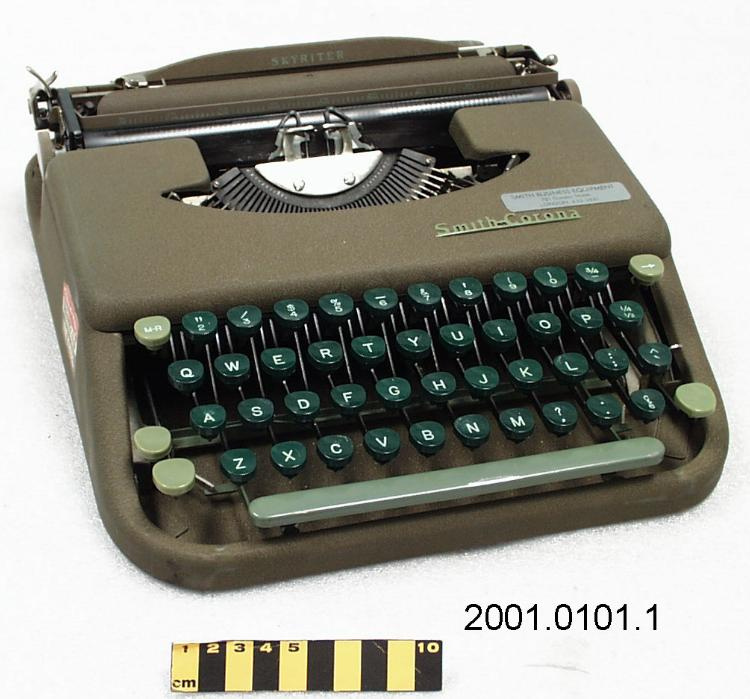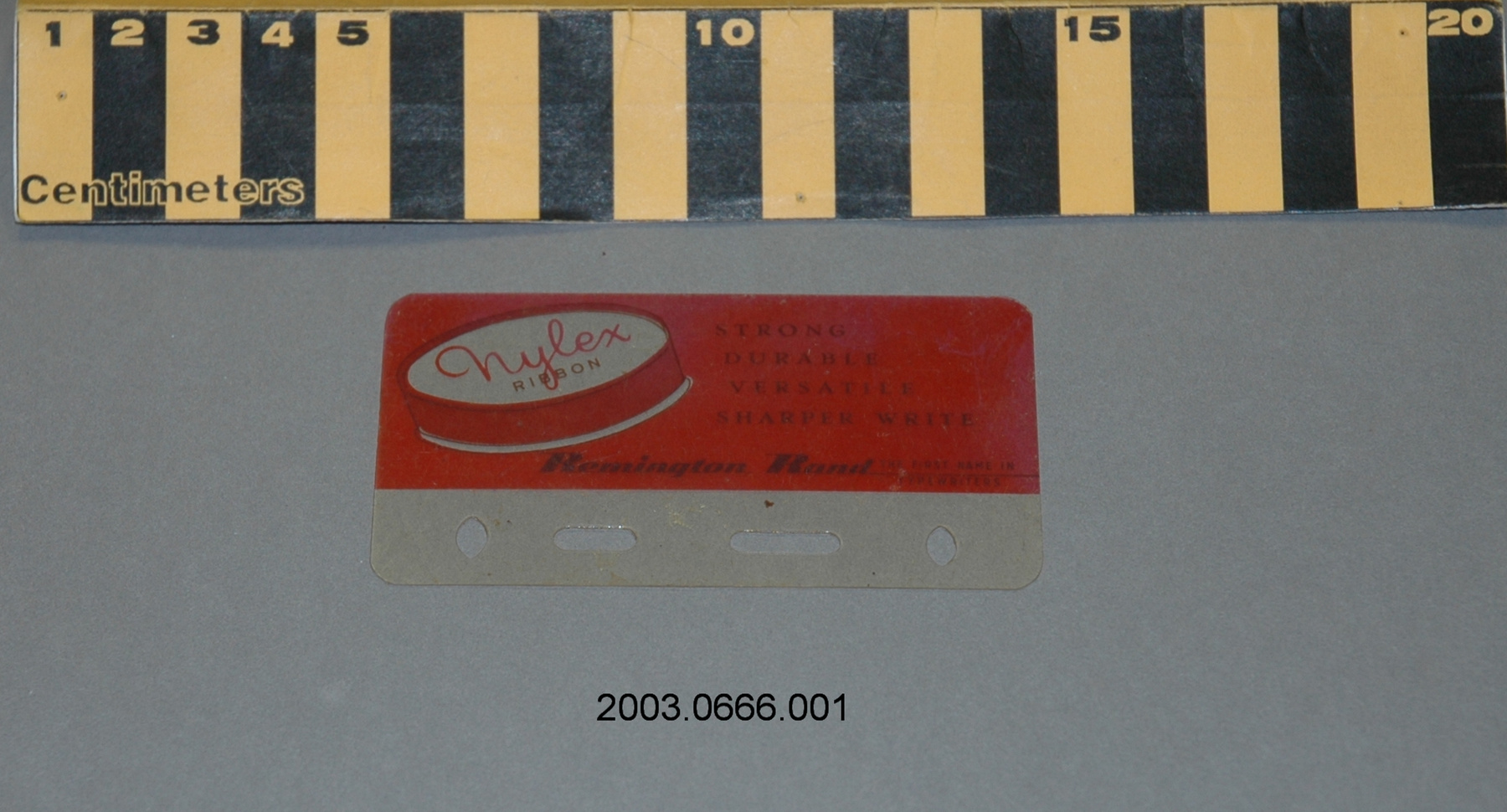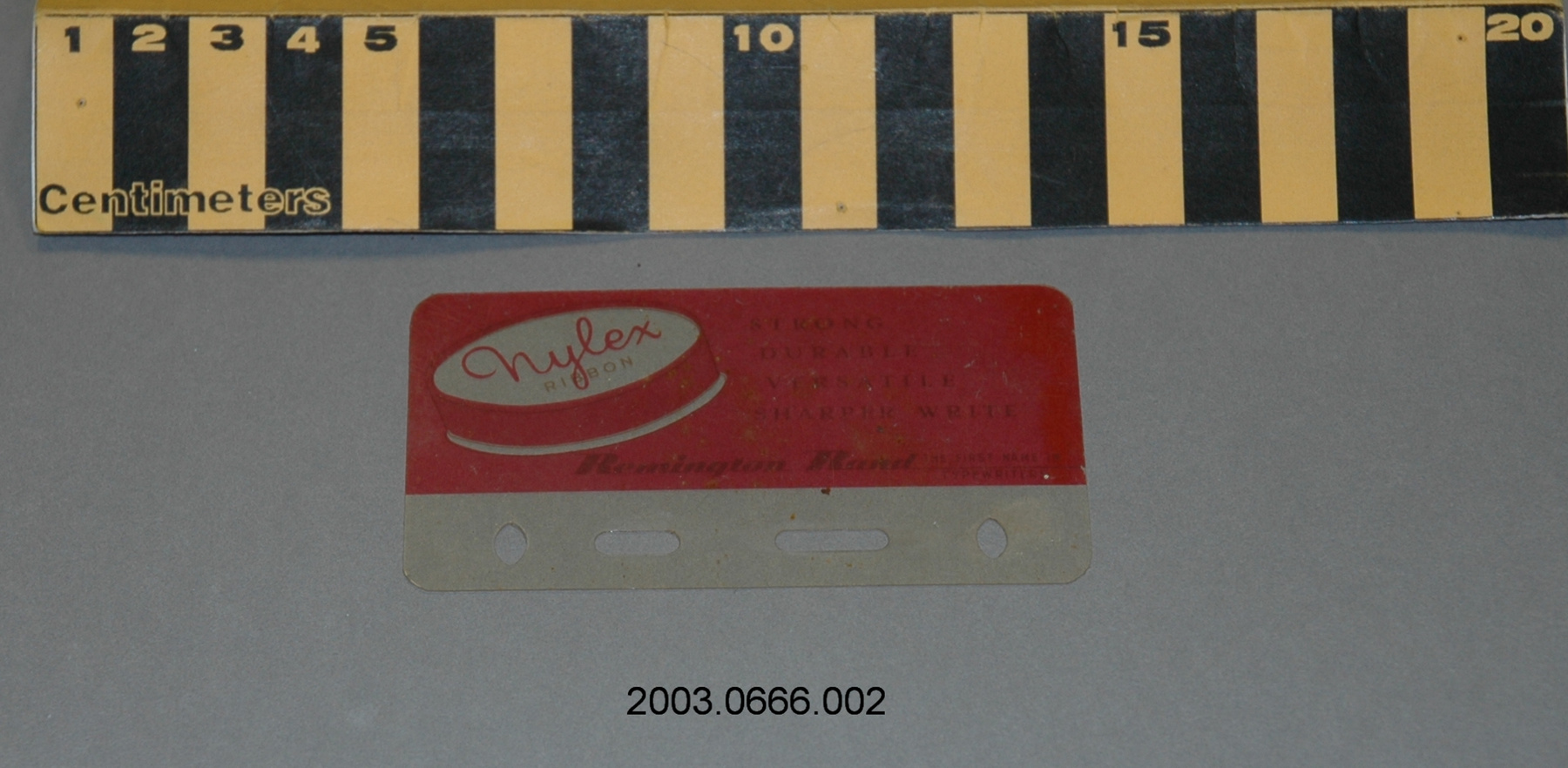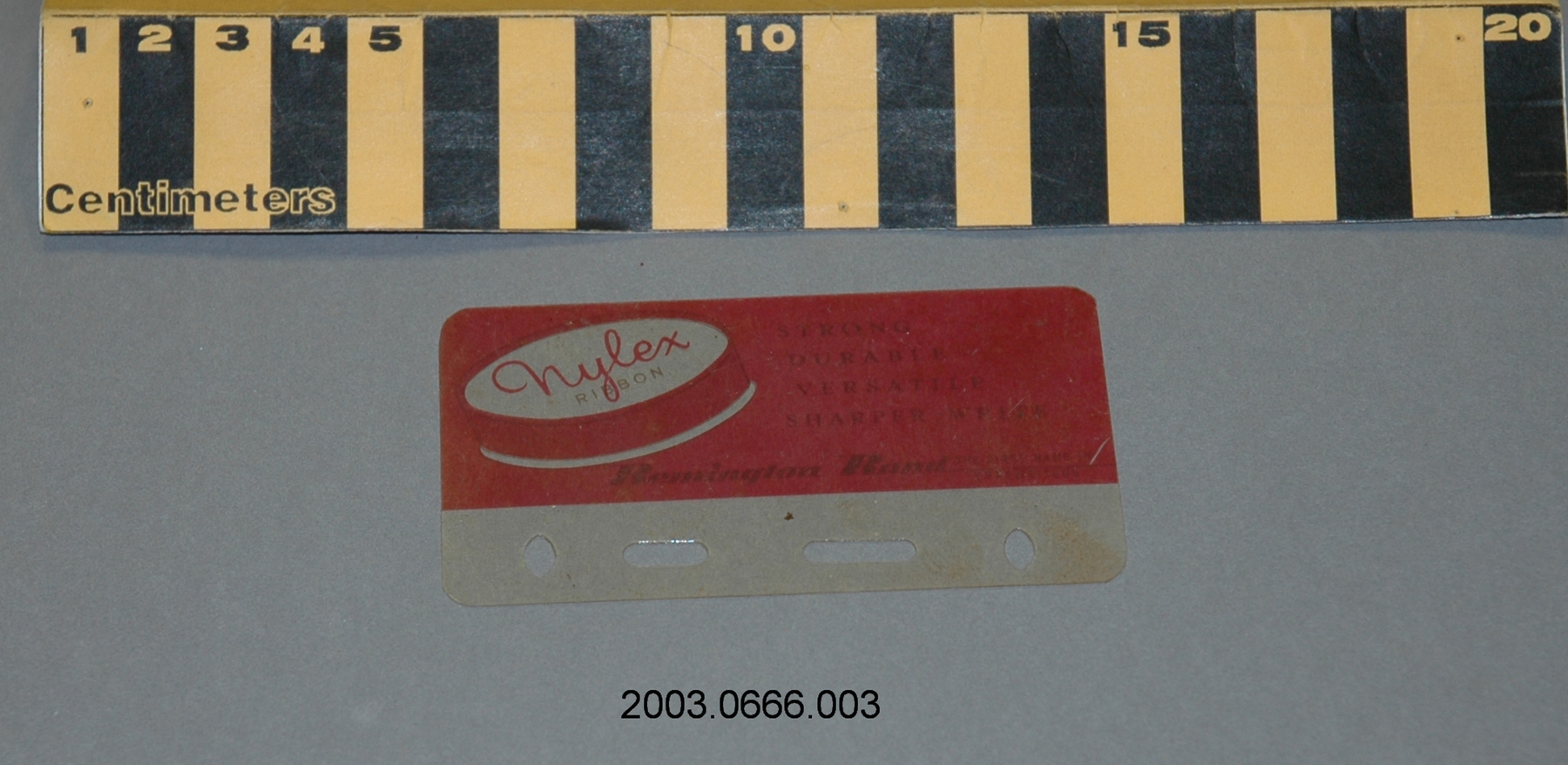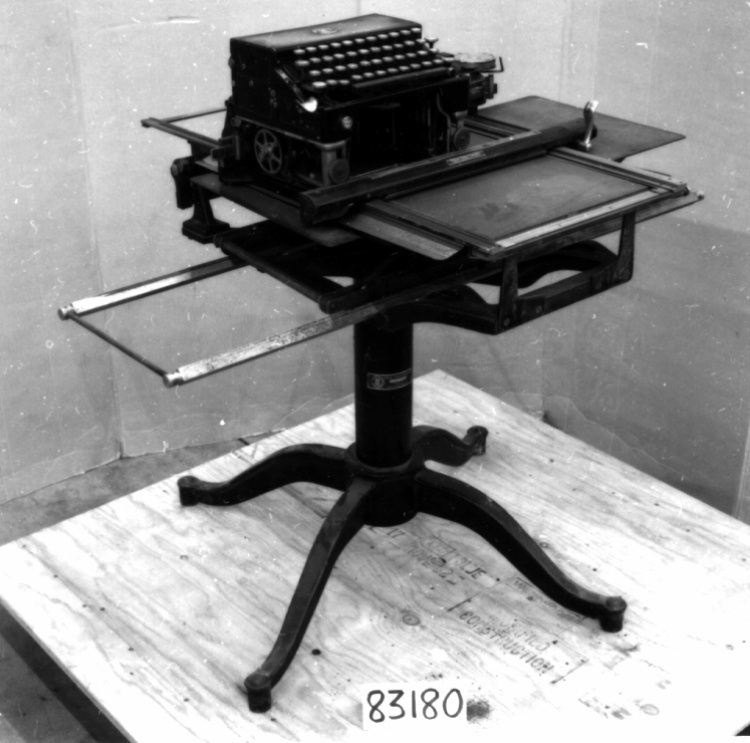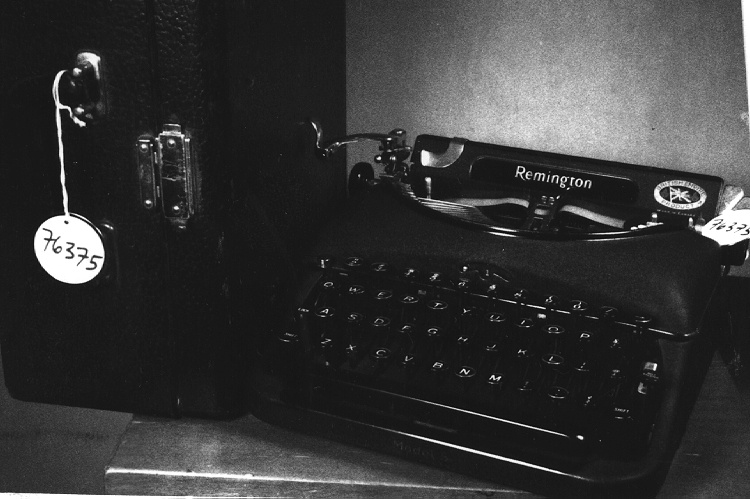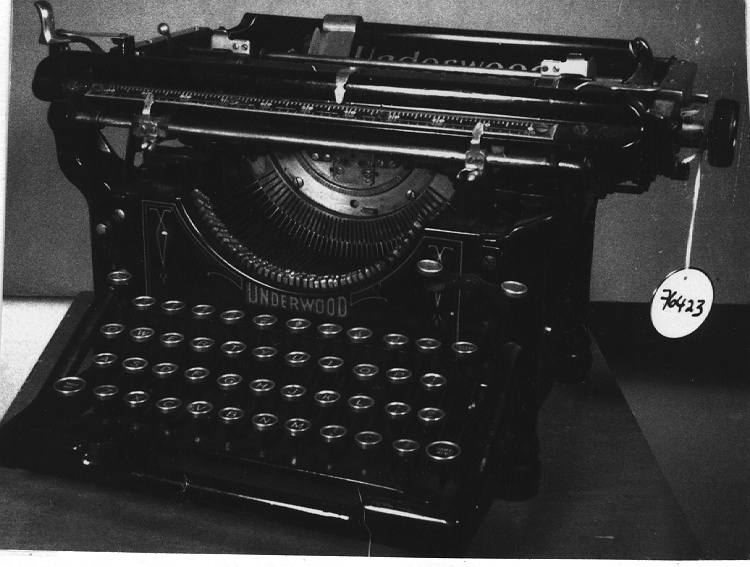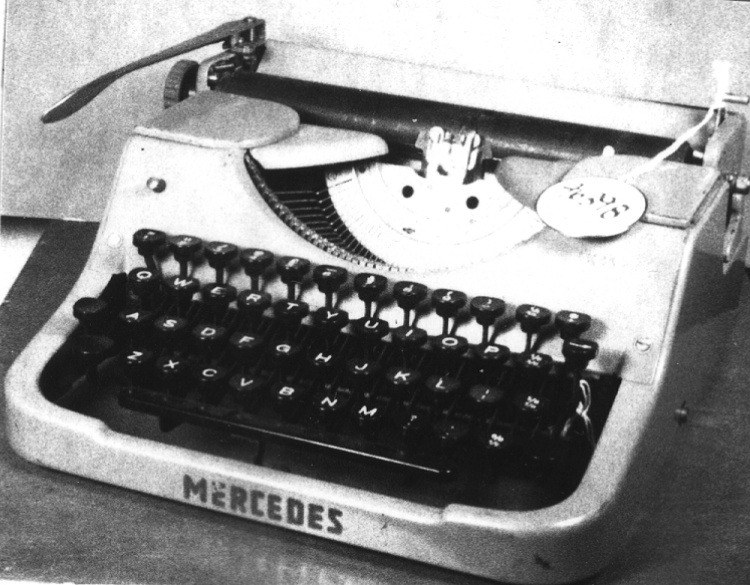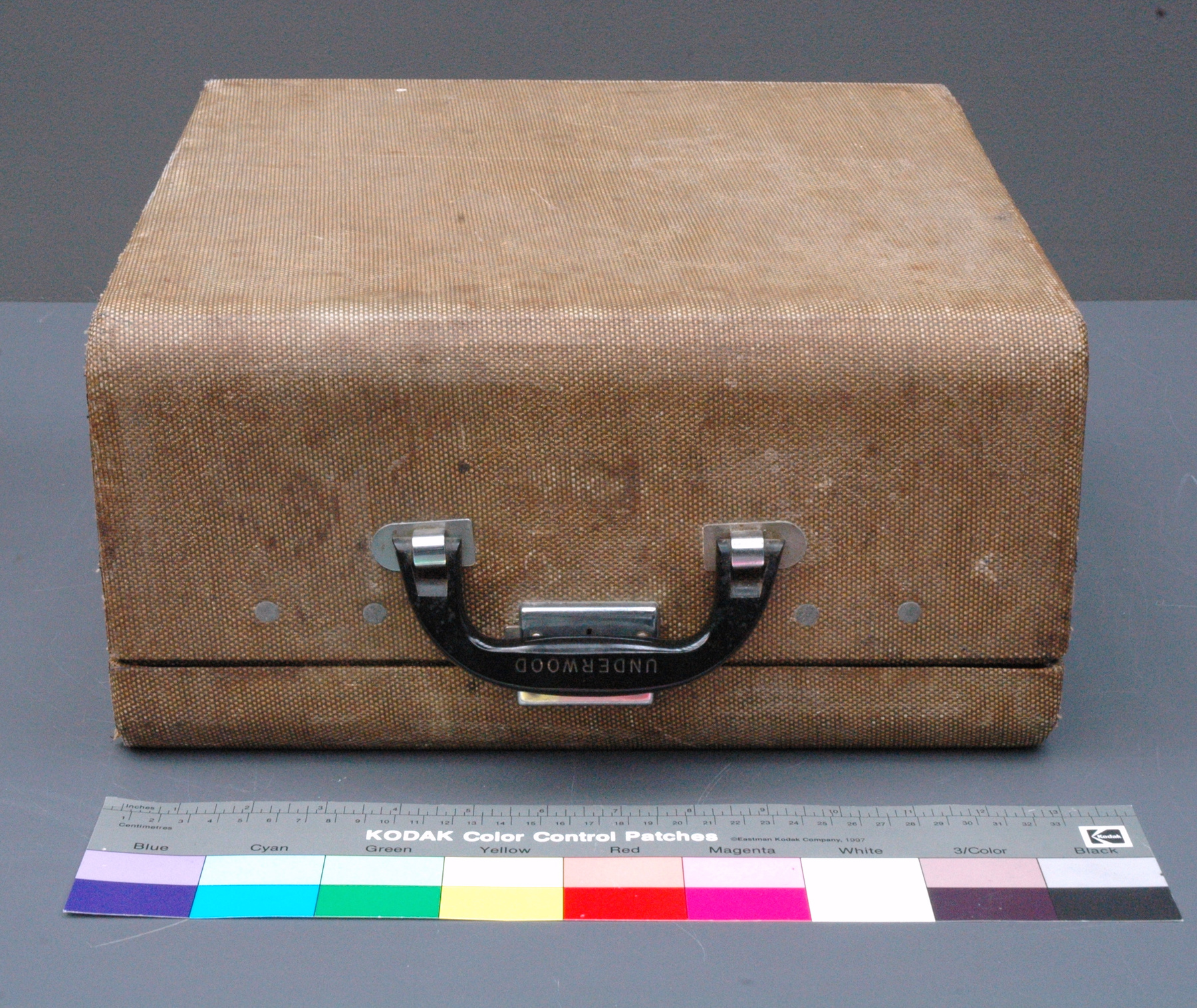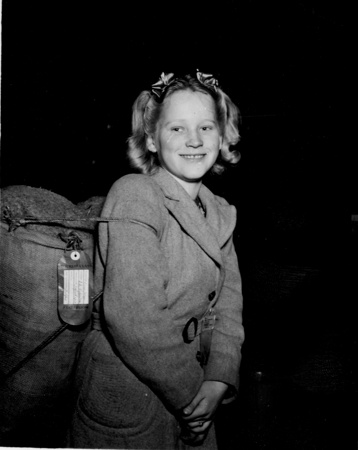Case, storage-carrying
Use this image
Can I reuse this image without permission? Yes
Object images on the Ingenium Collection’s portal have the following Creative Commons license:
Copyright Ingenium / CC BY-NC-ND (Attribution-NonCommercial 4.0 International (CC BY-NC 4.0)
ATTRIBUTE THIS IMAGE
Ingenium,
2012.0086.002
Permalink:
Ingenium is releasing this image under the Creative Commons licensing framework, and encourages downloading and reuse for non-commercial purposes. Please acknowledge Ingenium and cite the artifact number.
DOWNLOAD IMAGEPURCHASE THIS IMAGE
This image is free for non-commercial use.
For commercial use, please consult our Reproduction Fees and contact us to purchase the image.
- OBJECT TYPE
- hard bodied/hinged lid
- DATE
- 1951
- ARTIFACT NUMBER
- 2012.0086.002
- MANUFACTURER
- UNDERWOOD LTD.
- MODEL
- Unknown
- LOCATION
- Toronto, Ontario, Canada
More Information
General Information
- Serial #
- N/A
- Part Number
- 2
- Total Parts
- 2
- AKA
- N/A
- Patents
- N/A
- General Description
- Wood (possibly) body; fabric exterior covering; synthetic (possibly vinyl) interior lining; metal hinges, clasp and handle bracket; synthetic handle and feet
Dimensions
Note: These reflect the general size for storage and are not necessarily representative of the object's true dimensions.
- Length
- 37.0 cm
- Width
- 33.5 cm
- Height
- 18.7 cm
- Thickness
- N/A
- Weight
- N/A
- Diameter
- N/A
- Volume
- N/A
Lexicon
- Group
- Printing
- Category
- Typesetting
- Sub-Category
- N/A
Manufacturer
- AKA
- UNDERWOOD
- Country
- Canada
- State/Province
- Ontario
- City
- Toronto
Context
- Country
- Canada
- State/Province
- Ontario
- Period
- c1950 to 1980s
- Canada
-
This typewriter, which was made in Canada, was purchased by the donor's father c1950 - most likely in Ottawa, but possibly in Montreal. her father had bought it for school as he was beginning studies at Carleton University. The donor, herself, was also a student at Carleton and also used the typewriter to type up her assignments. She noted that she was towards the very end of the generation using this kind of typewriter for school assignments, and her professors even remarked the distinct style of a mechanical typewriter when she submitted her assignments. She noted that many of the other students used electronic typewriters (and eventually early personal computers). While the donor believes that the ribbon currently on the typewriter is unlikely to be the original, she did mention that her father had a tendency to re-ink the ribbons. The Underwood Typewriter Company began in March of 1895 as the Wagner Typewriter Company when typewriter designer Franz Xavier Wagner brought this design to John T. Underwood, who manufactured carbon paper, ribbons, and inks (the company's name would change to the Underwood Typewriter Company within the first few years). In 1926, the company merged with Elliott Fischer to form the Underwood Elliott Fischer Company. In 1945, after having produced over 1.7 million M1 carbine barrels for the War effort, the company became known as the Underwood Corporation. After beginning to collaborate with Olivetti in the late-1950s, Underwood became completely controlled by Olivetti in the 1960s. In 1896, John Joseph Seitz started the Underwood Typewriter Company of Canada in Toronto in order to begin to bring the new technology to Canada. In 1898, Seitz had obtained a three-year contract that would see the company handle fifteen Underwood machines per month - a number that would grow into the thousands by the mid-1950s. By the late 1950s, Underwood Limited had branch offices in 41 major Canadian cities as well as several smaller cities. While it is unclear which cities manufactured typewriters (and hence where exactly this particular typewriter could have been made), it is clear from a c1959 article in the Canadian Register of Commerce and Industry (held by the libraries at the University of Western Ontario) that head offices and the majority of operations were in Toronto, and in the 1920s, large expansions were made in Toronto, including a five-story factory built on Madison Avenue. (Taken from the worksheet) - Function
-
To contain, store, protect, and carry a portable typewriter when not in use. - Technical
-
The Leader was among a generation of Underwood portables produced during the 1940s and 50s. It is a fairly light, front stroke, four bank machine. Being a portable typewriter, the Leader is a very simple and basic model. Unlike some of its contemporaries, Leader does not have touch control, tabulator, or a ribbon selector. It also lacks a number '1' key, though this was not an uncommon space-saving practice for portable typewriters, as the lowercase 'L' could be used as a '1'. Curiously, however, it does have a zero key (where others might use a capital 'O' for a zero). One source notes that, relative to the previous generation of Underwood machines "these are characterized by a more contained shape, with solid top cover, but are not yet radically altered -- although the application of crinkle paint and offsetting flat enamel and chrome elements leads one to think they are. One major difference was that the machines' ribbon spools did not move with the carriage when shifted, as they did on most pre-war models." The first portable typewriter was invented and first produced by George Blickensderfer in the late 1800s. In 1897, Blickensderfer improved upon his first small model (produced in 1893) by placing it in a carrier box or bag, thus making it the first truly portable typewriter. This was further improved upon a few years later with the use of a lightweight aluminum frame. Portable typewriters, which have fewer parts, fewer keys, and smaller and lighter frames than standard typewriters, became quite common and popular as of the 1910s and 1920s. (Taken from the worksheet) - Area Notes
-
Unknown
Details
- Markings
- "UNDERWOOD" applied to both sides of the handle.
- Missing
- Appears complete
- Finish
- Coated cloth covering the exterior, yellow and brown colour. Inside coated in grey synthetic material.
- Decoration
- N/A
CITE THIS OBJECT
If you choose to share our information about this collection object, please cite:
UNDERWOOD LTD., Case, storage-carrying, circa 1951, Artifact no. 2012.0086, Ingenium – Canada’s Museums of Science and Innovation, http://collections.ingeniumcanada.org/en/id/2012.0086.002/
FEEDBACK
Submit a question or comment about this artifact.
More Like This
